
The gardens of British Columbia have always been a sanctuary for me. Their vivid blooms, winding paths, and quiet vitality offer more than beauty—they embody transformation, resilience, and growth. During one of my walks, I found myself imagining these gardens as homes to mythical creatures—fairies, in particular. But this wasn’t just a whimsical thought. It was deeply personal. The idea of the fairy wasn’t just about fantasy; it became a metaphor for reclaiming identity, reshaping narratives, and finding pride in what was once used to diminish us.
Growing up queer, the word fairy was flung at me more times than I can count. It was a slur meant to shame, to isolate, to render me small. But words have power beyond their intent, and as I matured, I realized that fairy also held a kind of magic—a lightness, a creativity, an ethereal quality that aligned more with strength than shame. This project was about reclaiming that word, reappropriating it as a symbol of self-acceptance, joy, and freedom. As I walked through the gardens, I saw parallels between their growth and the journey of identity. Gardens aren’t static; they are shaped by their environment—the soil, the sunlight, the care they receive. In much the same way, we are shaped by the environments we inhabit. Sometimes we thrive, and sometimes we must adapt to harsh conditions, but in every stage, there is growth. The fairy, for me, became a powerful symbol of this process. Fairies, in folklore, live on the edges of society, unbound by its rules and restrictions. They are playful yet strong, imaginative yet resilient. In this project, I embodied the fairy not just as a character but as a statement. The imagery of a queer man proudly embracing the term fairy speaks to the magic of taking back what was meant to harm and turning it into something empowering.
Through this collection, I sought to highlight how nature—and the environments we find ourselves in—shape our identities. The garden became a metaphor for this idea. Just as plants grow in response to their surroundings, we, too, are influenced by the spaces we inhabit. Some environments nurture us, while others force us to adapt and build resilience. In either case, we carry the imprint of those places within us, just as we leave traces of ourselves behind. The fairy in this collection is not just a figure of fantasy but a storyteller. Each piece reflects a tale of self-discovery and transformation. Animals like the deer and elephant, woven into the designs, symbolize grace, strength, and enduring wisdom—qualities that often emerge in our journey toward self-acceptance. In the photography that anchors this project, I step into the role of the fairy myself. Wearing wings, I feel the weight of history and the lightness of freedom. The act of embodying this symbol is as much about personal catharsis as it is about sparking dialogue. What does it mean to be called a fairy? What does it mean to reclaim that word? And how does our environment shape the way we answer those questions?
The work also invites viewers into their own metaphorical gardens. It’s an invitation to reflect on how the world around them has influenced their identity and how they might cultivate spaces for growth, authenticity, and pride. Reclaiming fairy wasn’t just about me—it was about creating a space where others could find their own magic in the term. This project turned something once used to diminish into a symbol of beauty and empowerment. In the same way, the gardens that inspired it remind us that even in the most challenging environments, there’s always the potential for something beautiful to grow.


Le Tricolore Sold/Vendu

Sold/Vendu
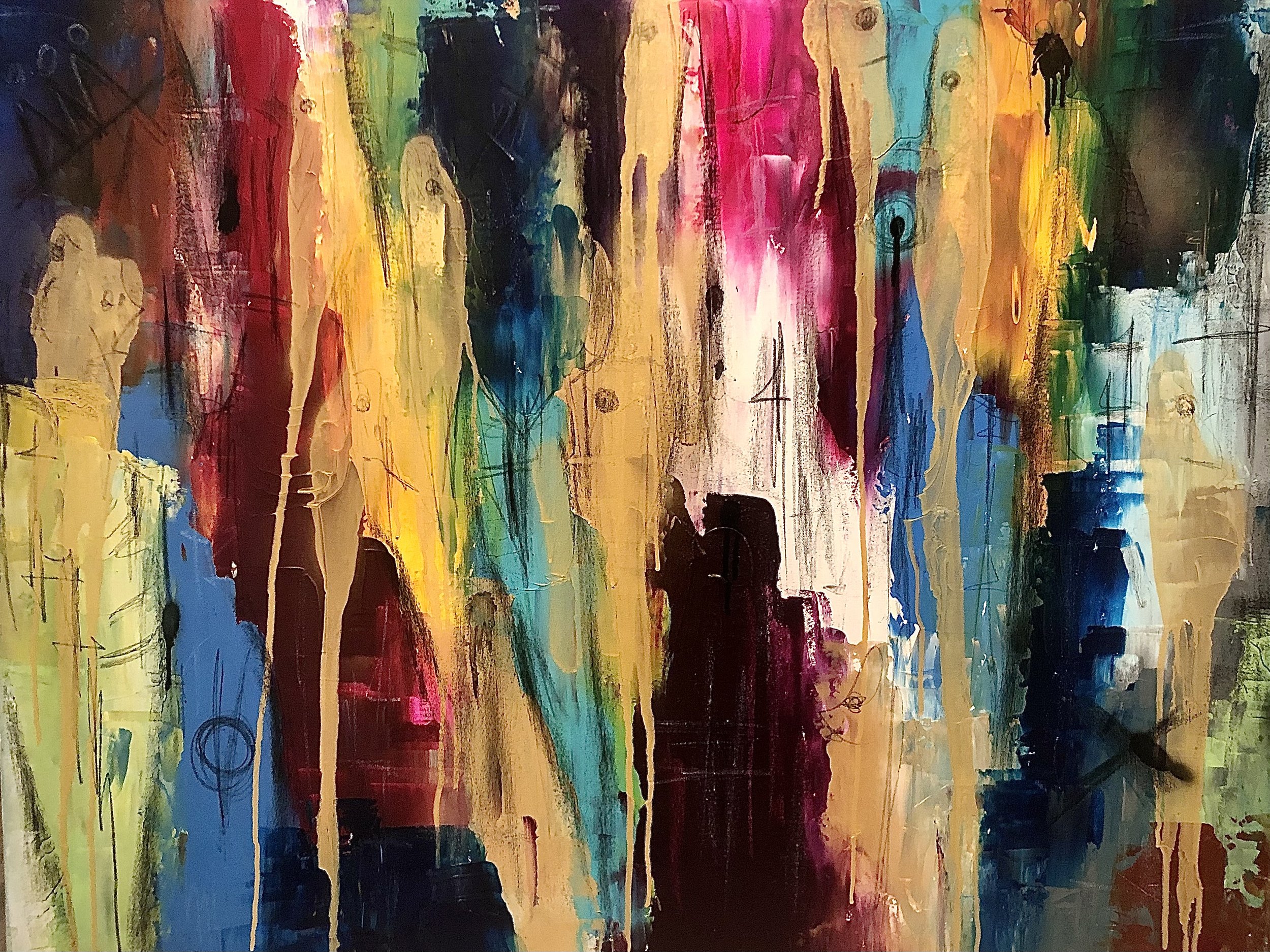
Sold/Vendu
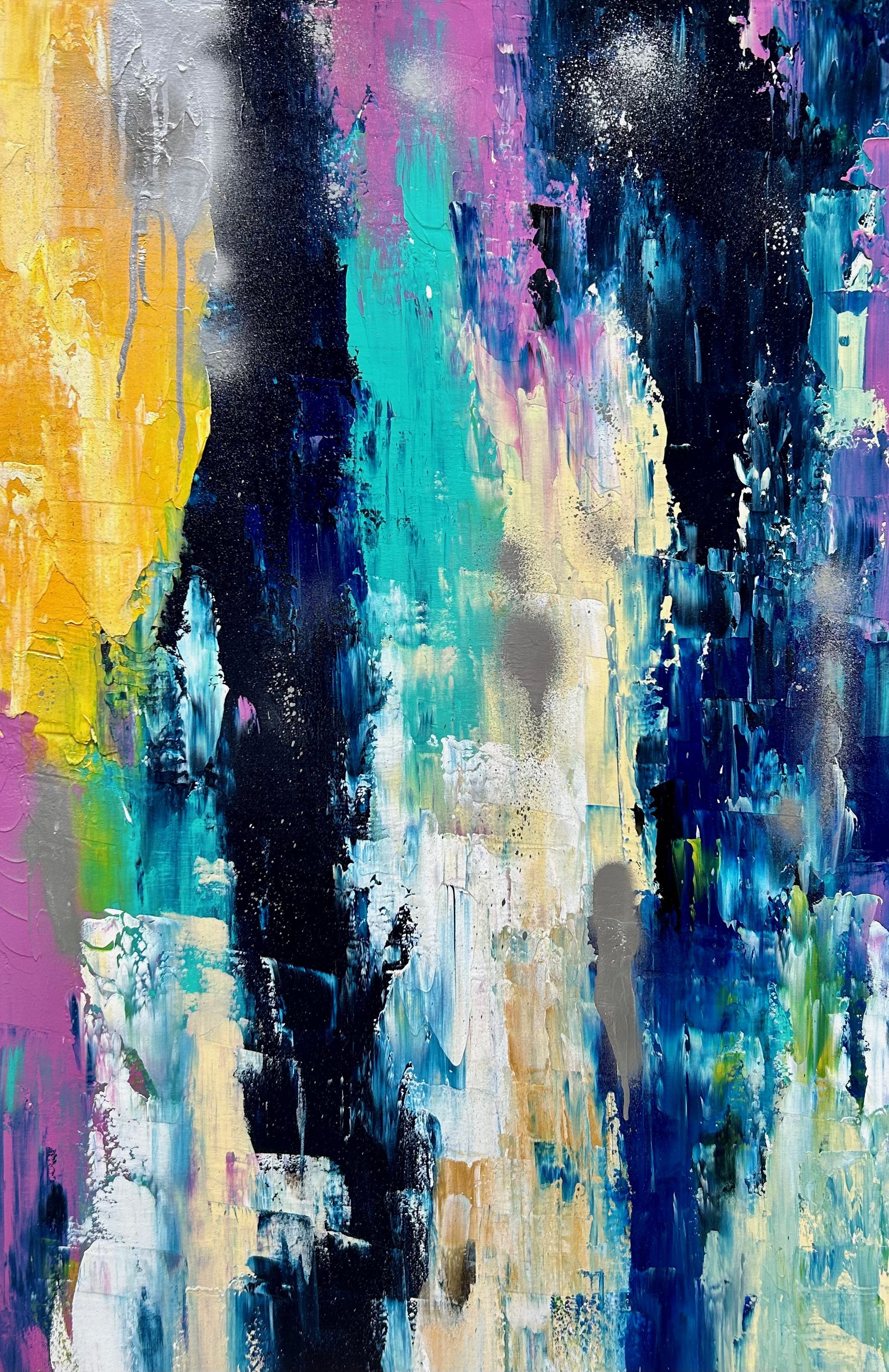
My Second Half Sold/Vendu

Flying Fairies SOLD - VENDU
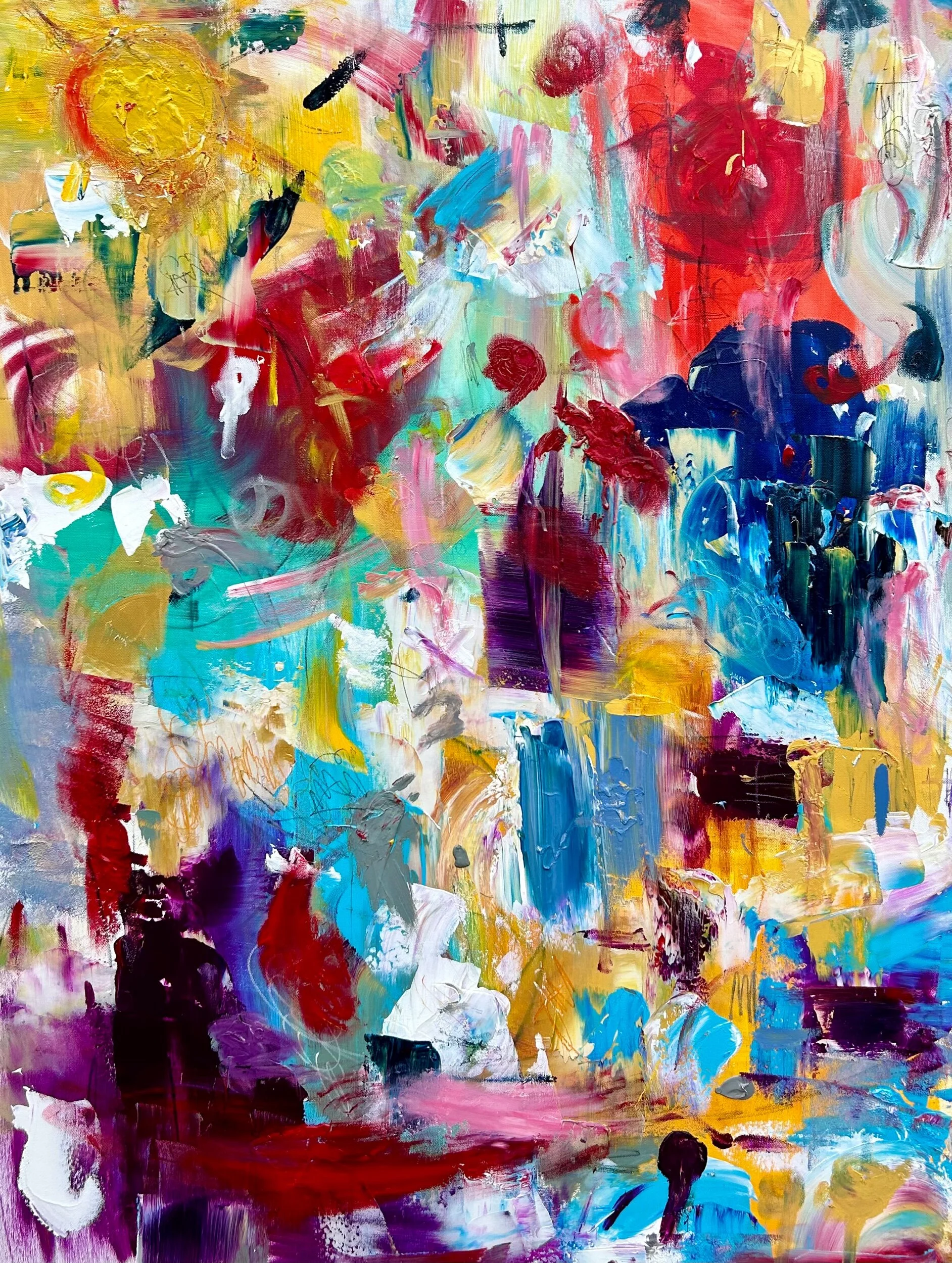
Le Jardin de Roses 36X48 SOLD - VENDU

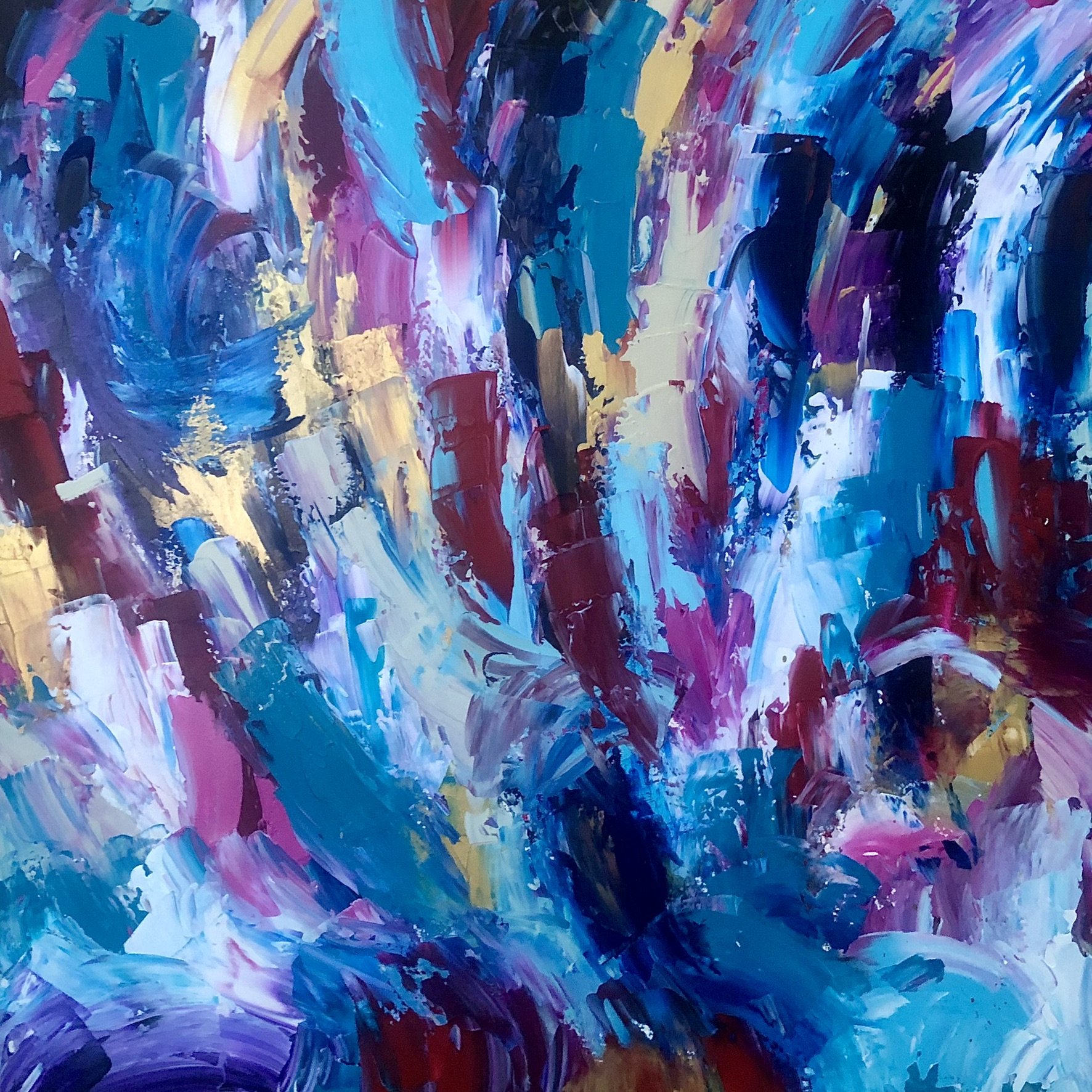
Vibrant 36X36

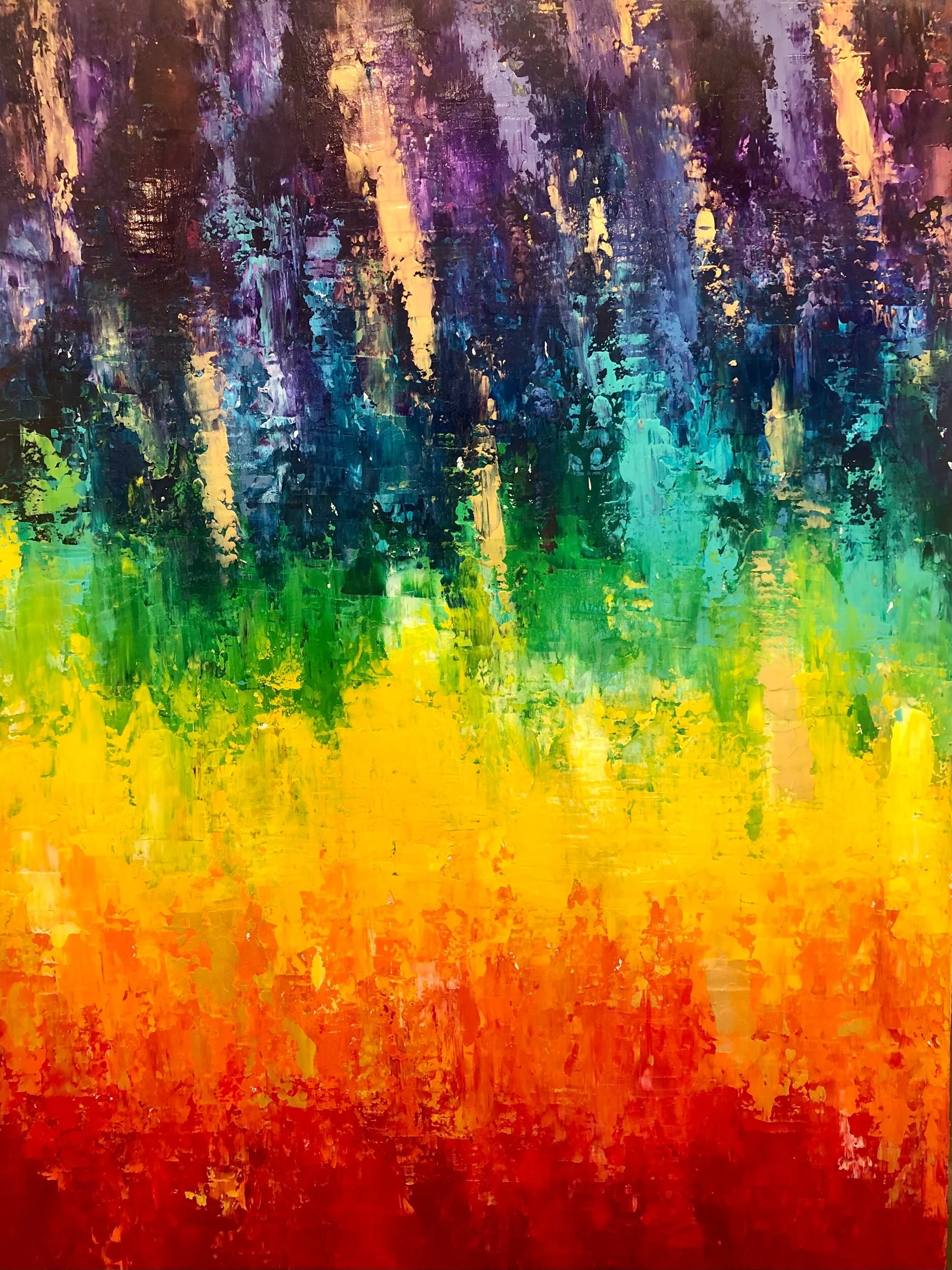
Sold/Vendu
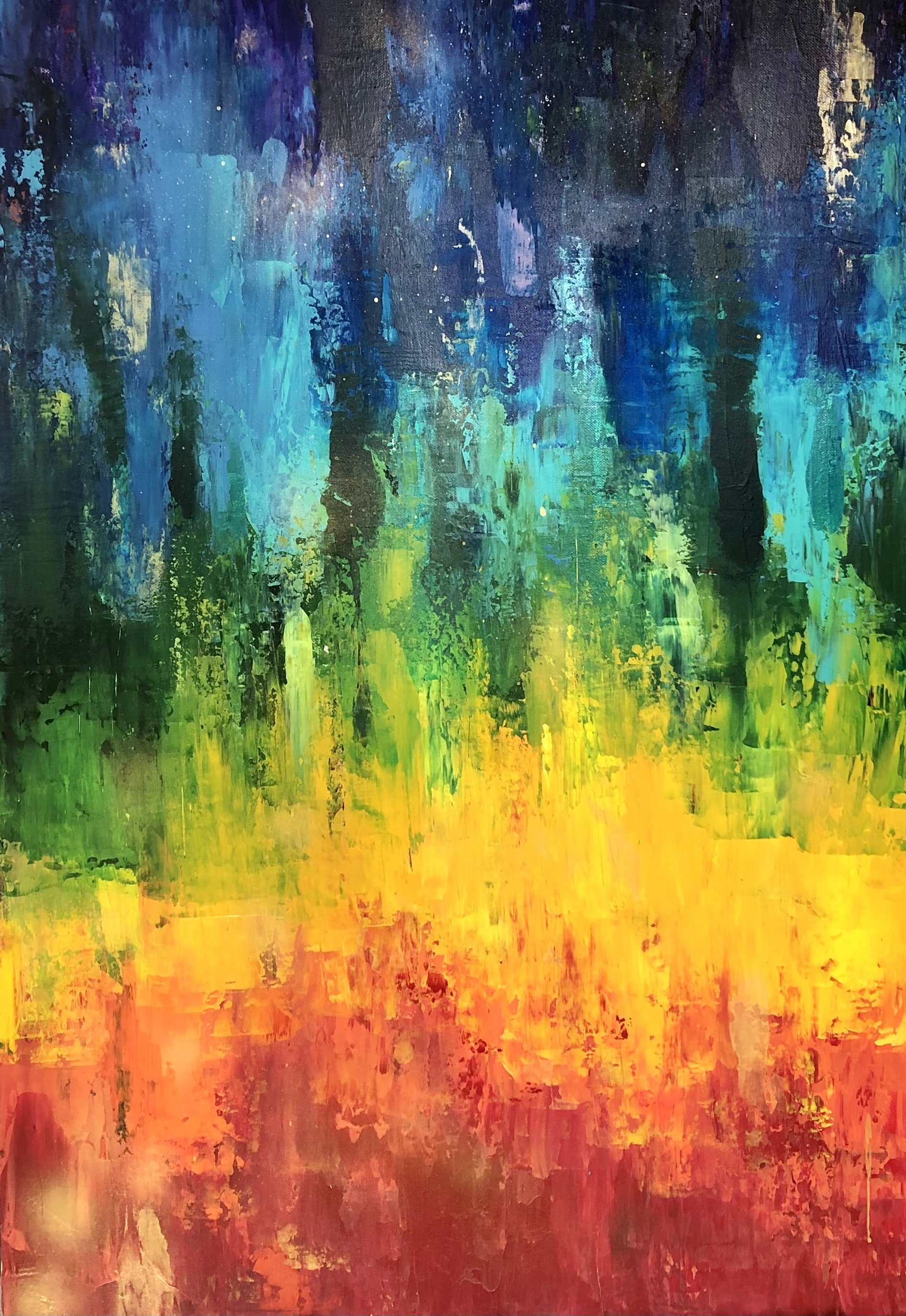
Sold/Vendu
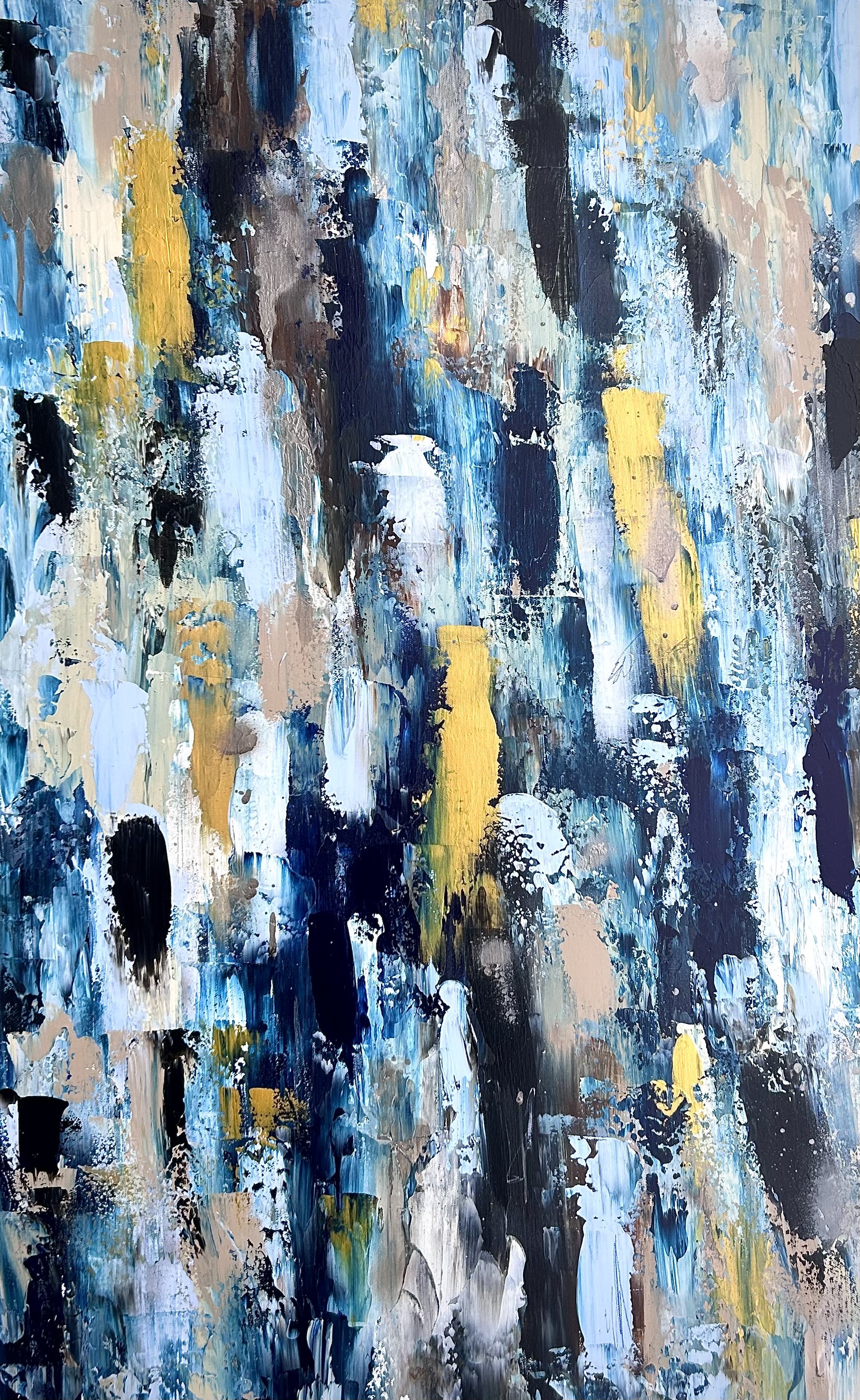

Art is my Escape 30X30 SOLD - VENDU

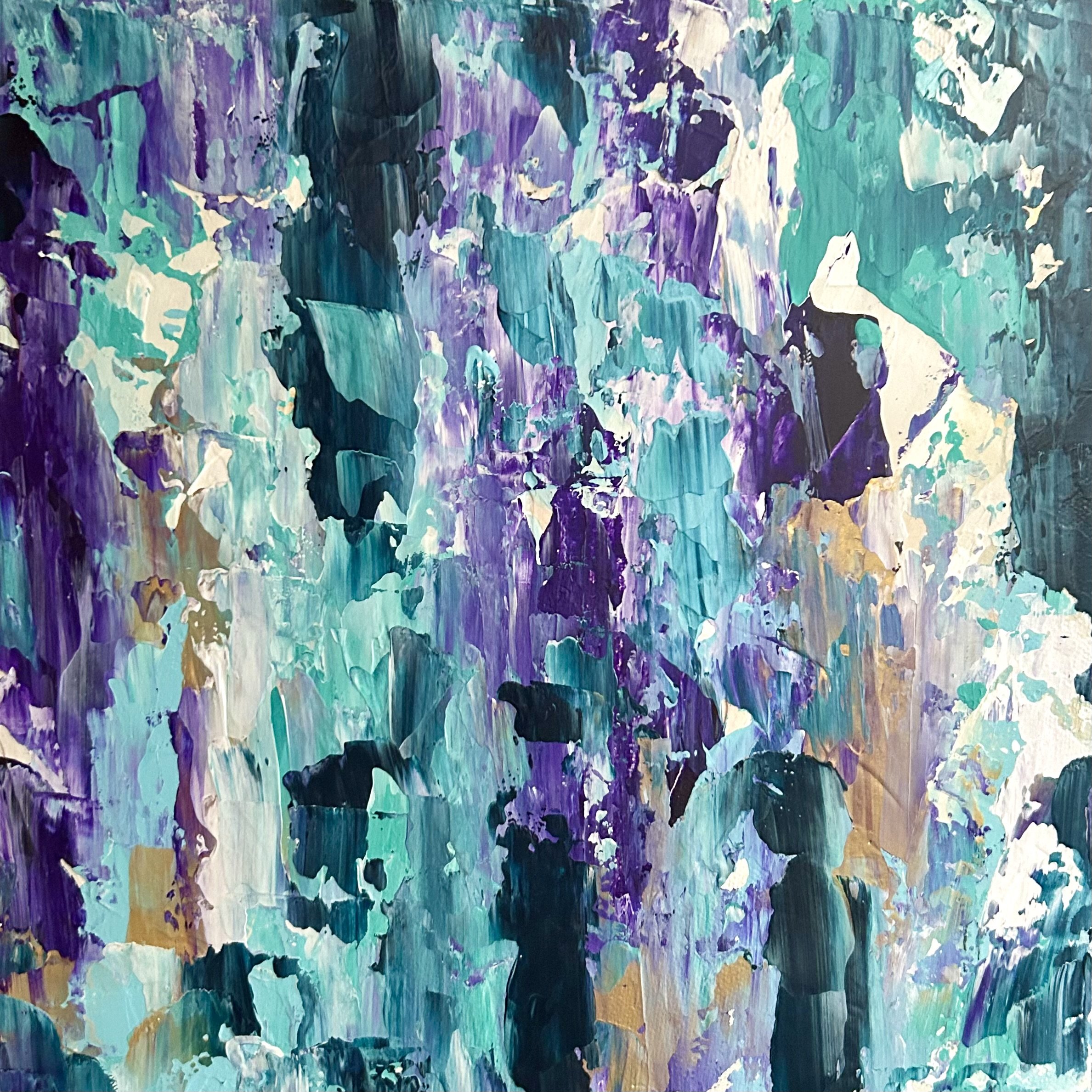
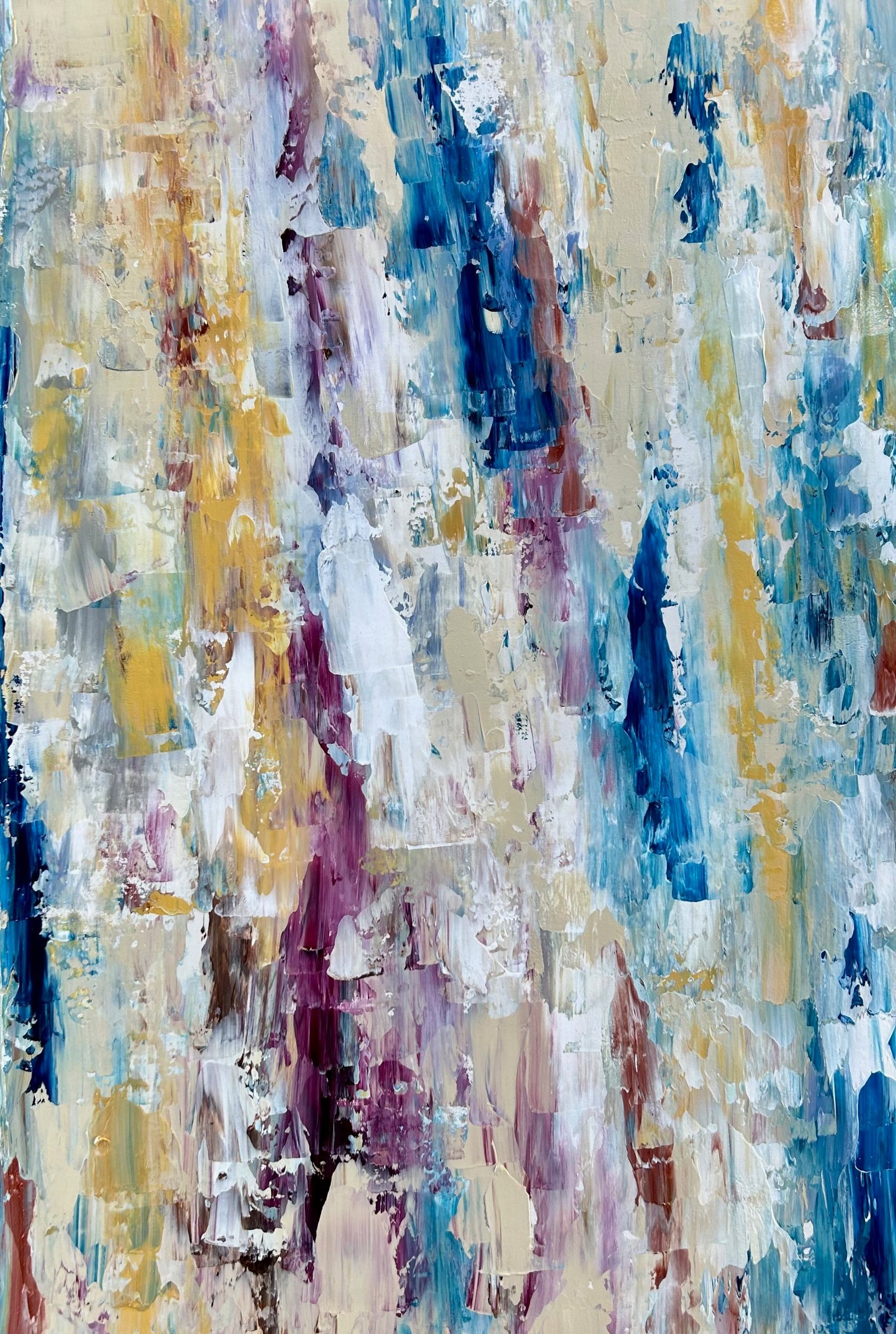
Le Vent Nous Emmène Parfois Dans D'autres Directions 24X36 Sold/Vendu

Les Matins à Mont-Royal 36X24

Magie Hivernale 22X28
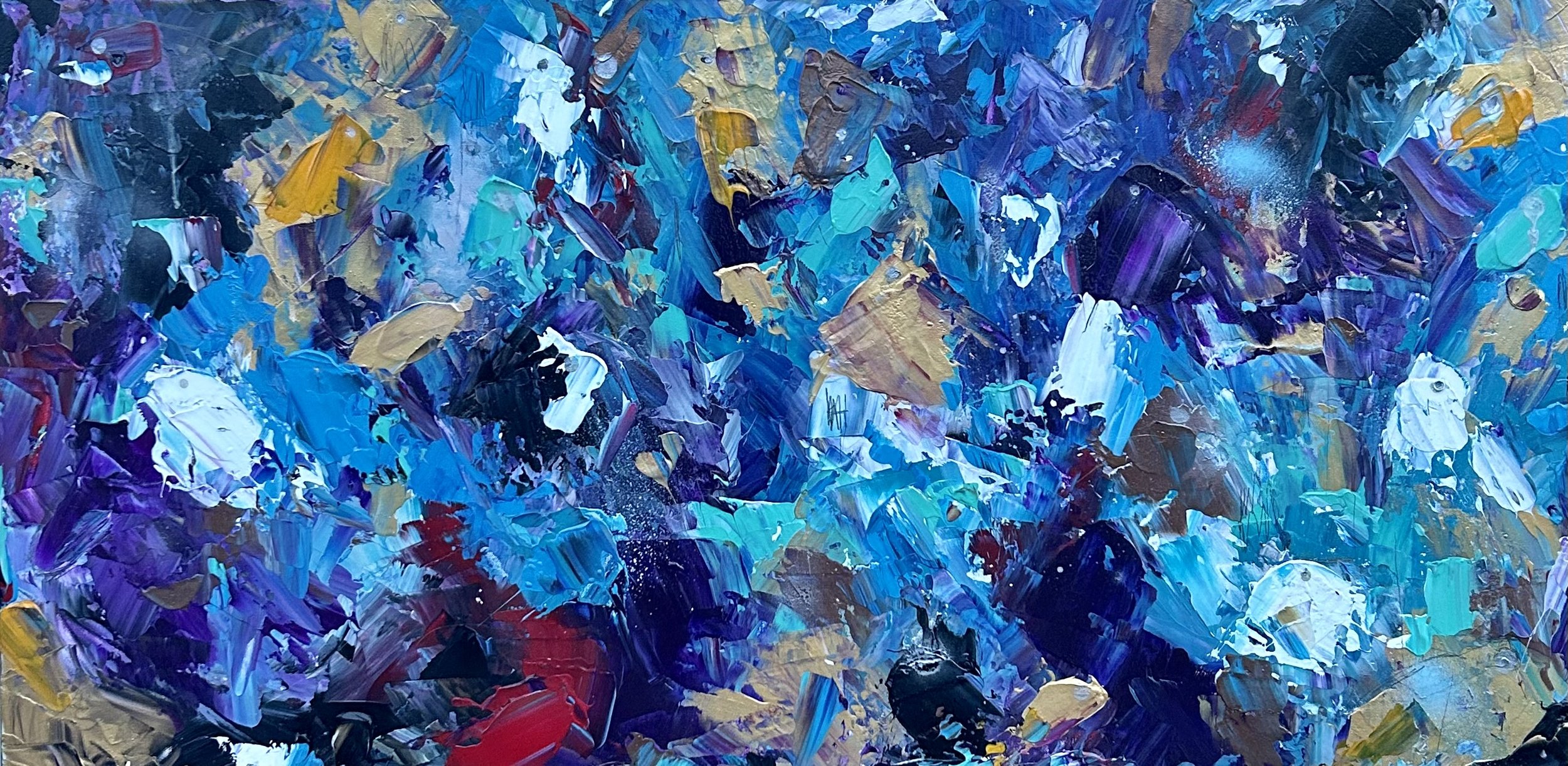
Vendu/Sold
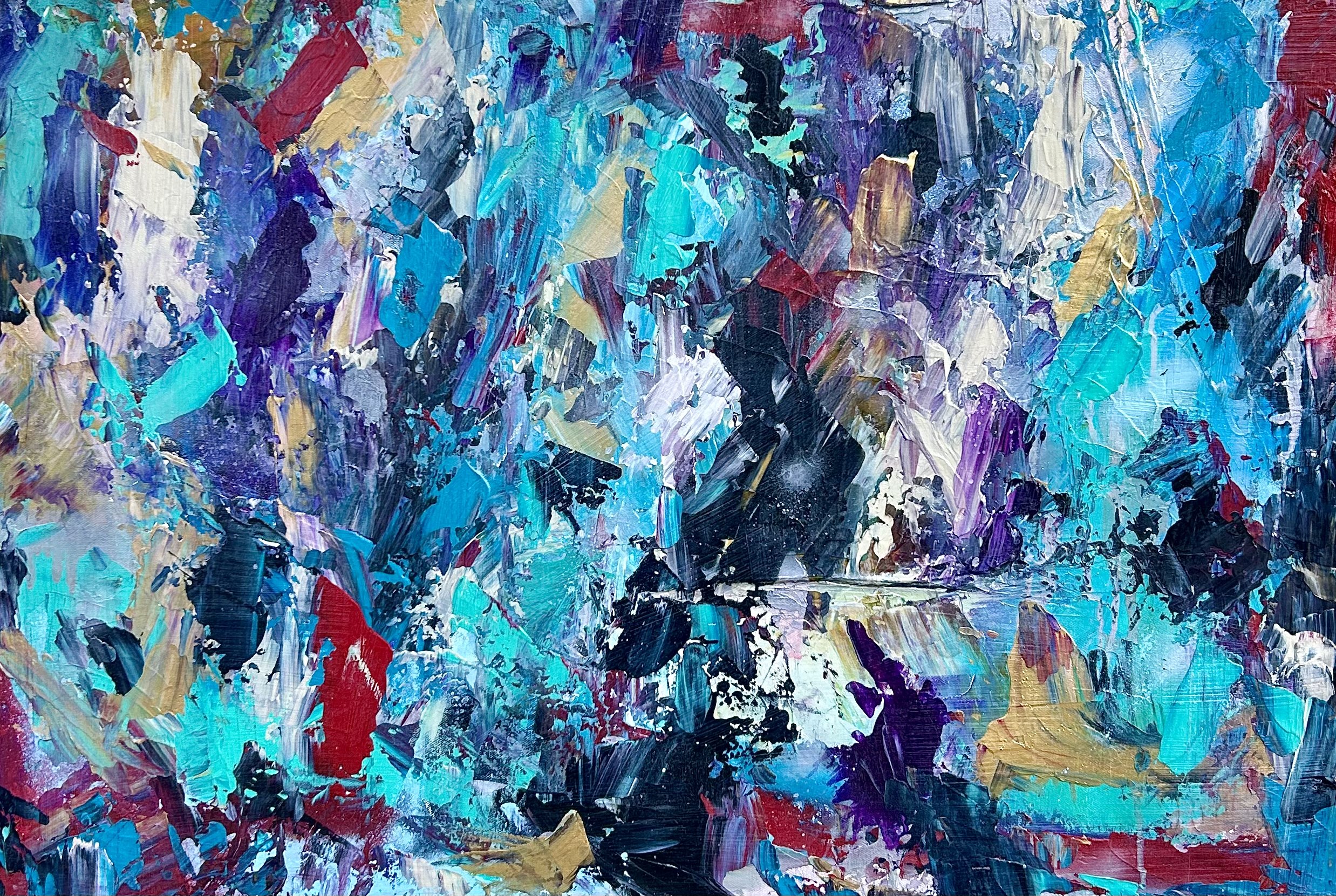

September Garden 24X24

Couleurs Printanières 24X24 SOLD - VENDU

Radiant Joy 36X48

Shakespeare Garden 48X36 Sold/Vendu

SOLD - VENDU
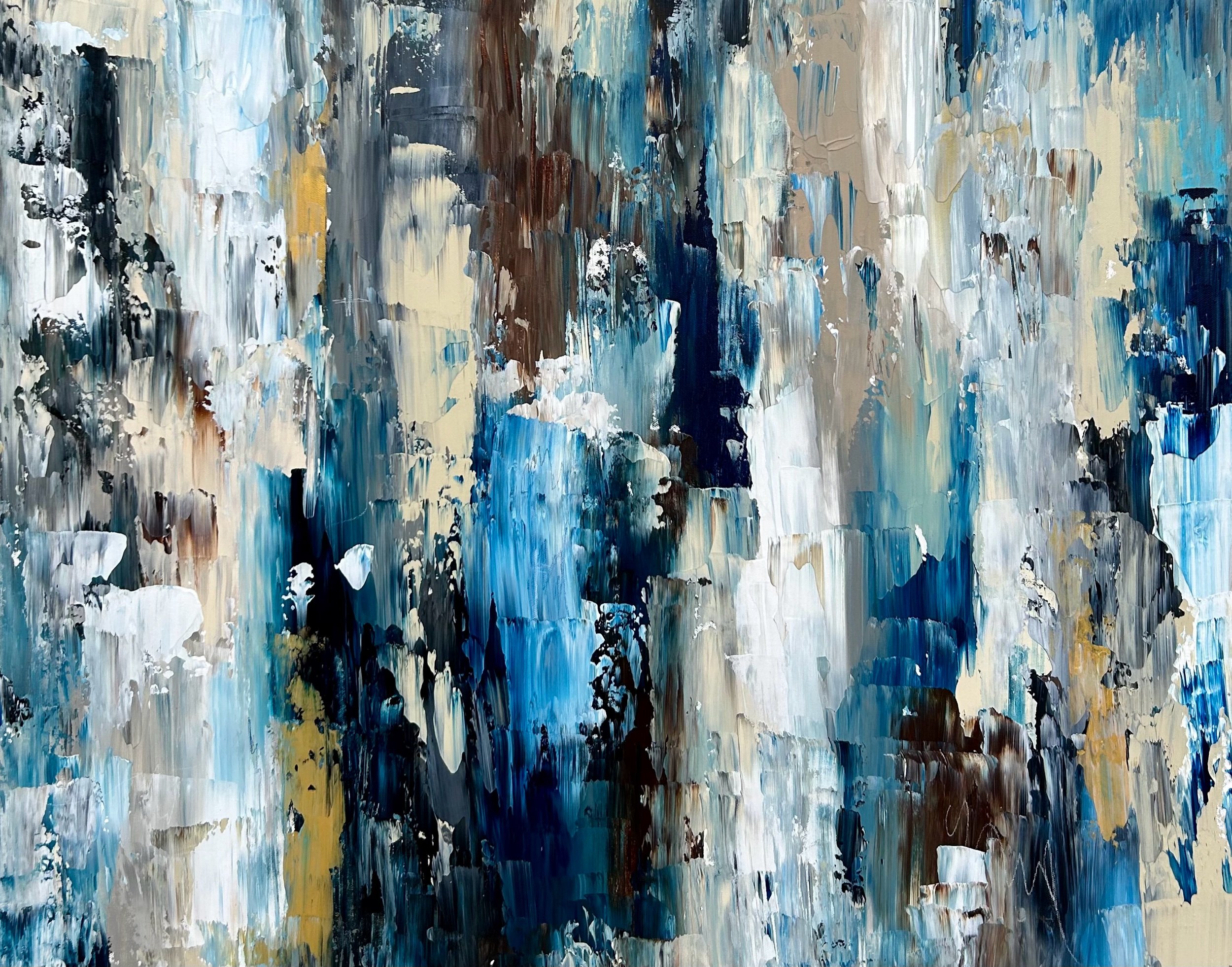
Ma Muse 30X24
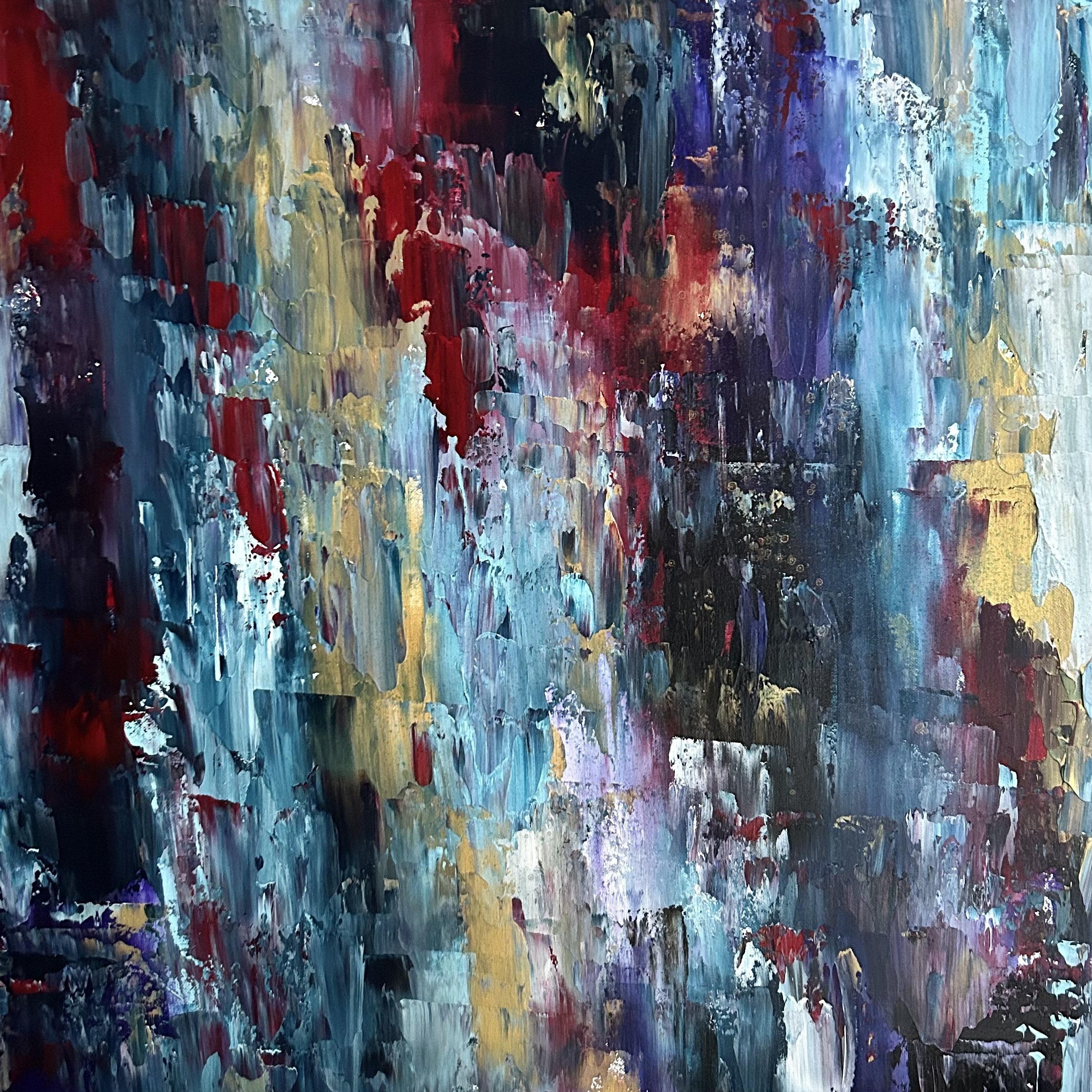

Aphrodite 30X40
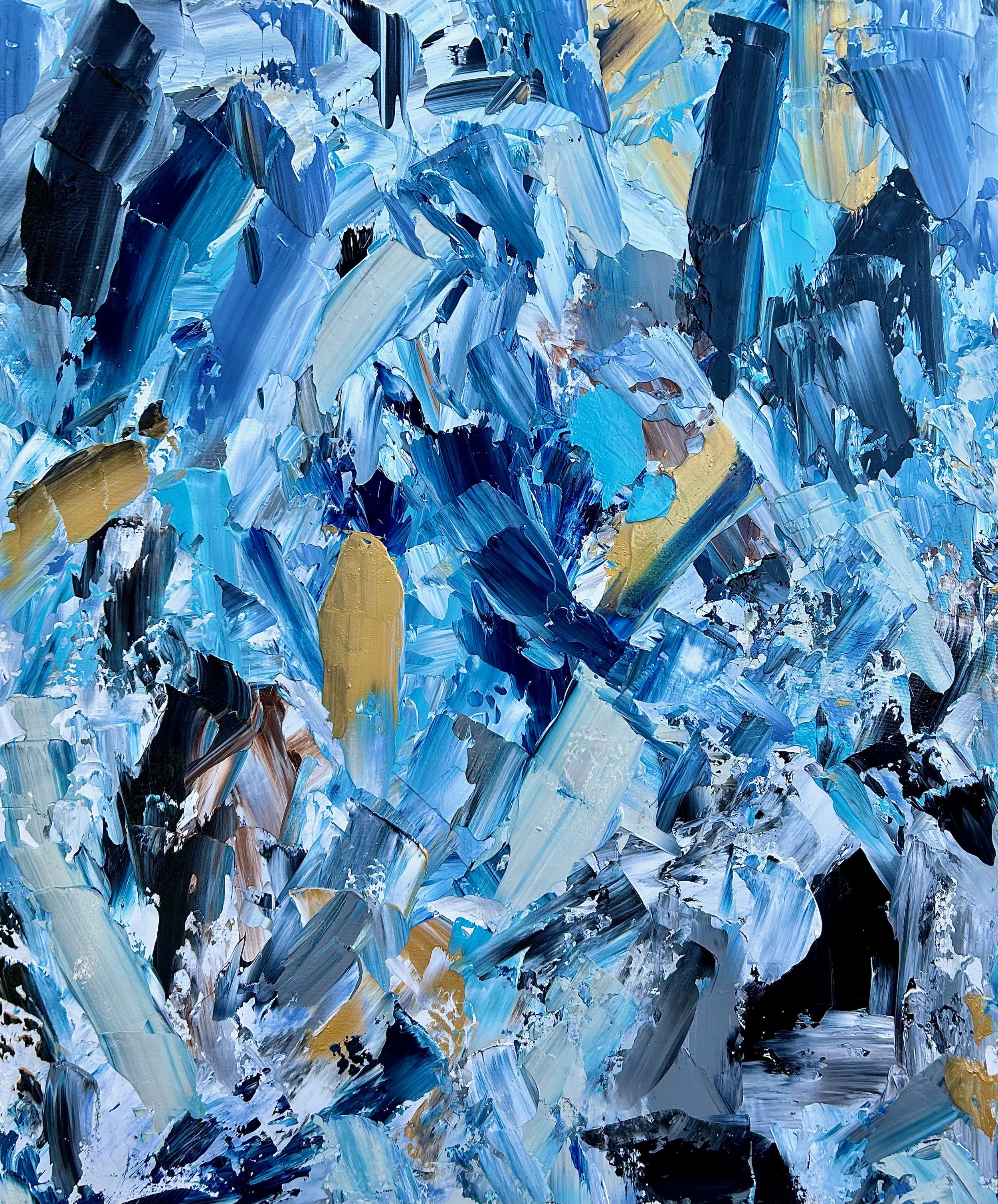
Éclats 30X36

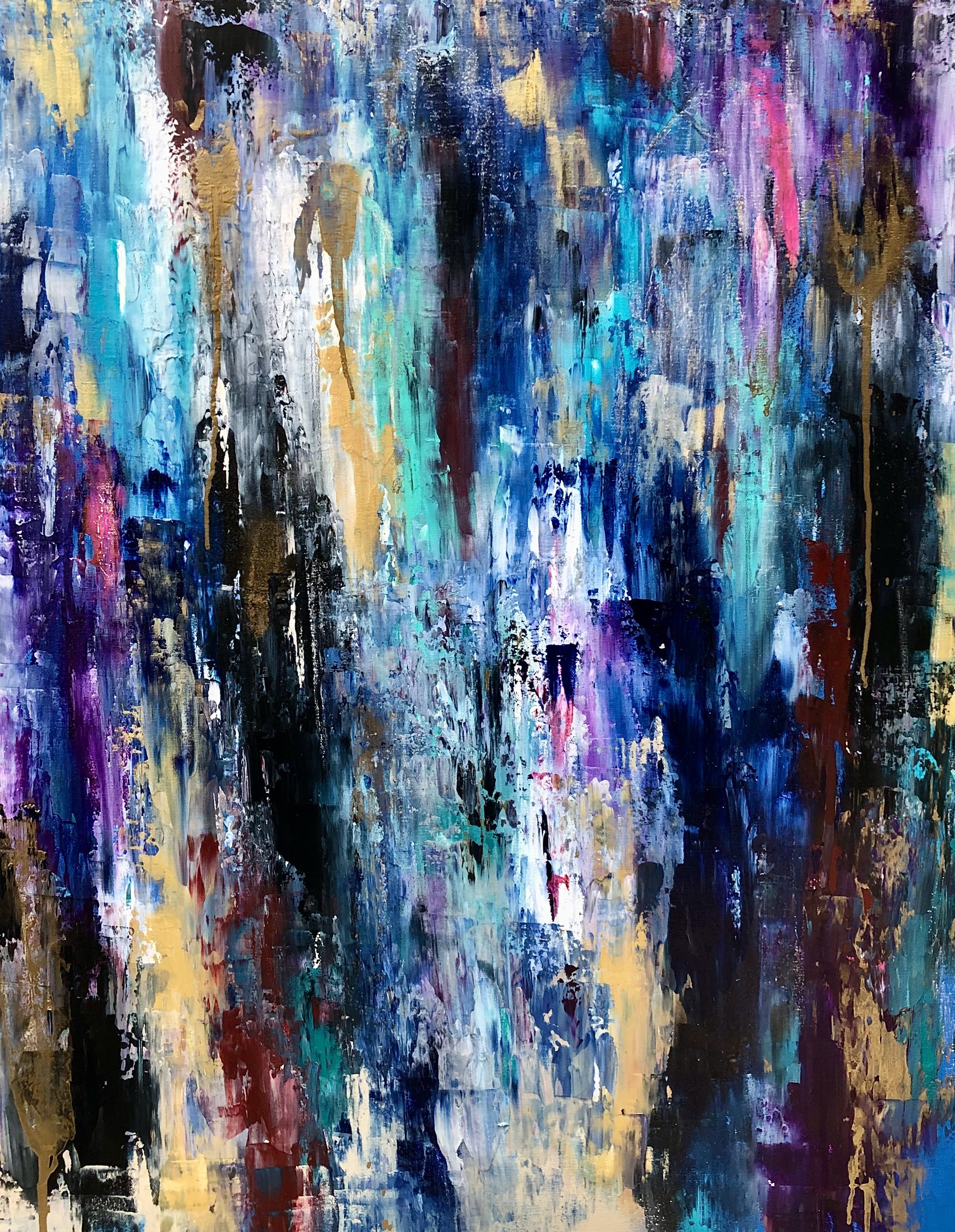

Sold/Vendu
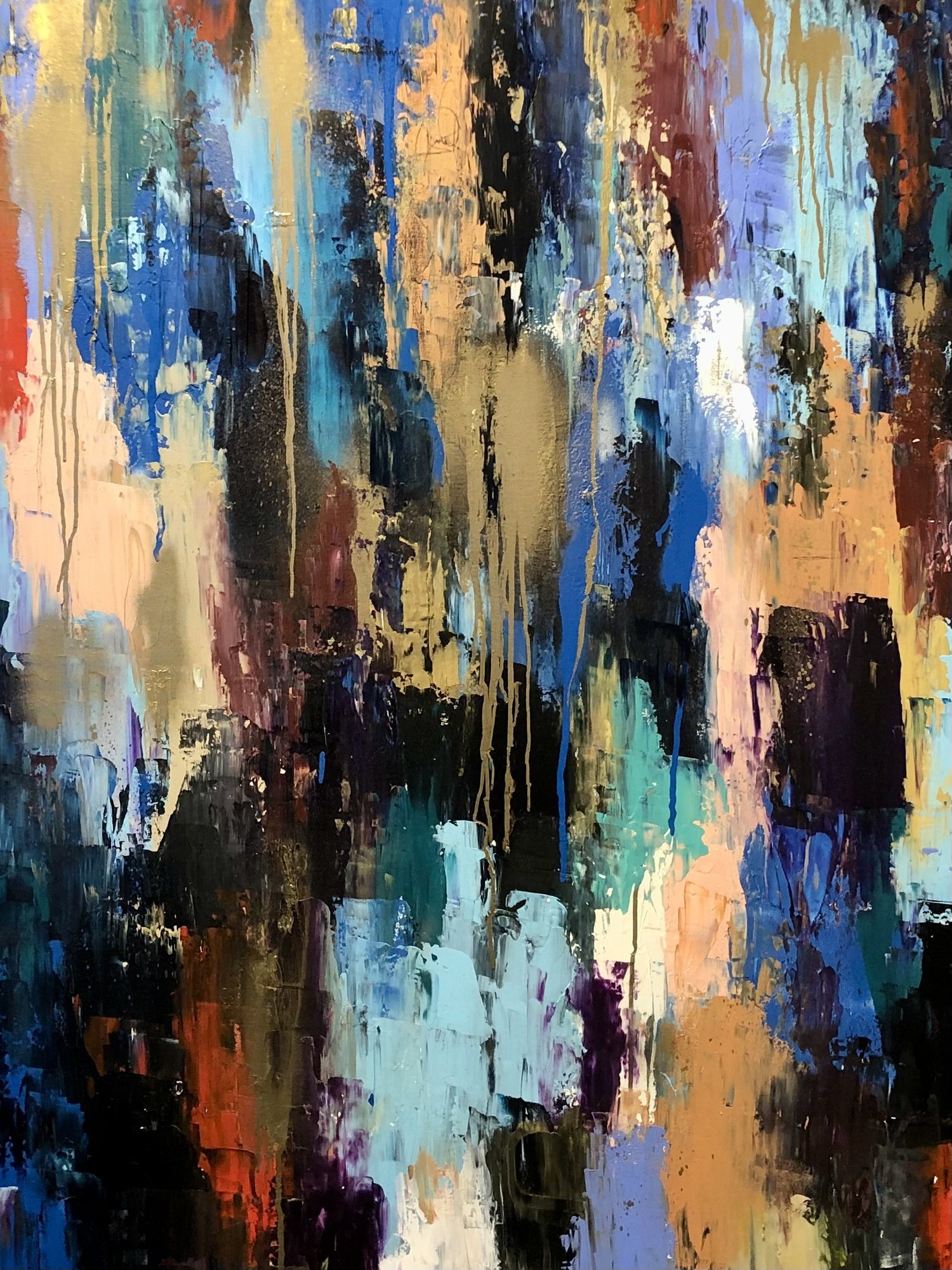
Renouveau 36X48

Sold /Vendu
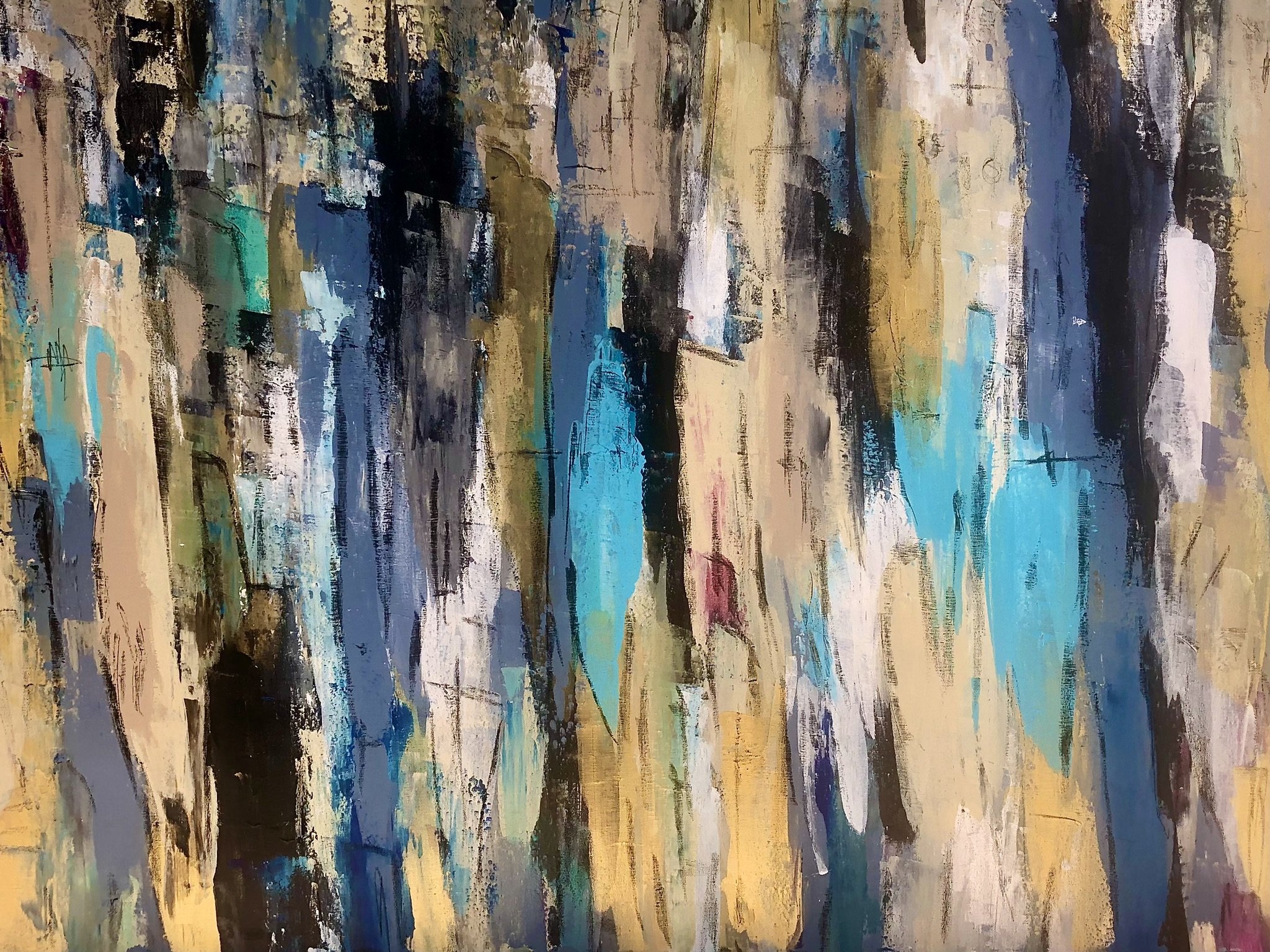
Le Dialogue aide à Mieux nous comprendre 48X36

Sold/Vendu
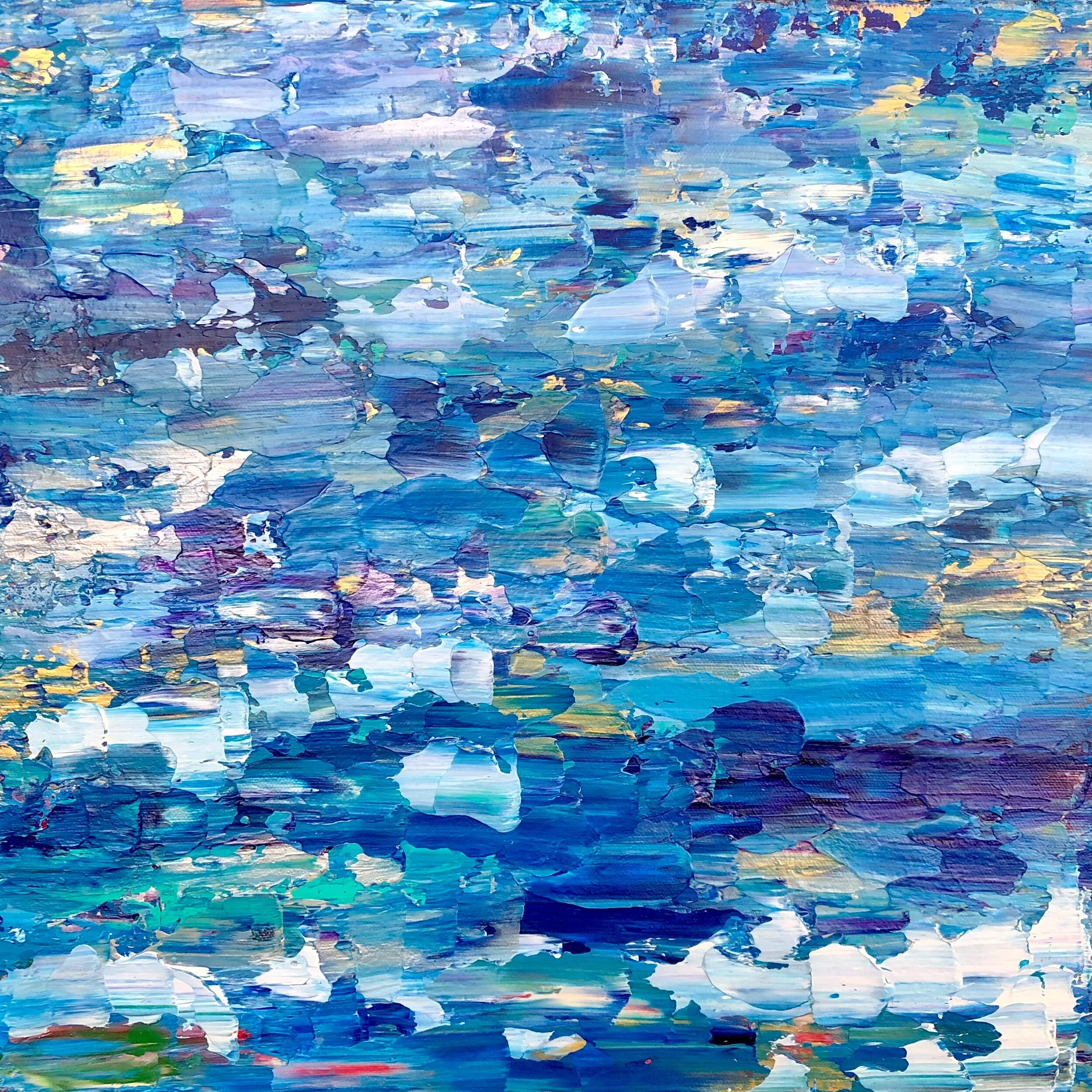
Sold/Vendu
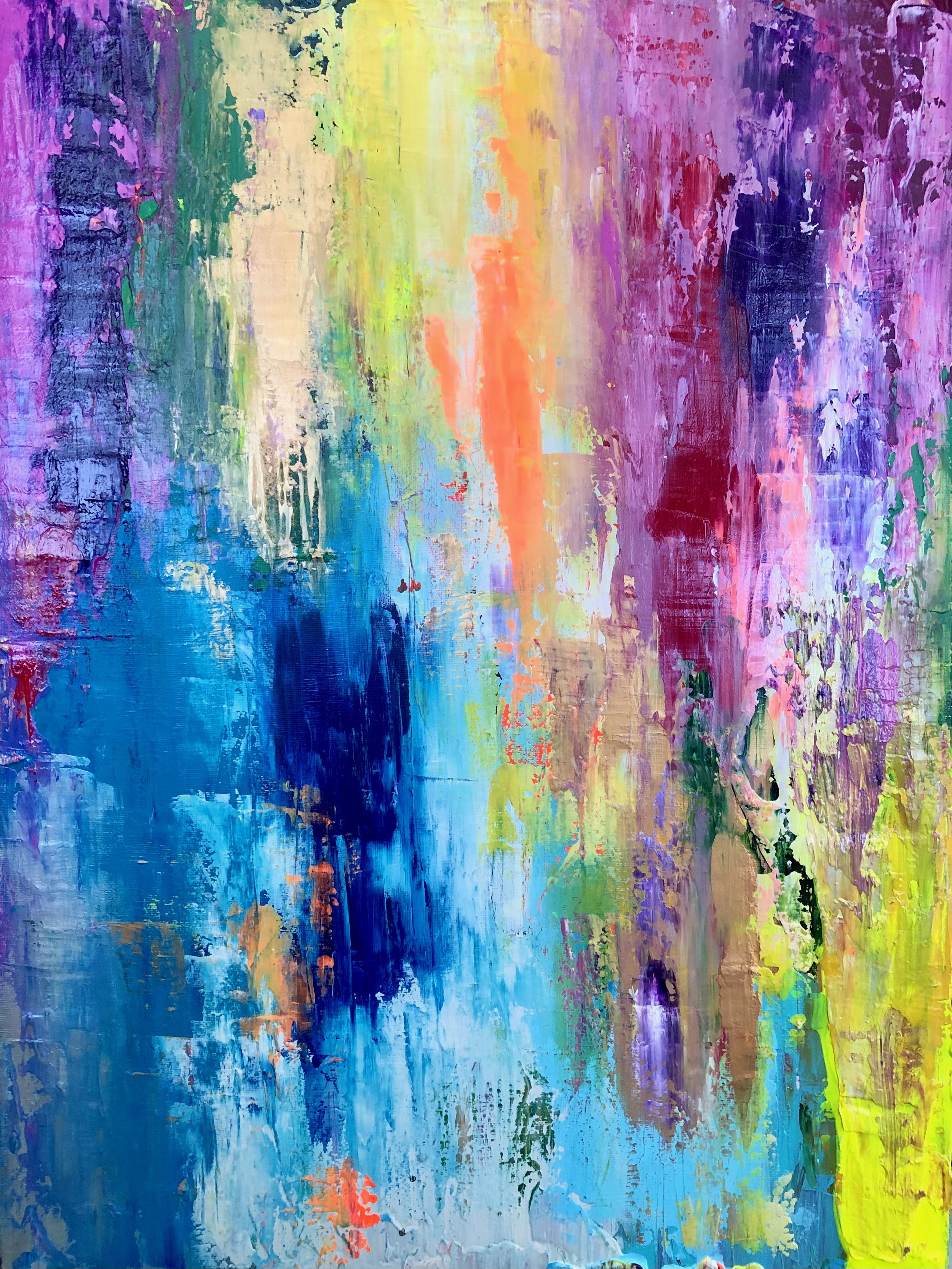
Sold/Vendu
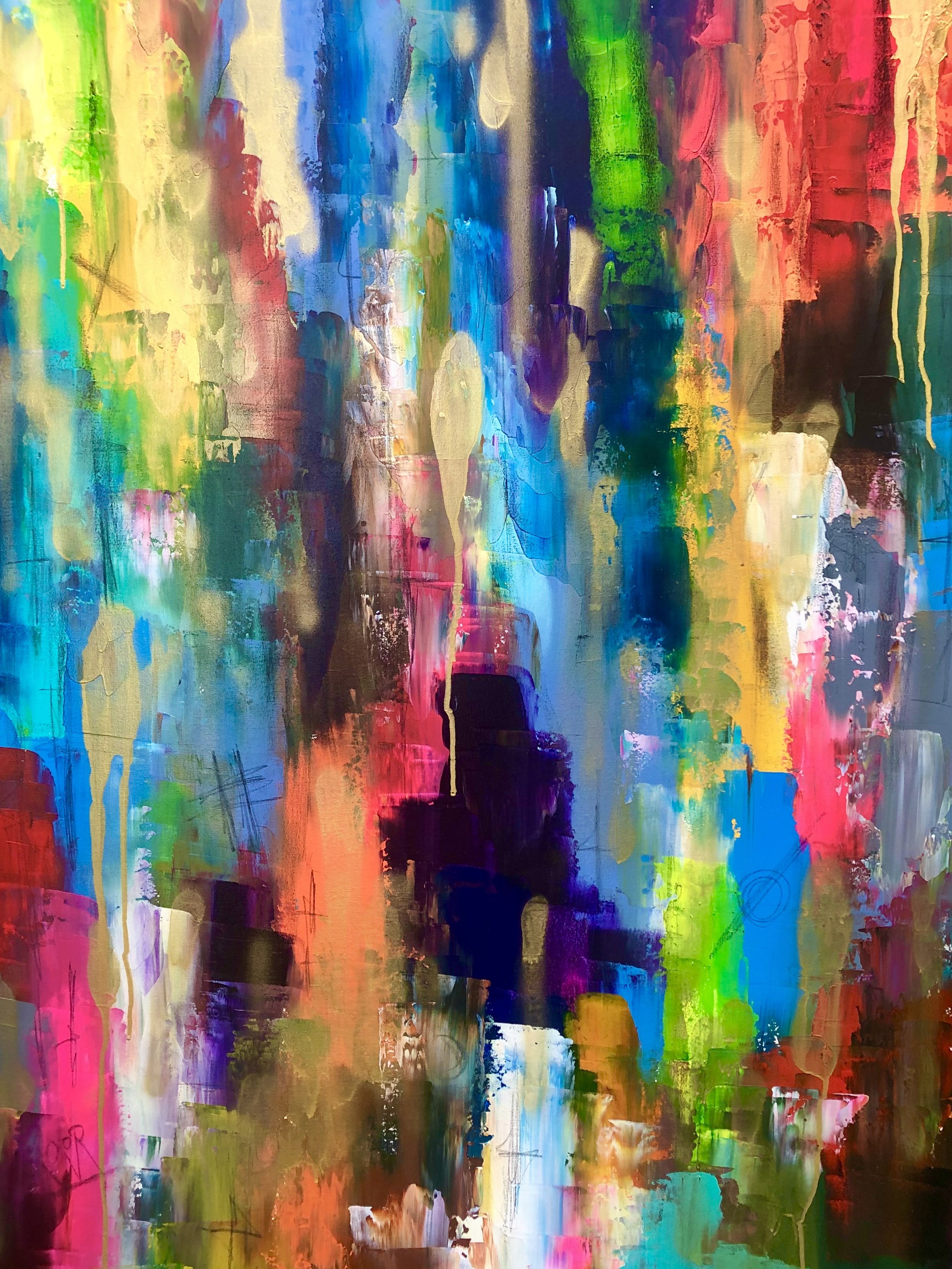
Strolling Through the Garden 30X40
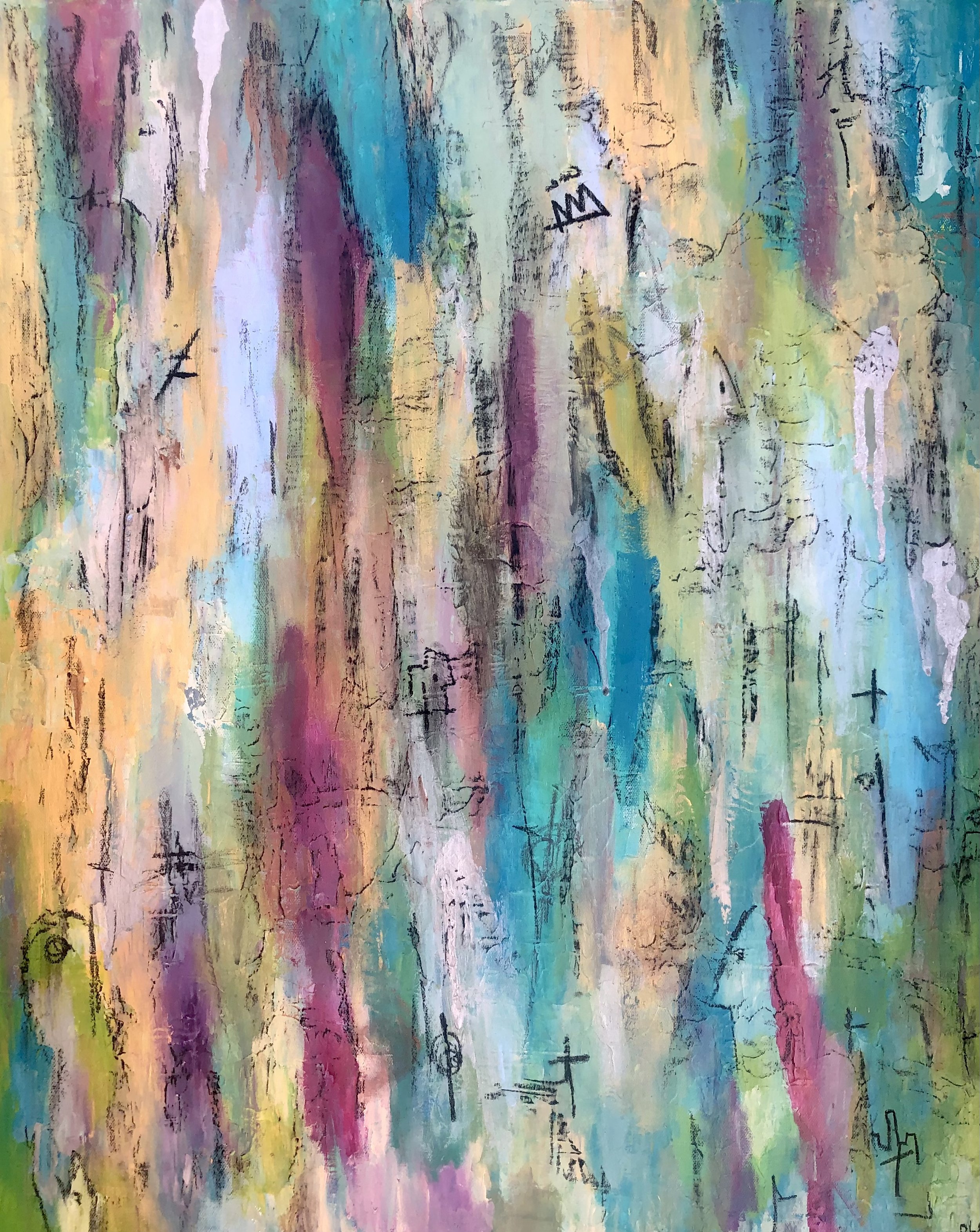
Sold/Vendu

The Enchanted Garden 36X36 Sold/Vendu

Monika 30X40
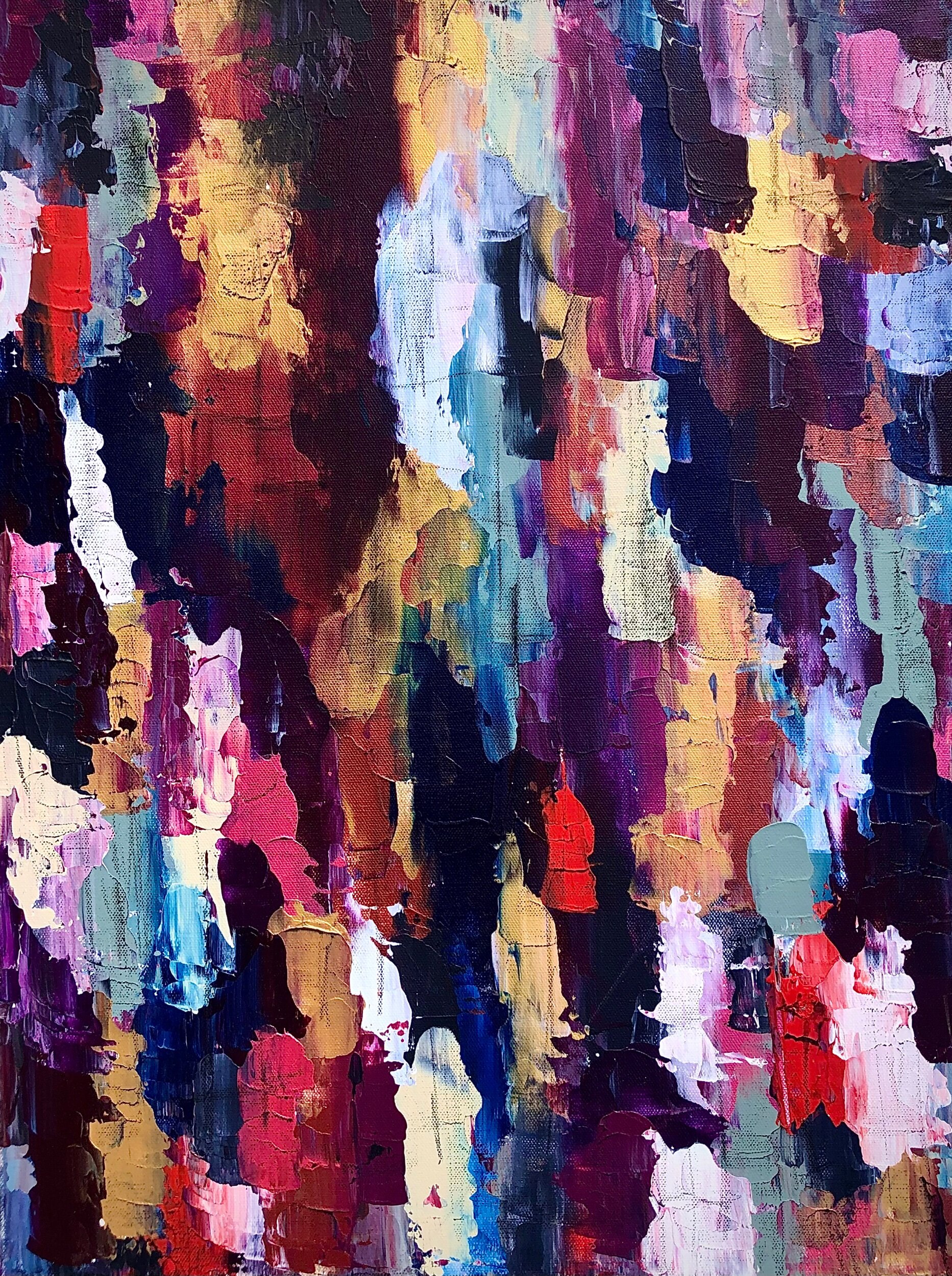
Sold/Vendu
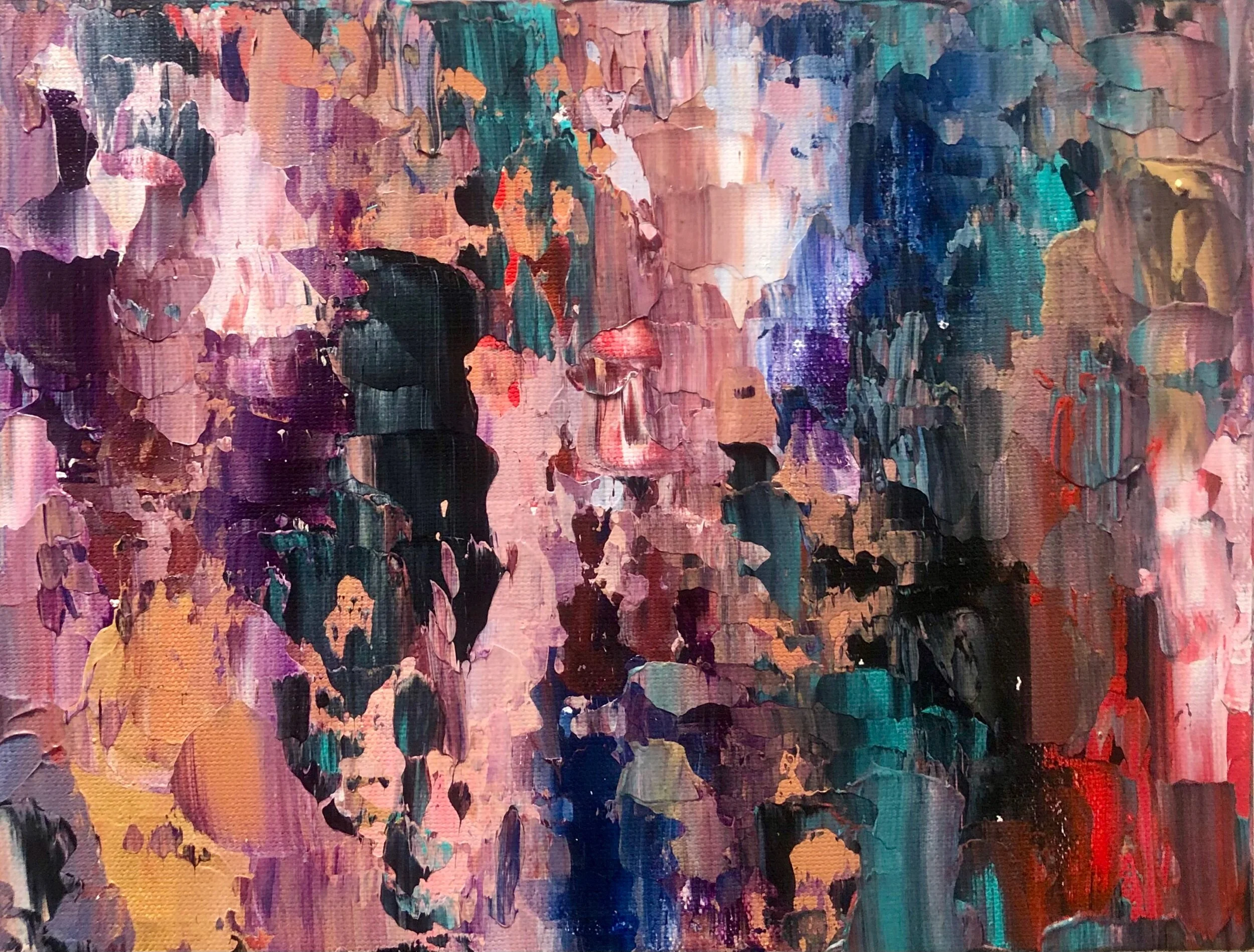
Sold/Vendu
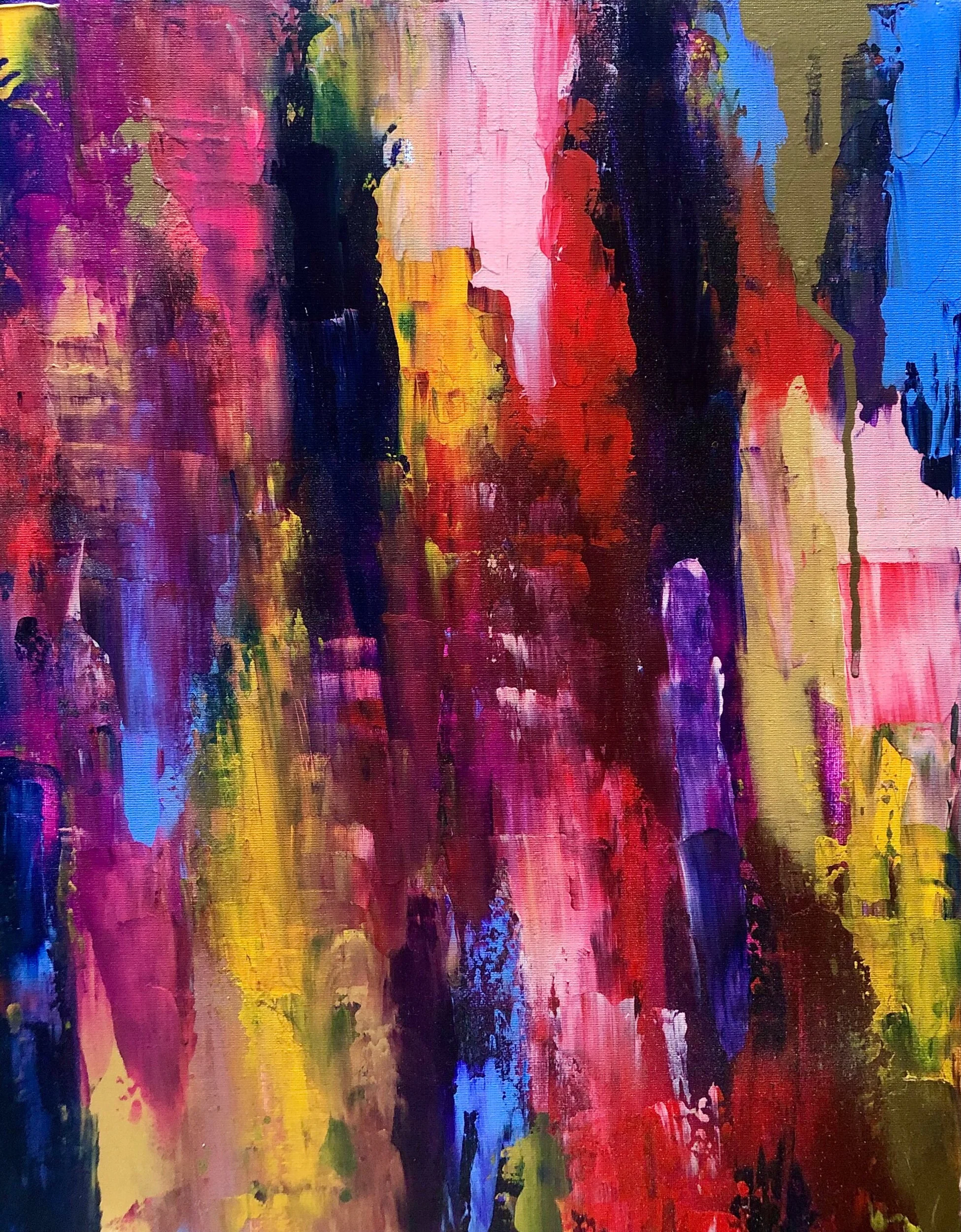
Sold/Vendu
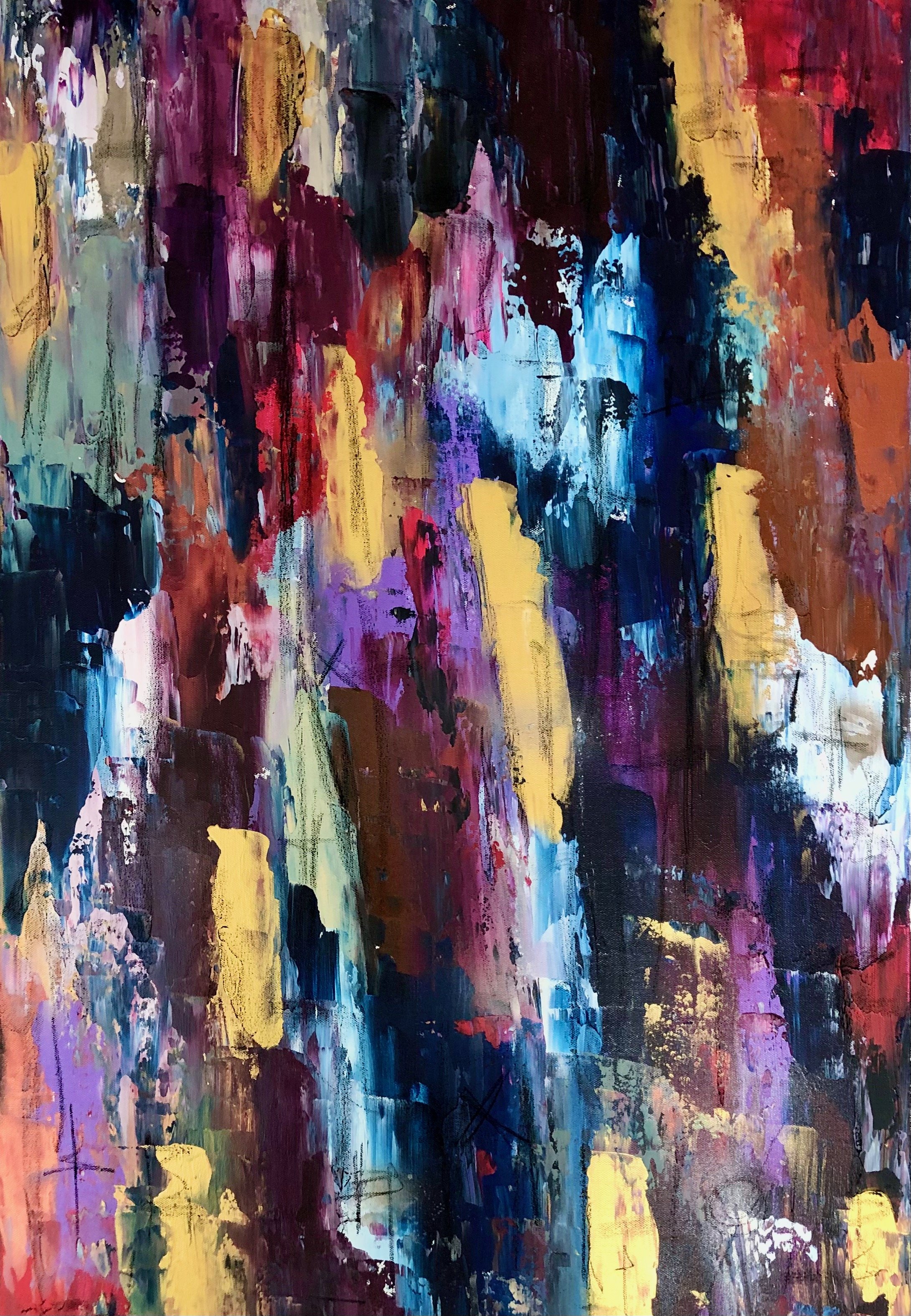
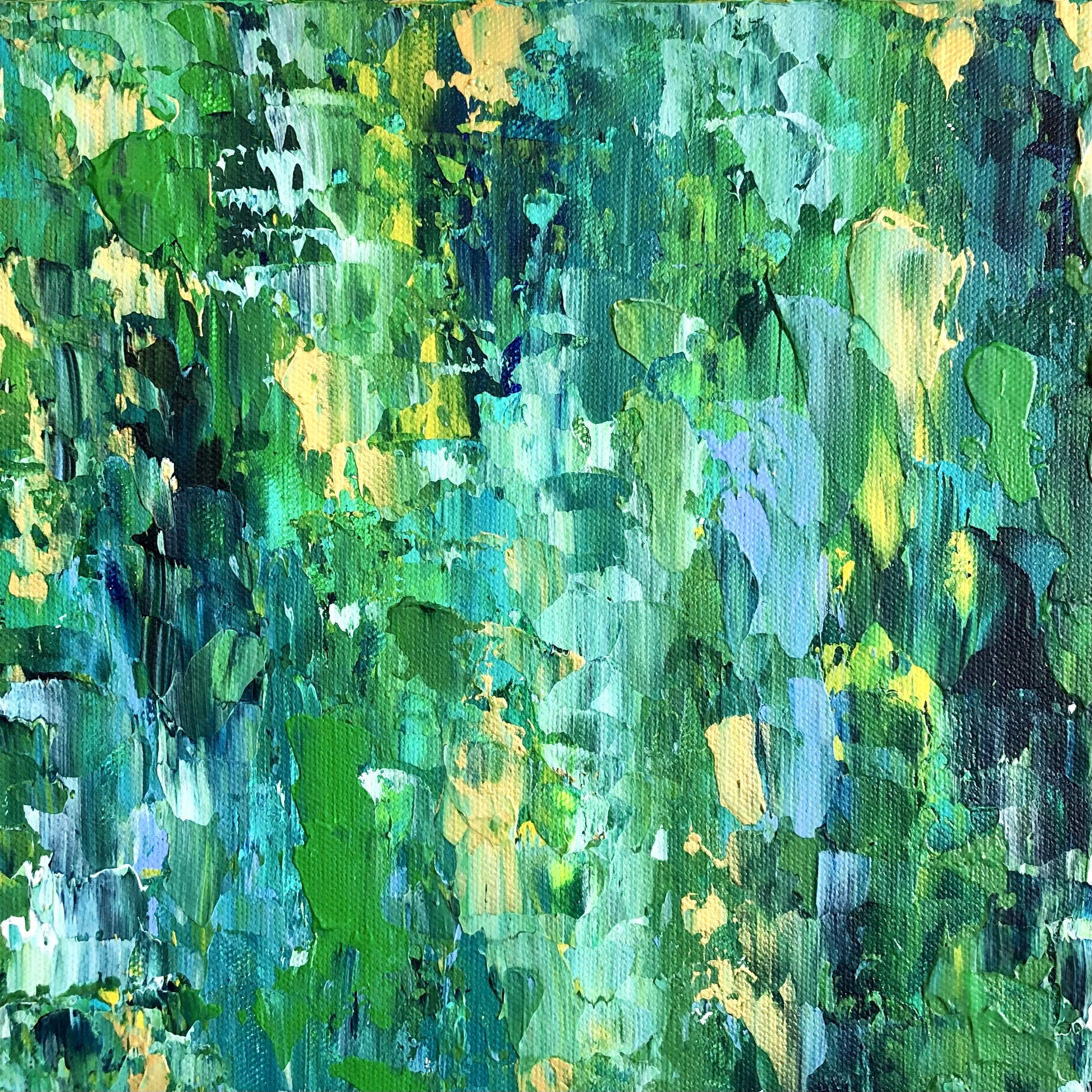
Sold/Vendu
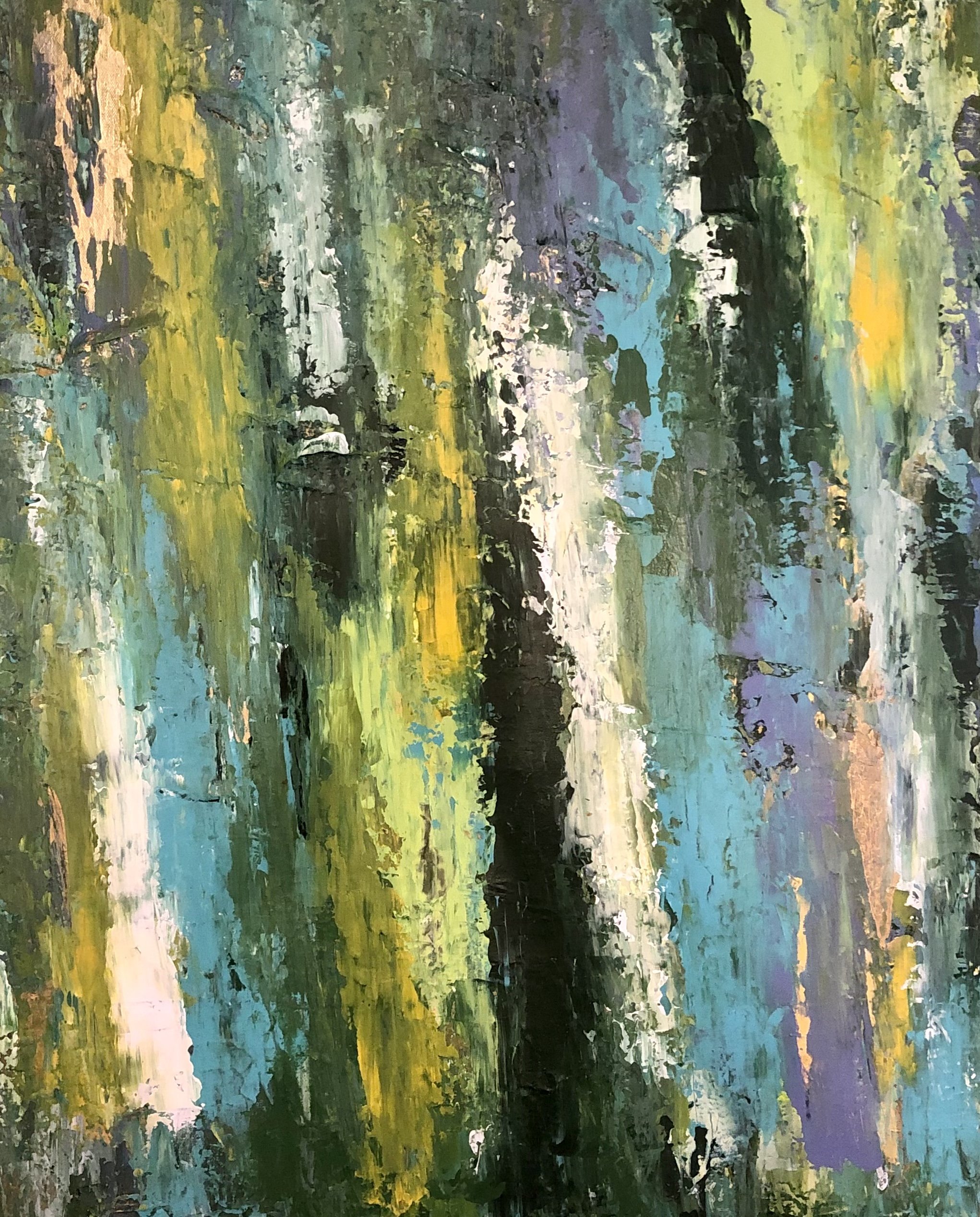
A Grounding Moment 24X30
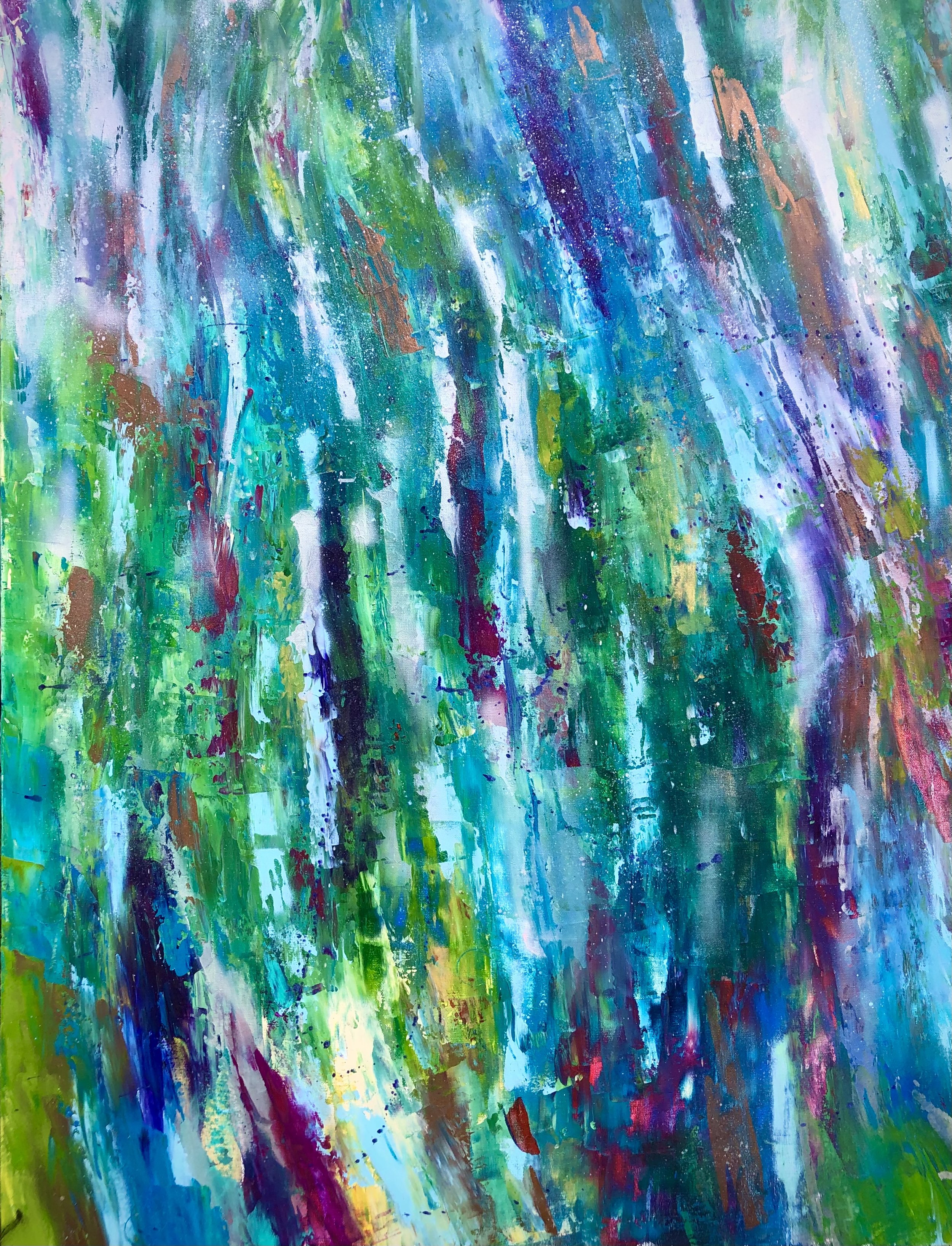
Sold/Vendu

Spring Seeding Strength 36X36 Sold/Vendu
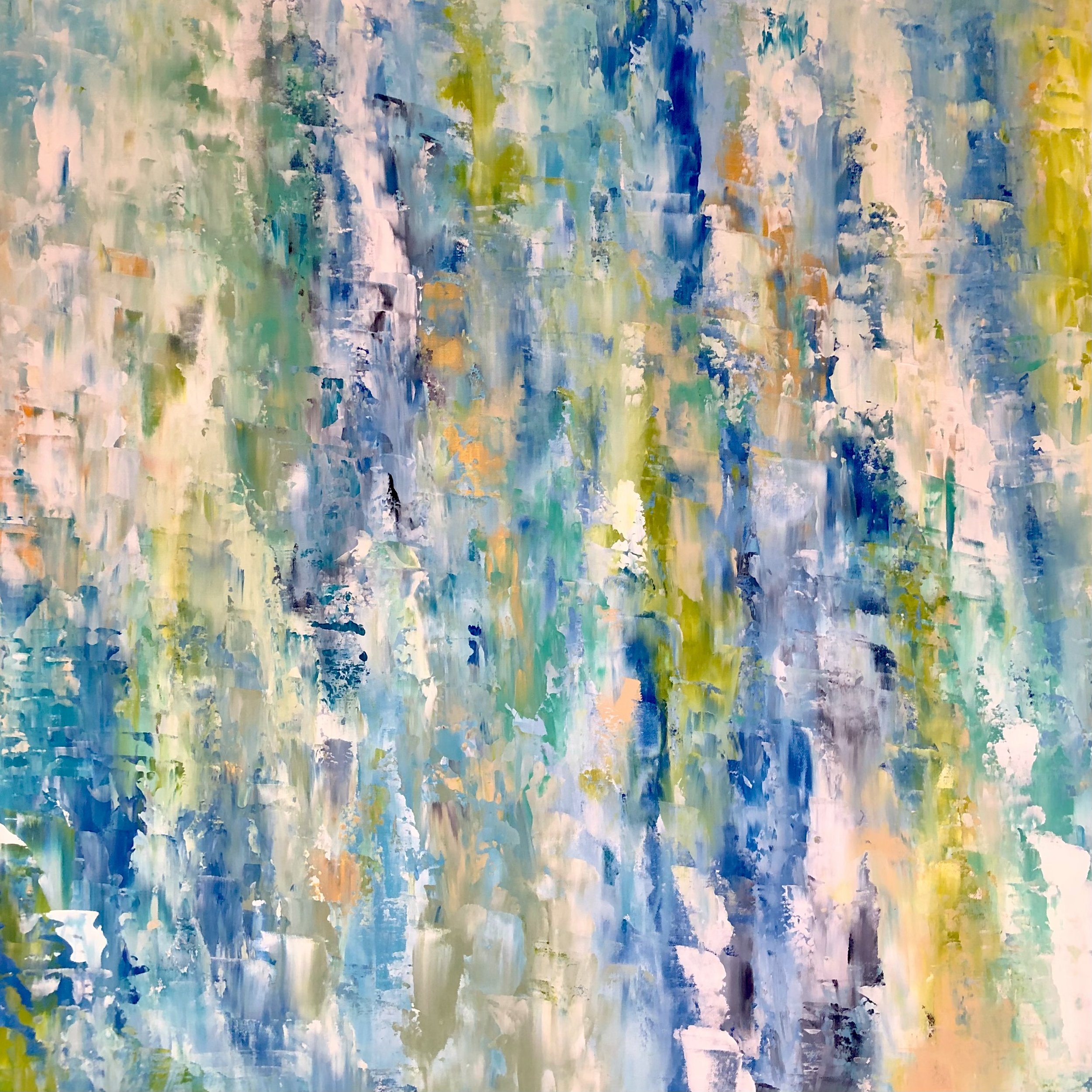
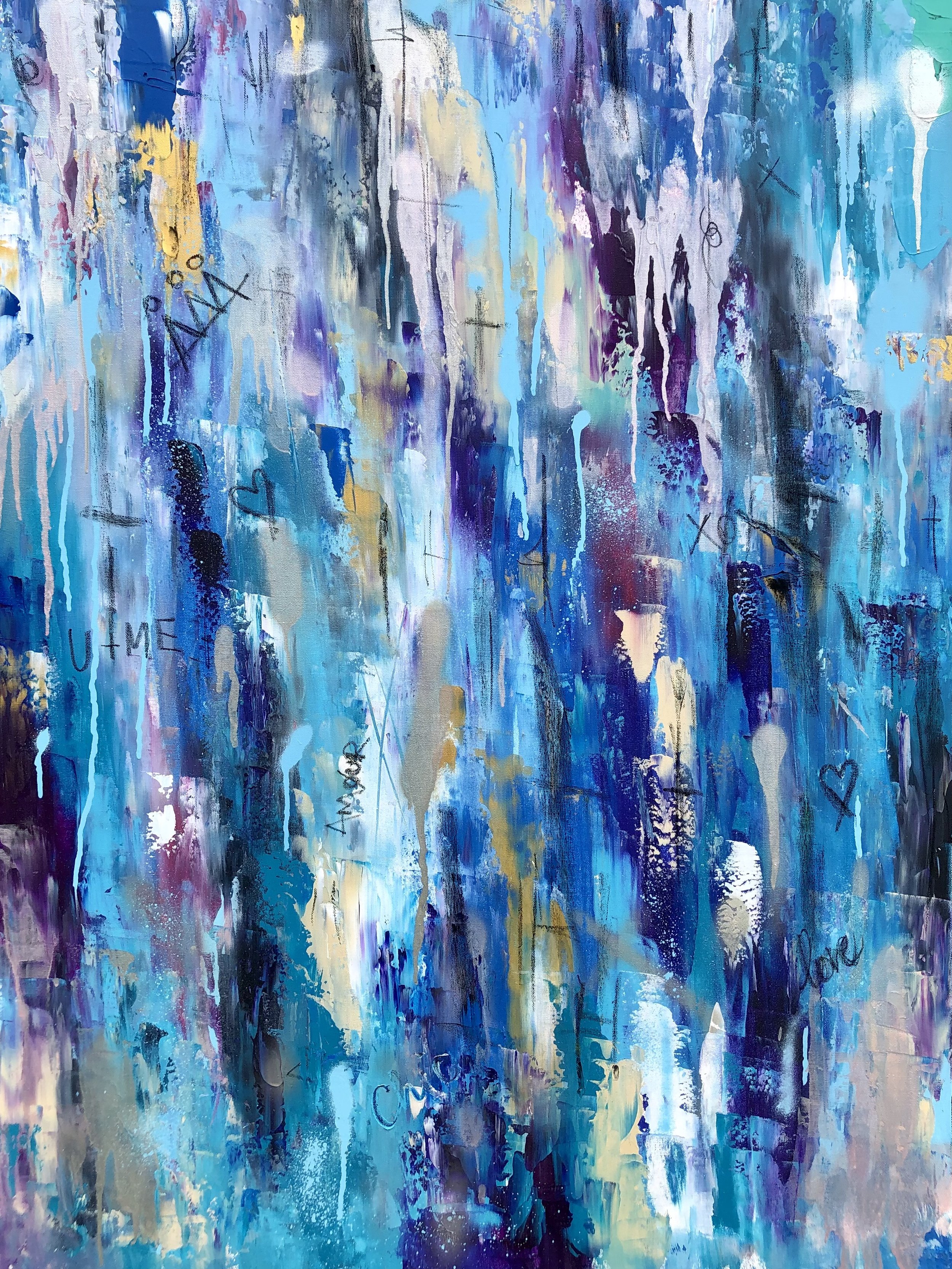
Sold/Vendu
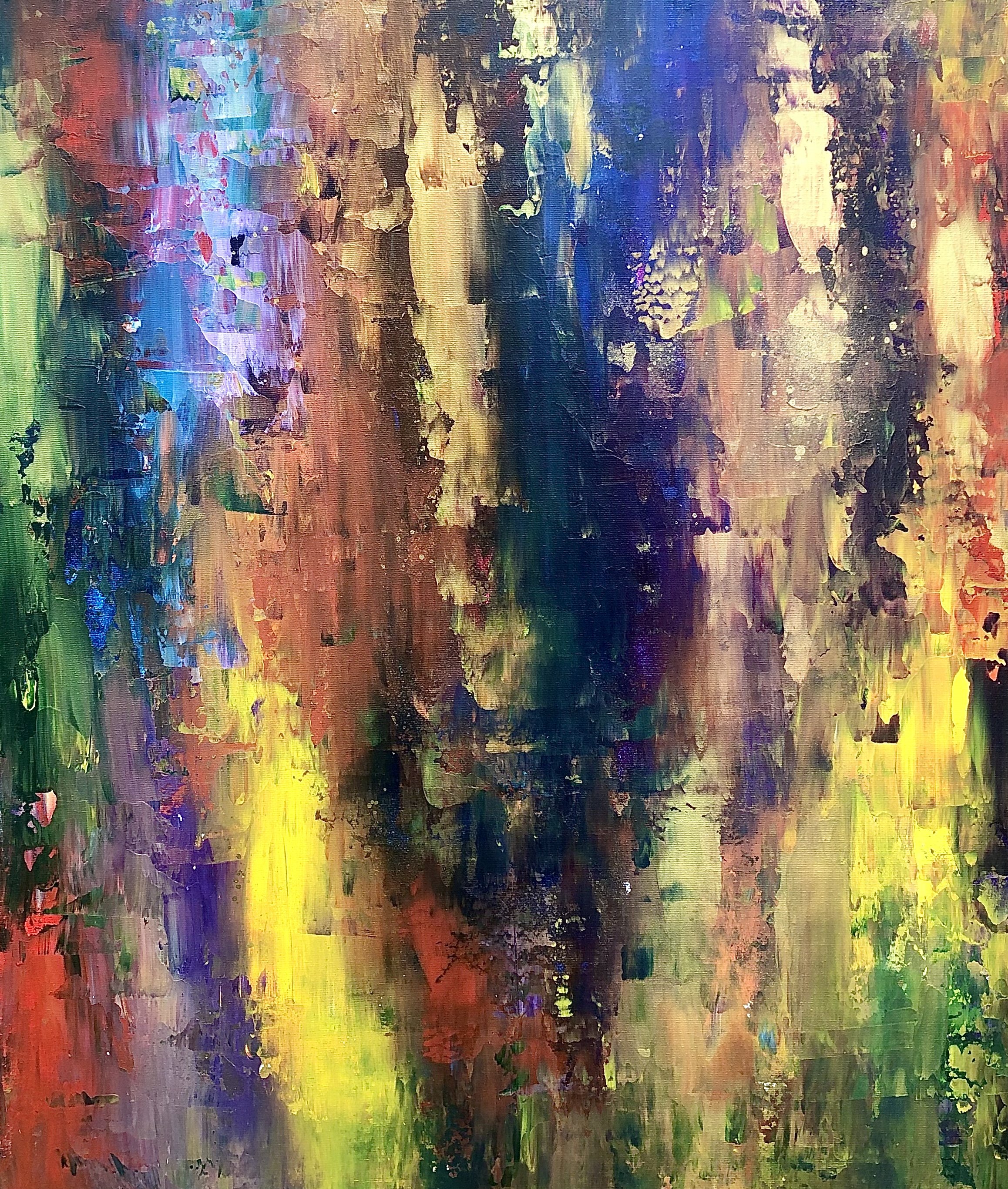
Sold/Vendu

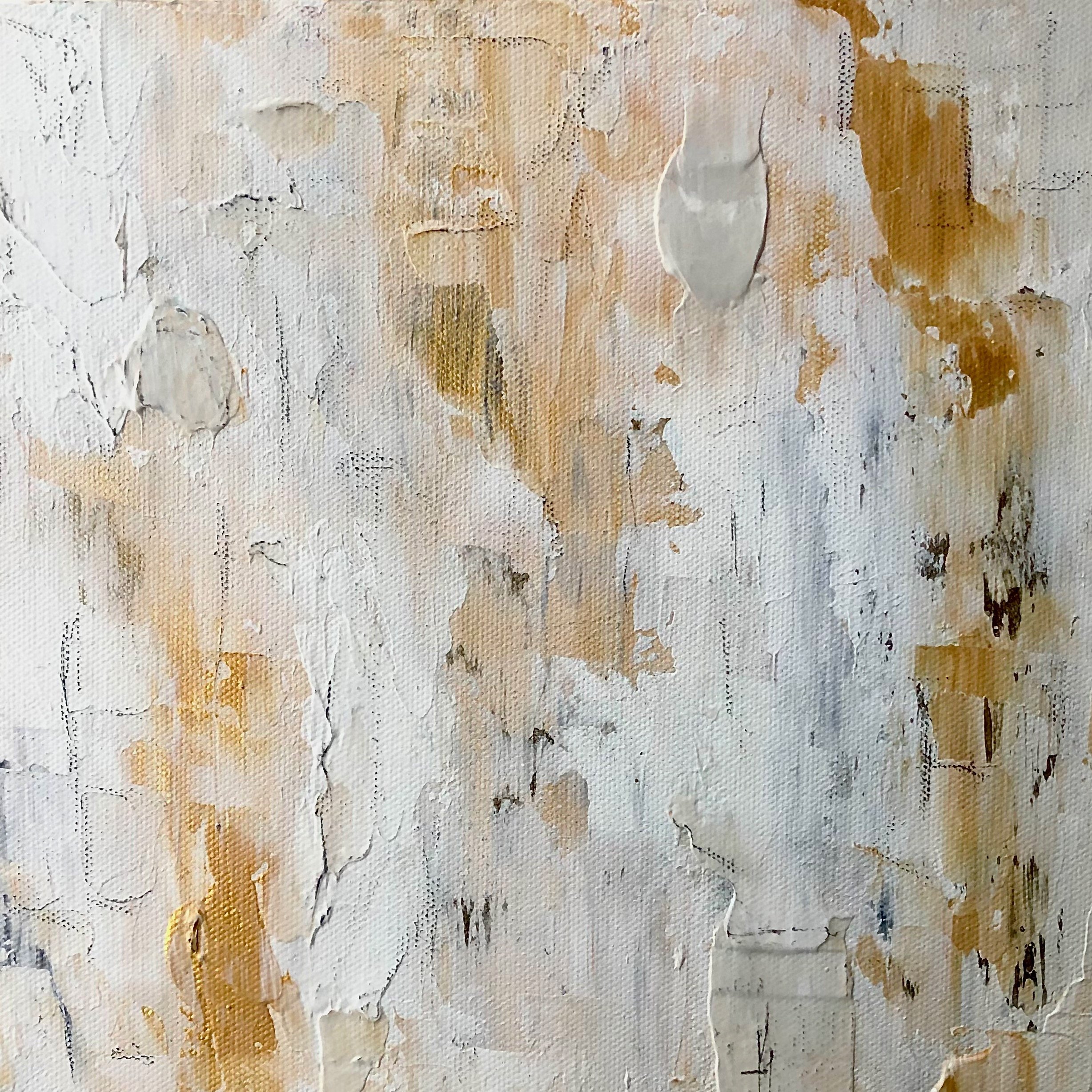
Sold/Vendu
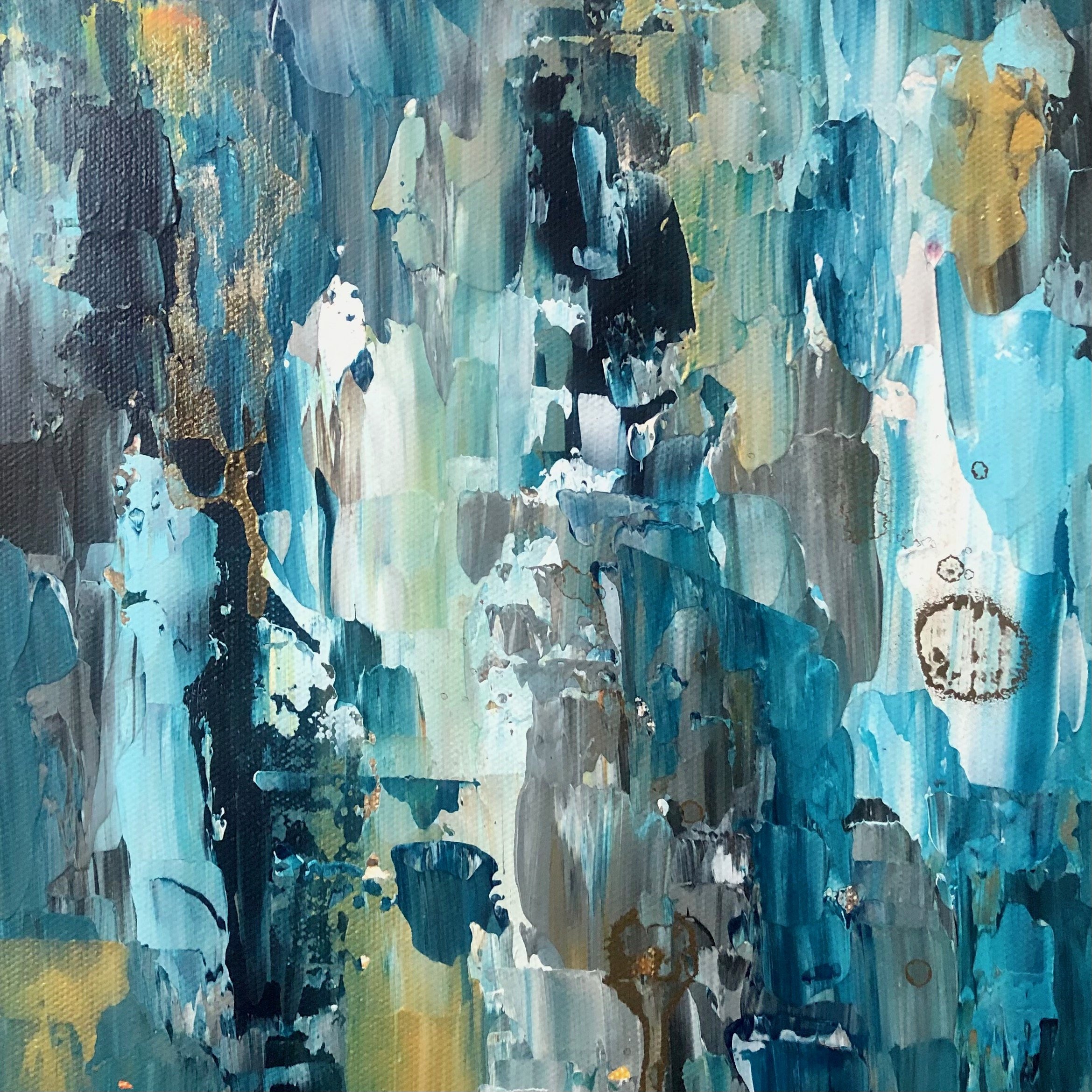
Sold/Vendu
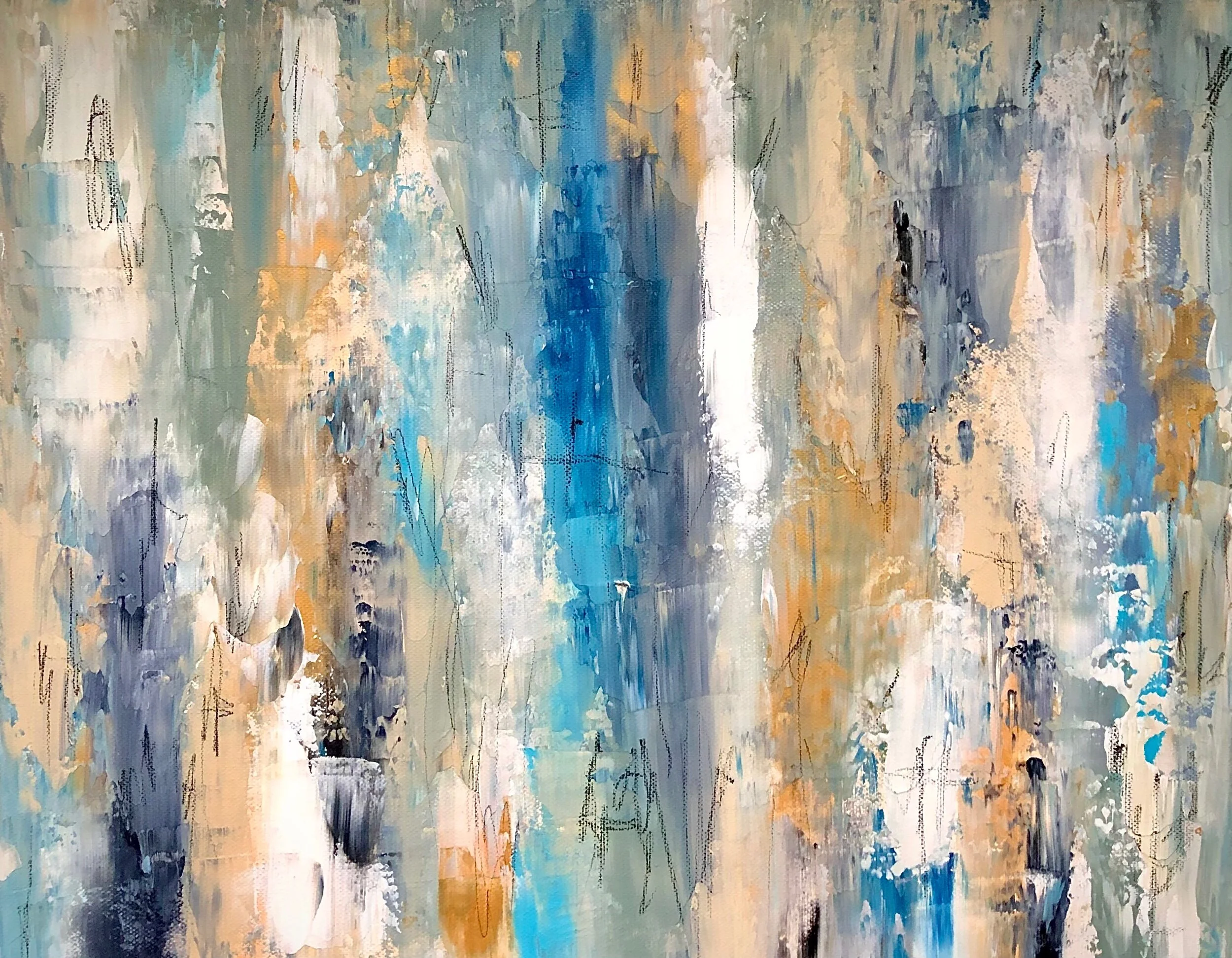
Sold/Vendu
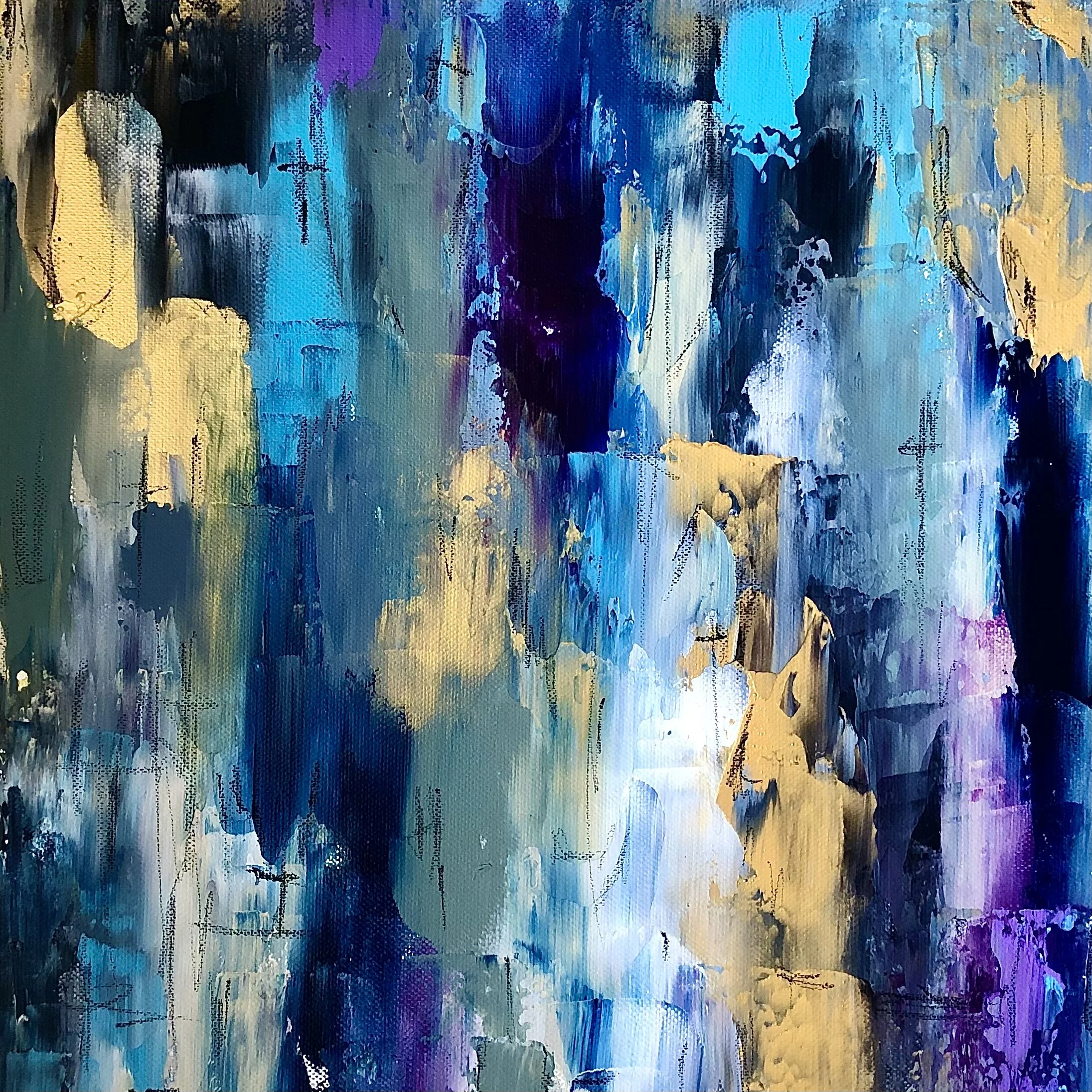
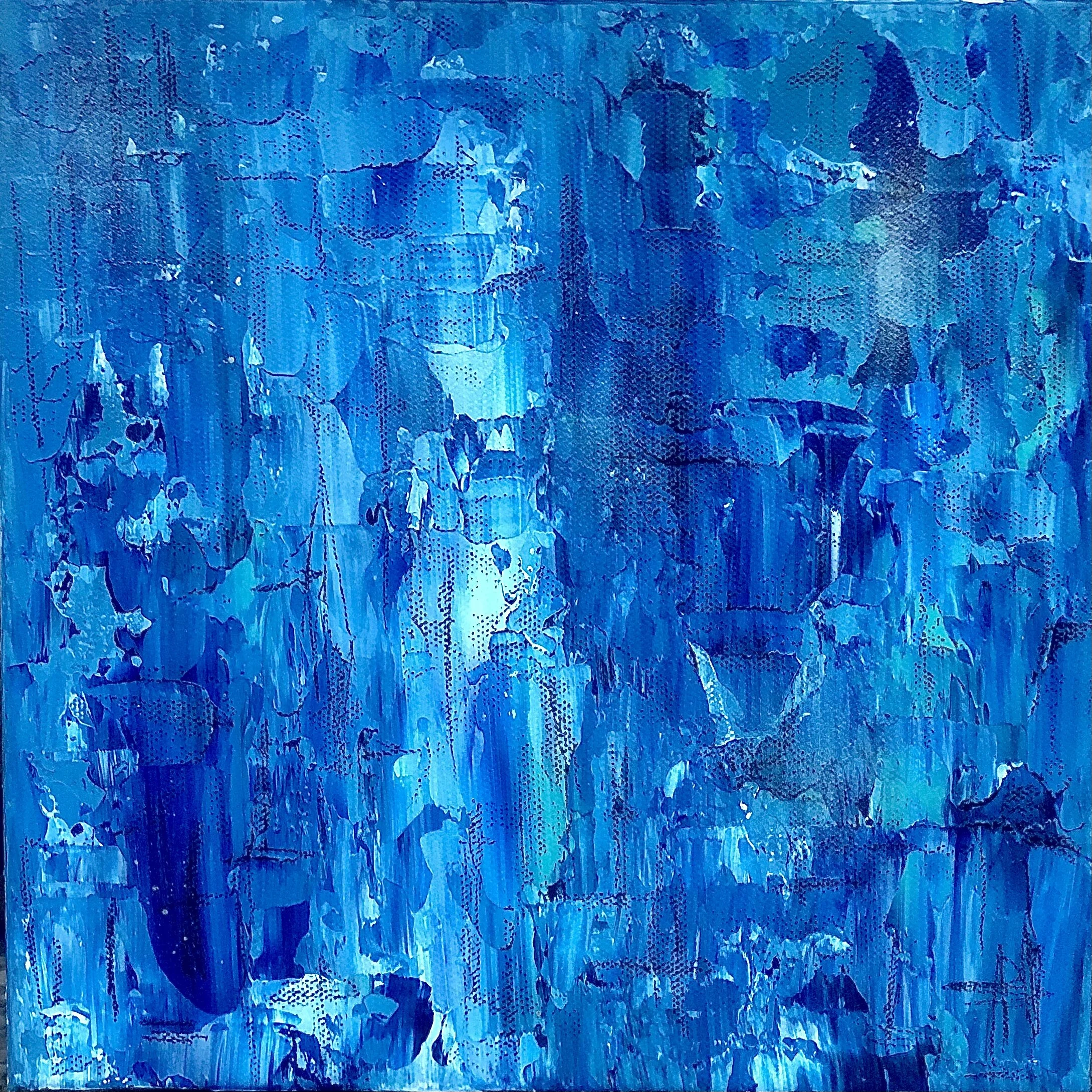
Sold/Vendu
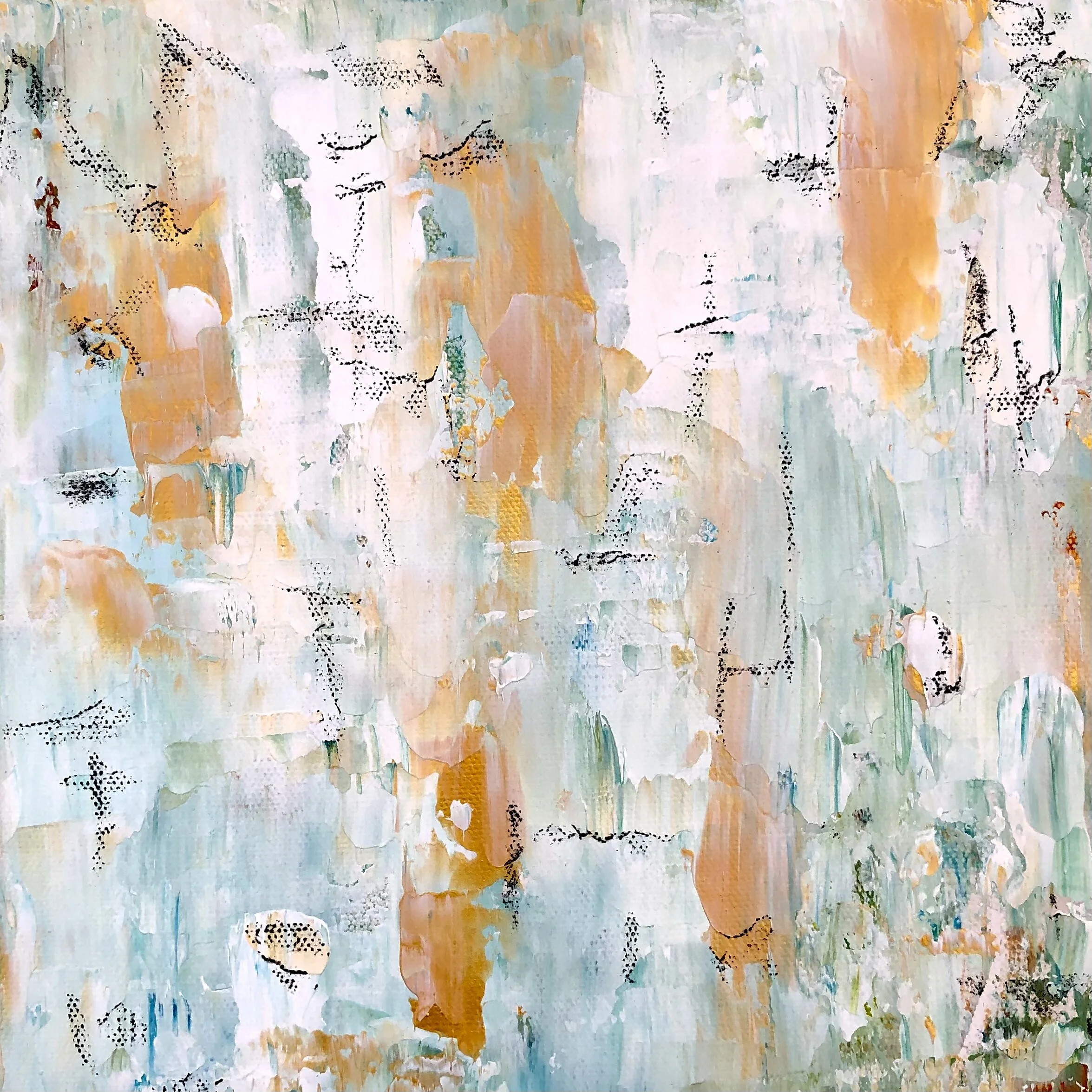
Sold/Vendu
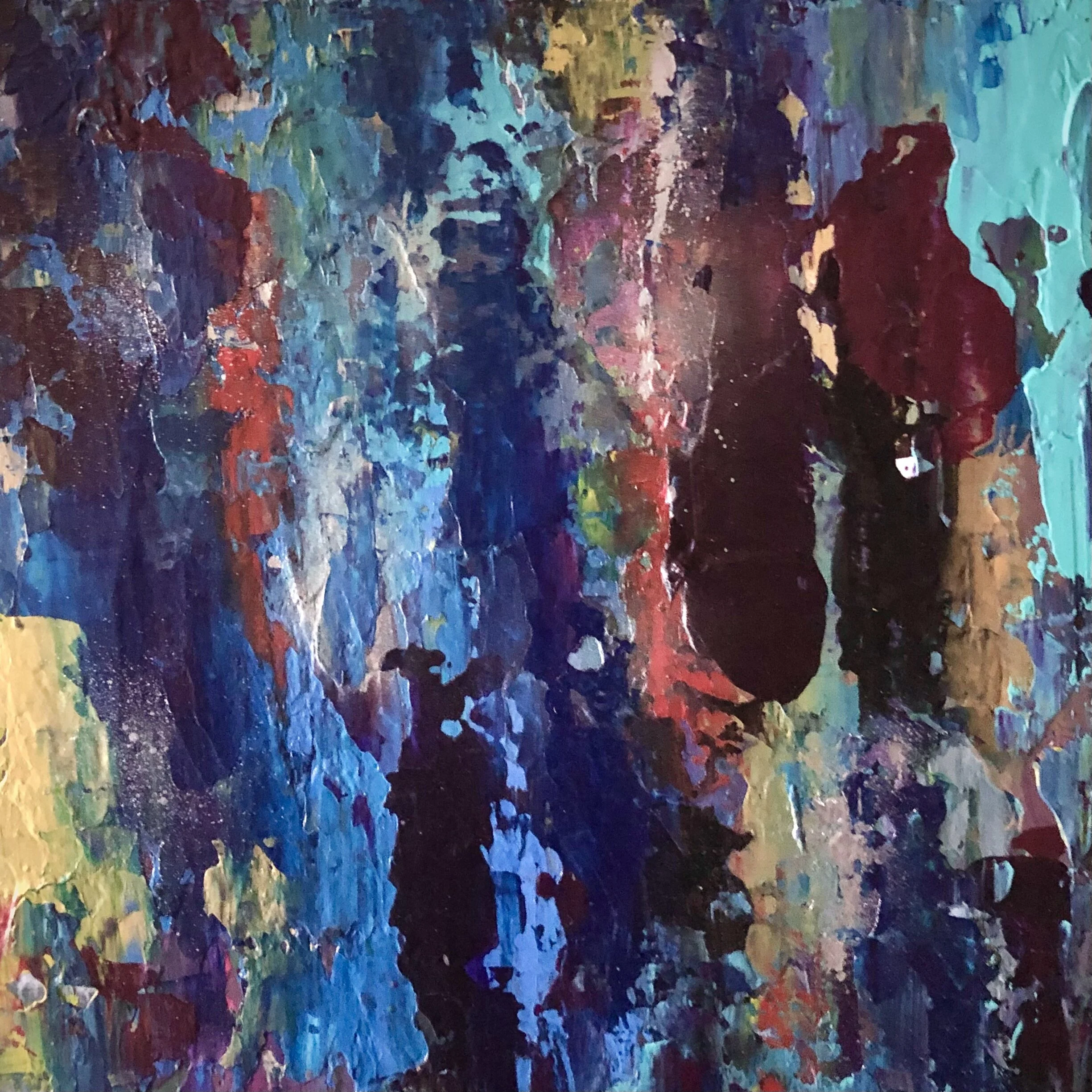
Sold/Vendu
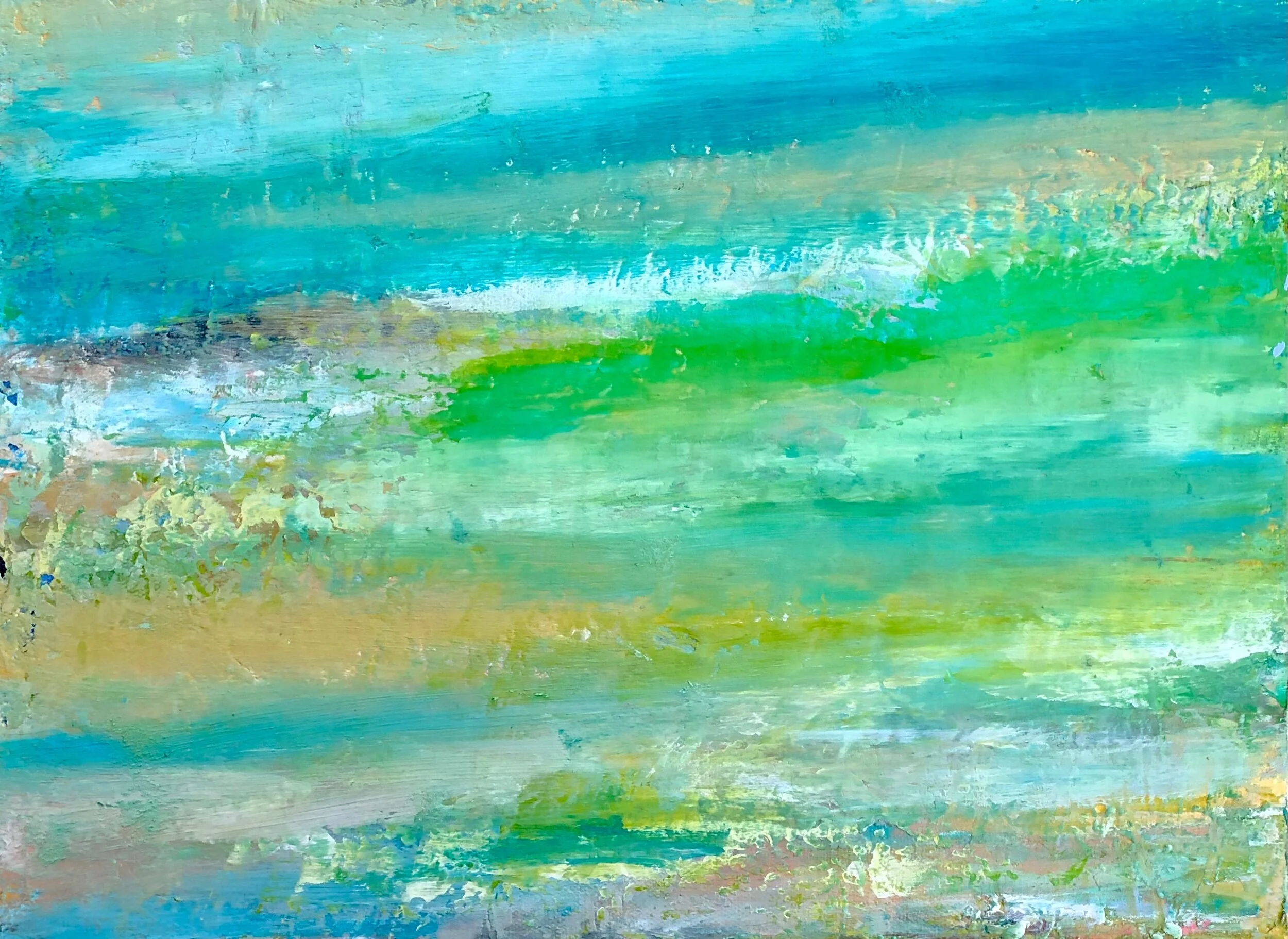
Sold/Vendu
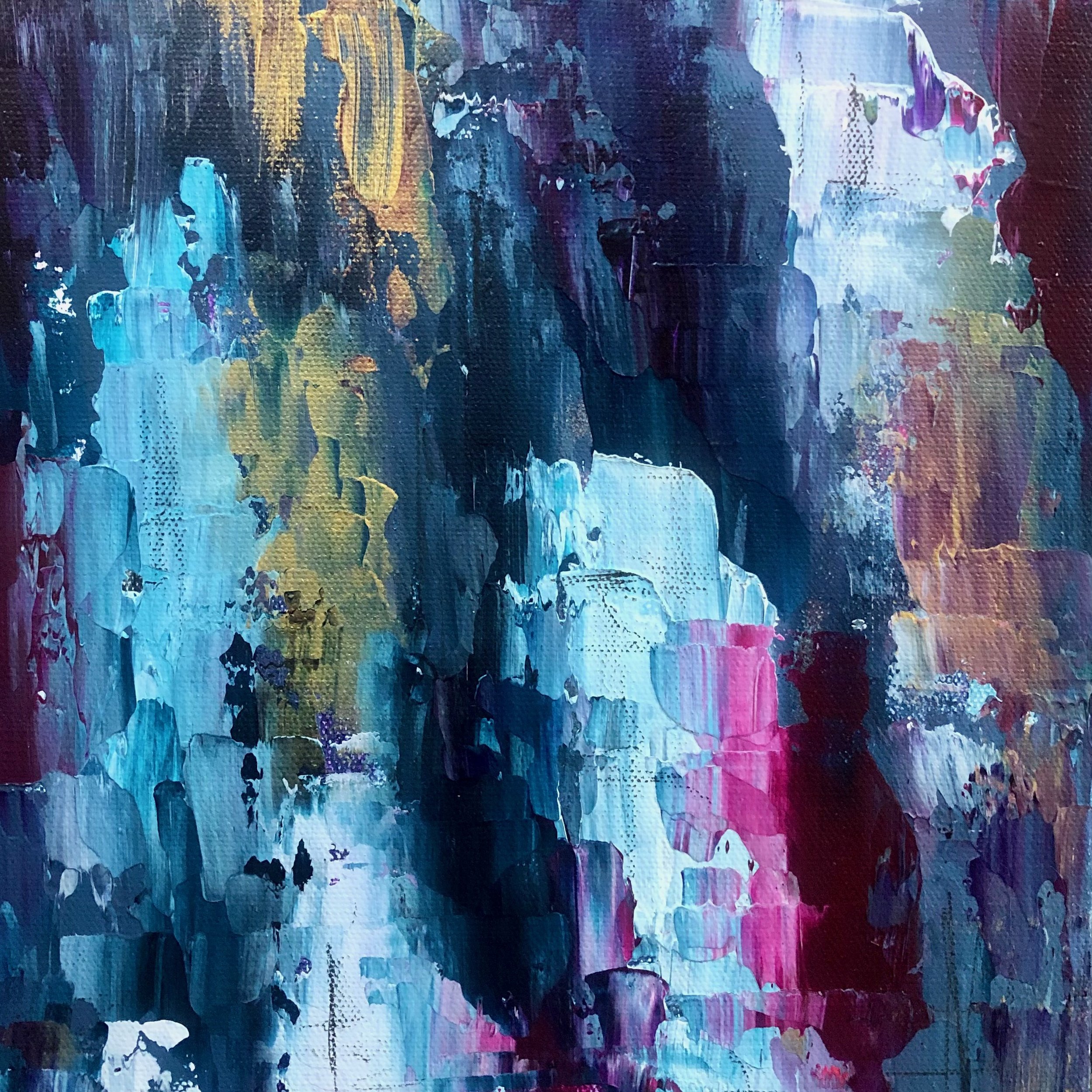
Sold/Vendu
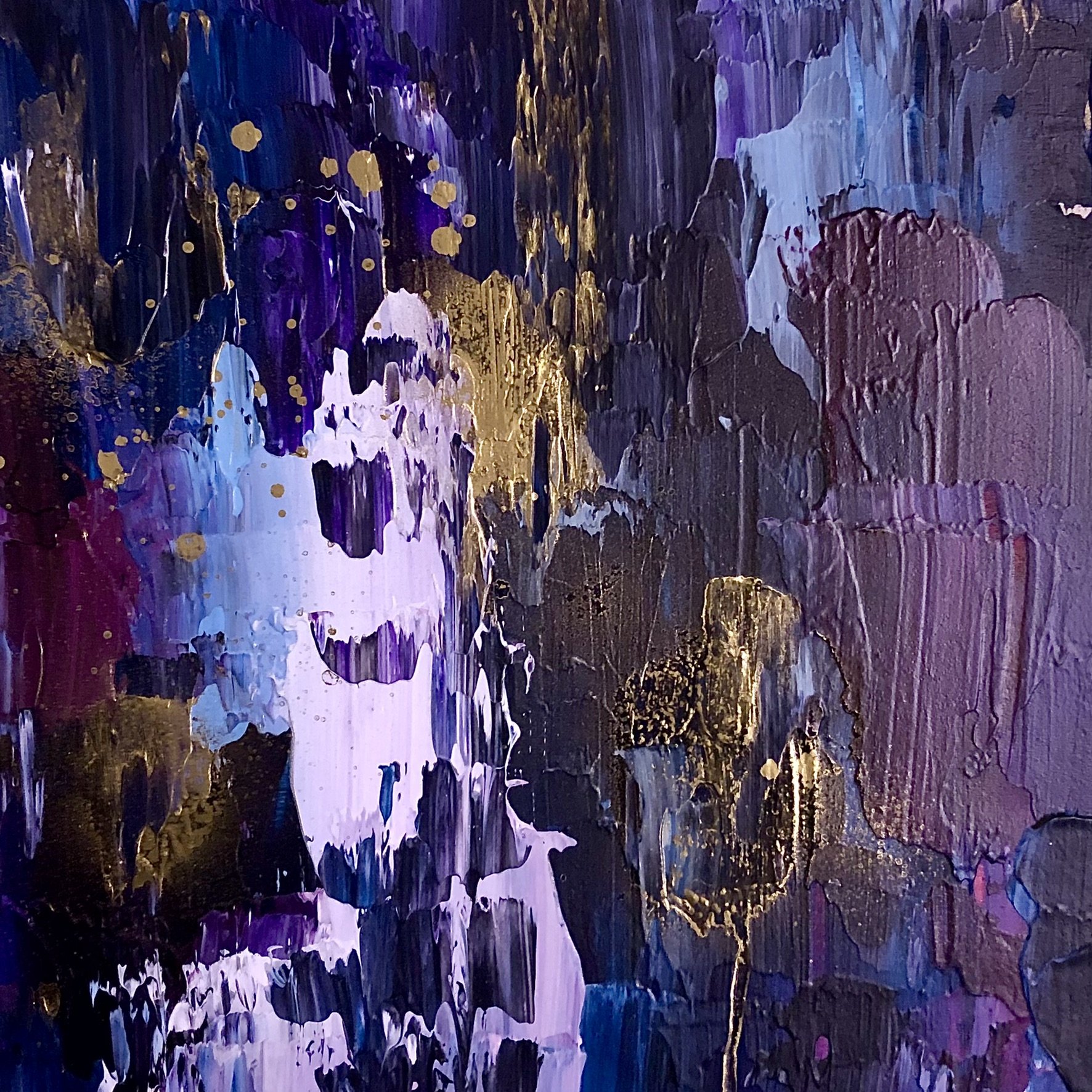
Sold/Vendu
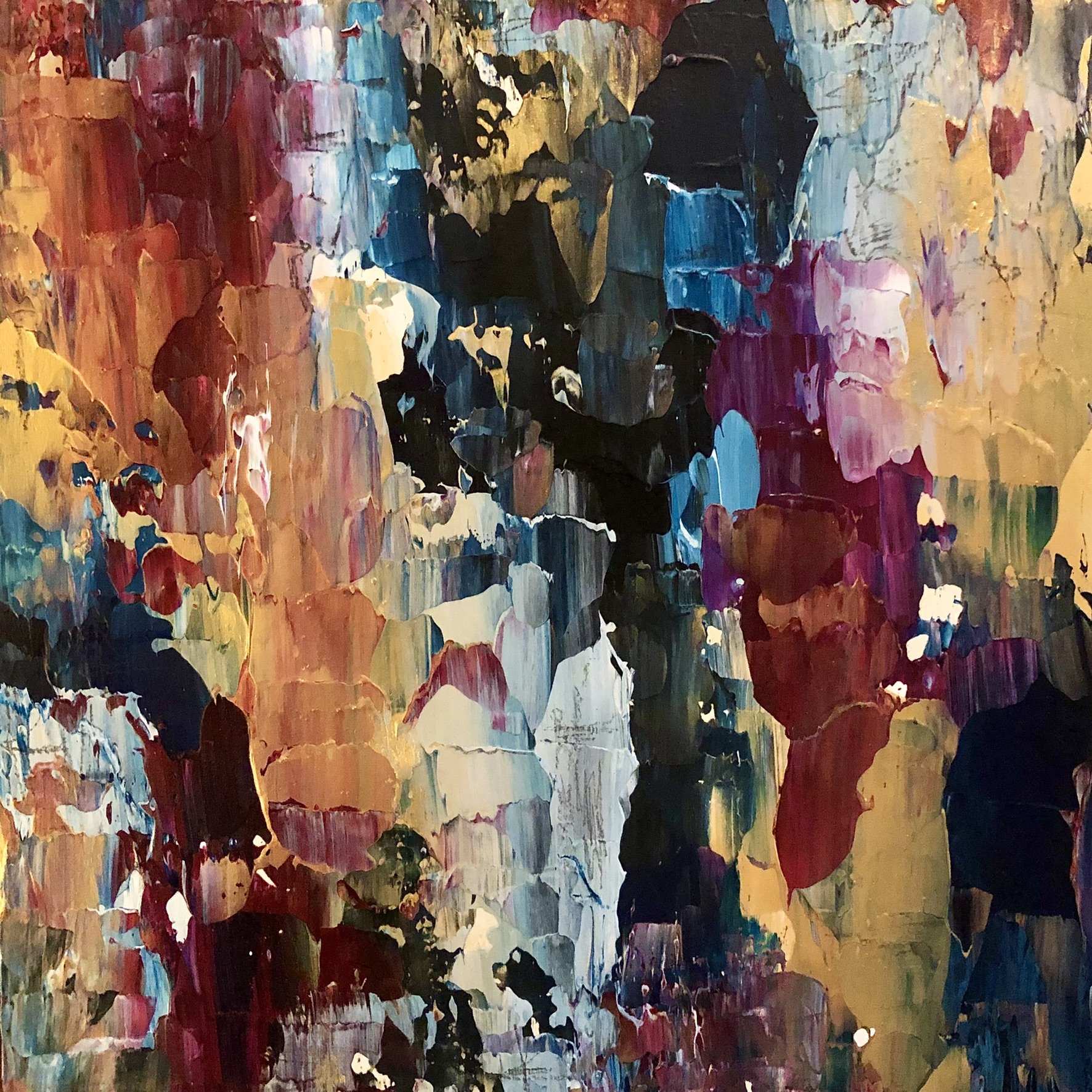
Sold/Vendu

Sold/Vendu
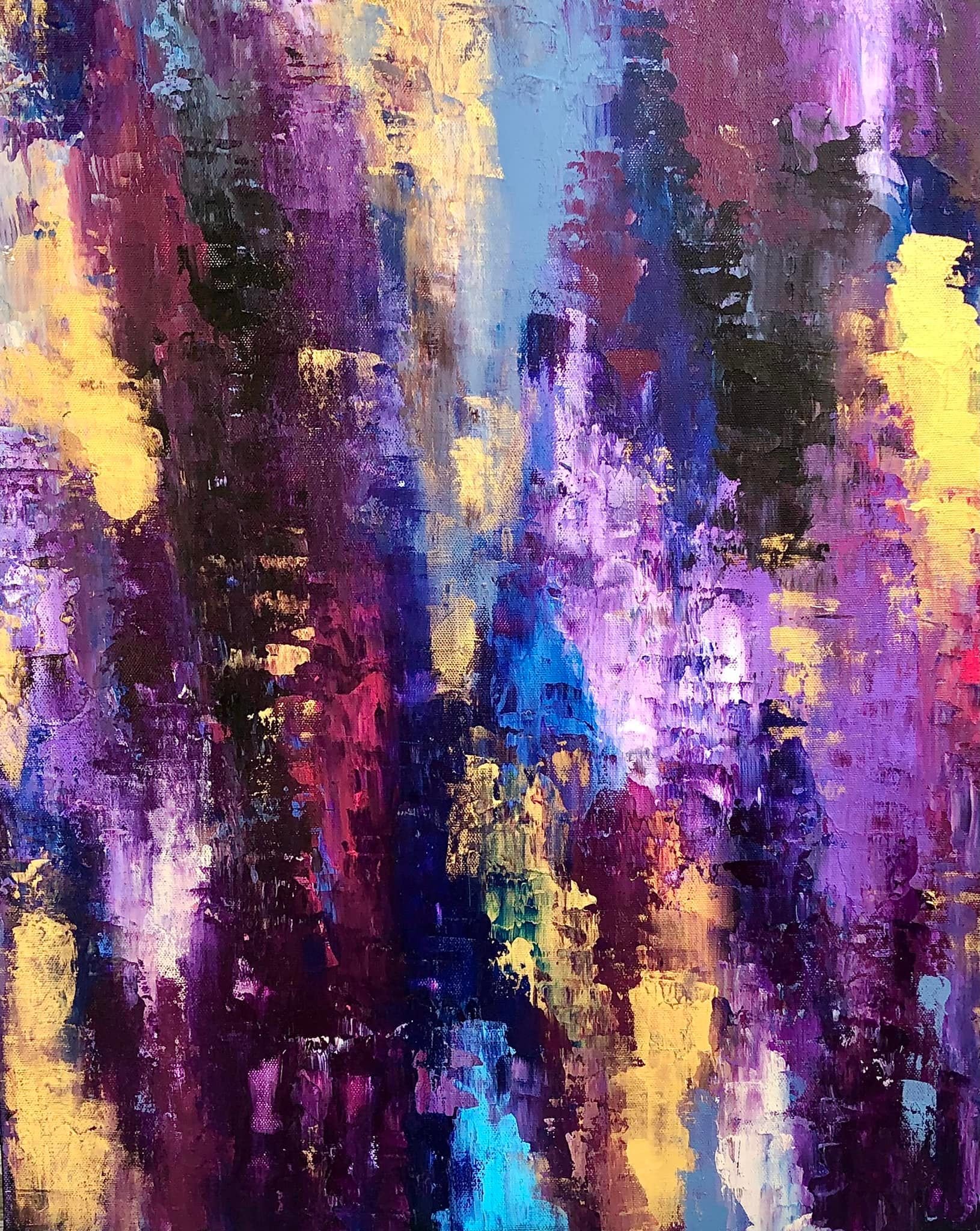
Ballade sur St-Antoine SOLD - VENDU
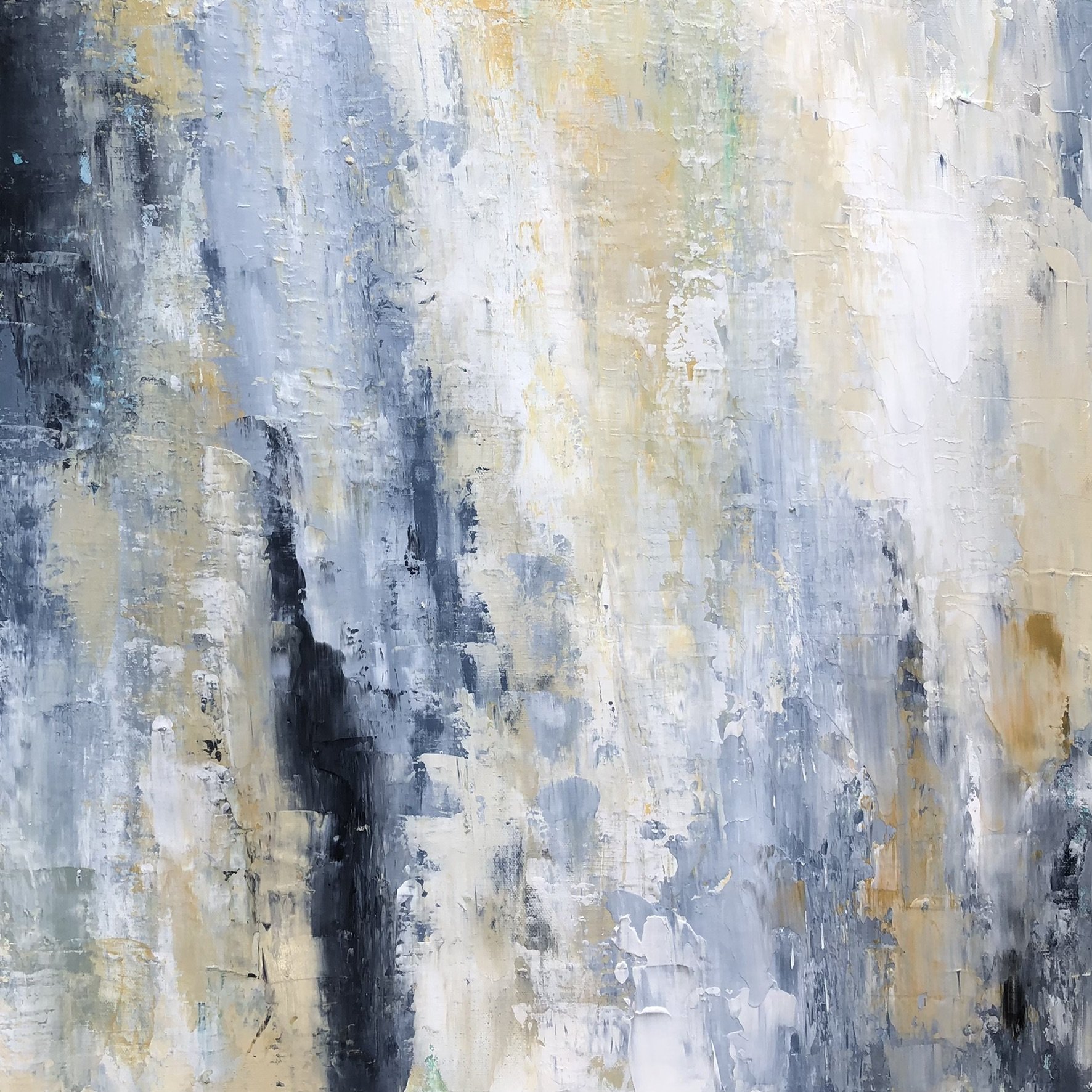
24X24
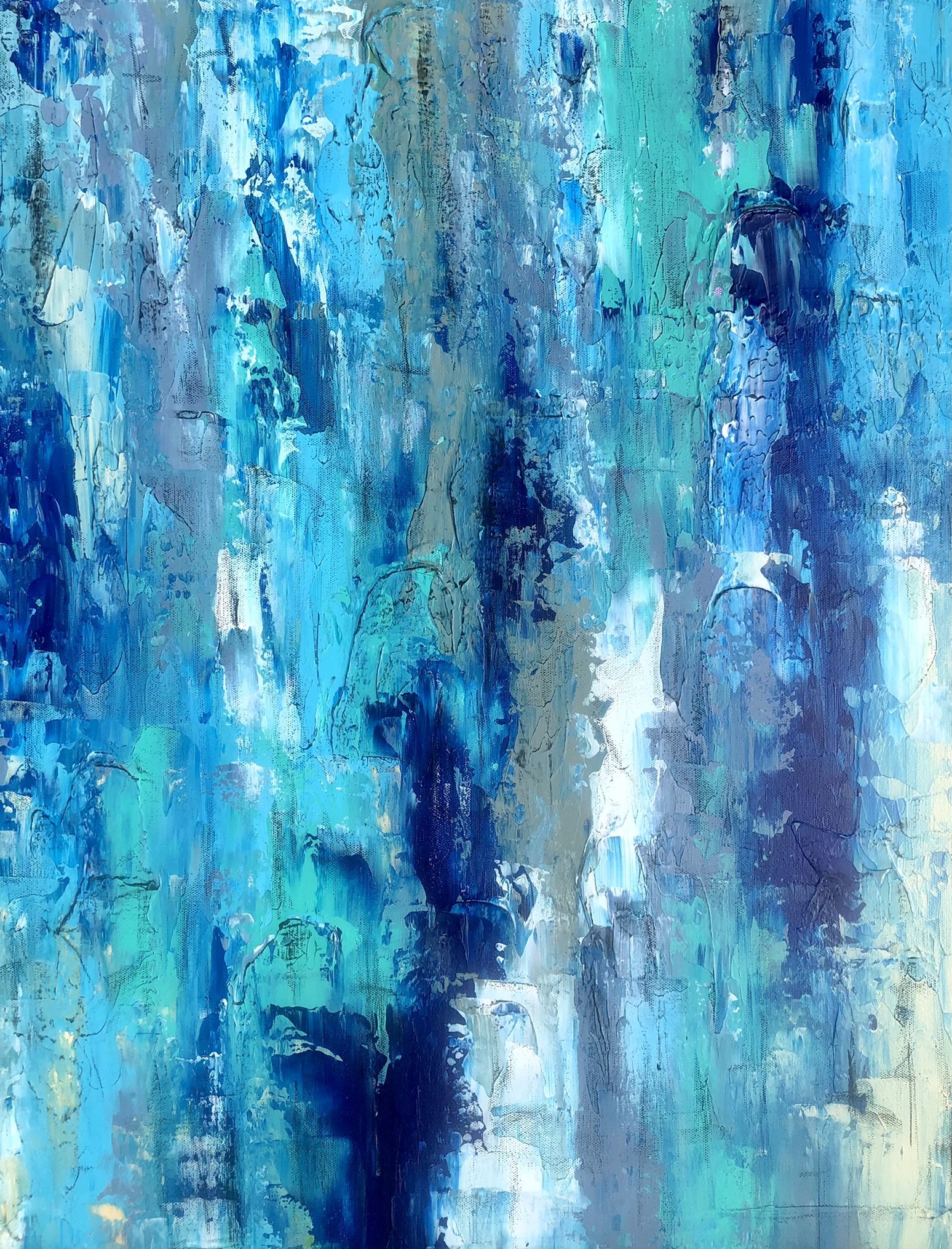
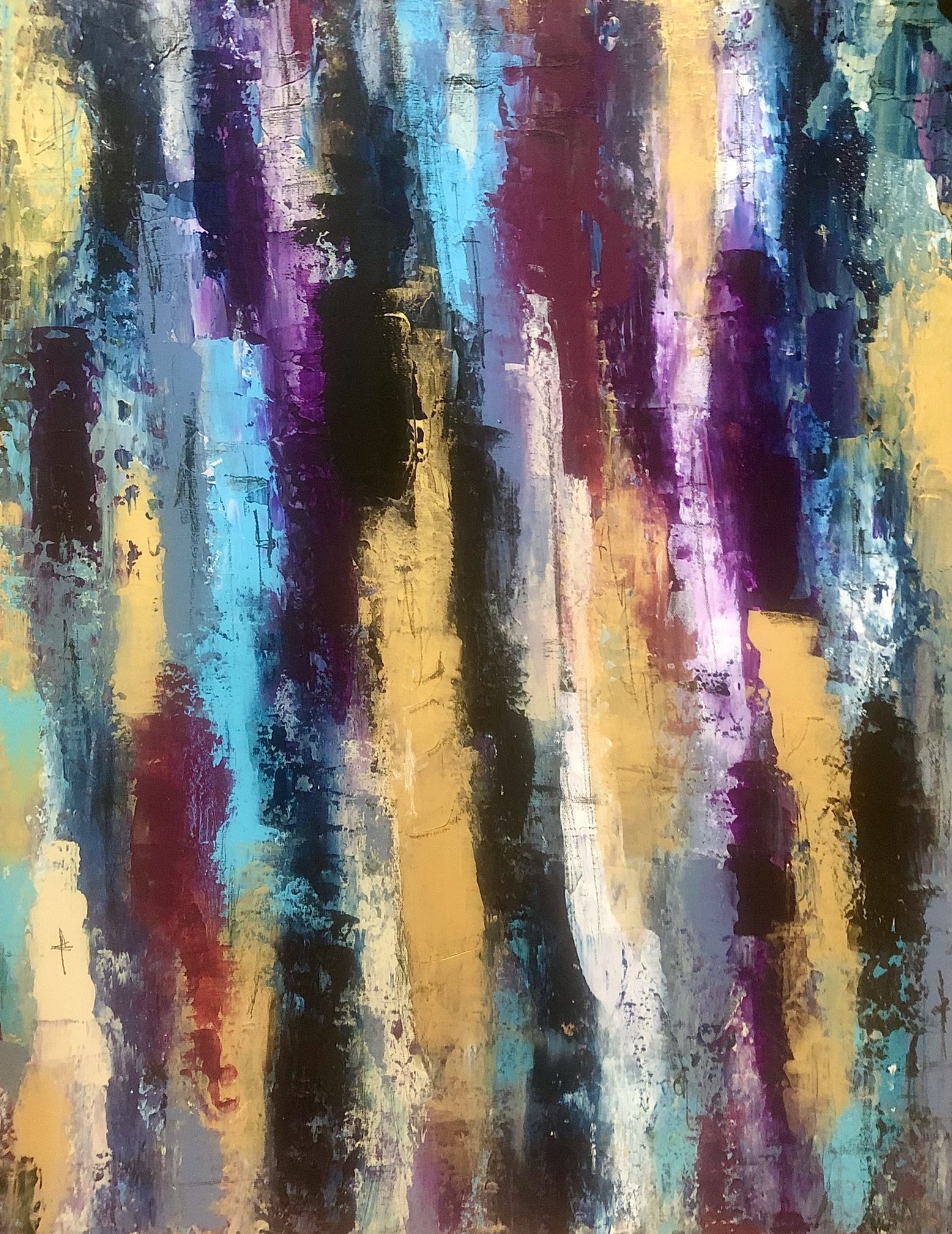
Composition Urbaine 22X28 Sold/Vendu

L'automne donne sa place à L'hiver. 24X36 Sold/Vendu
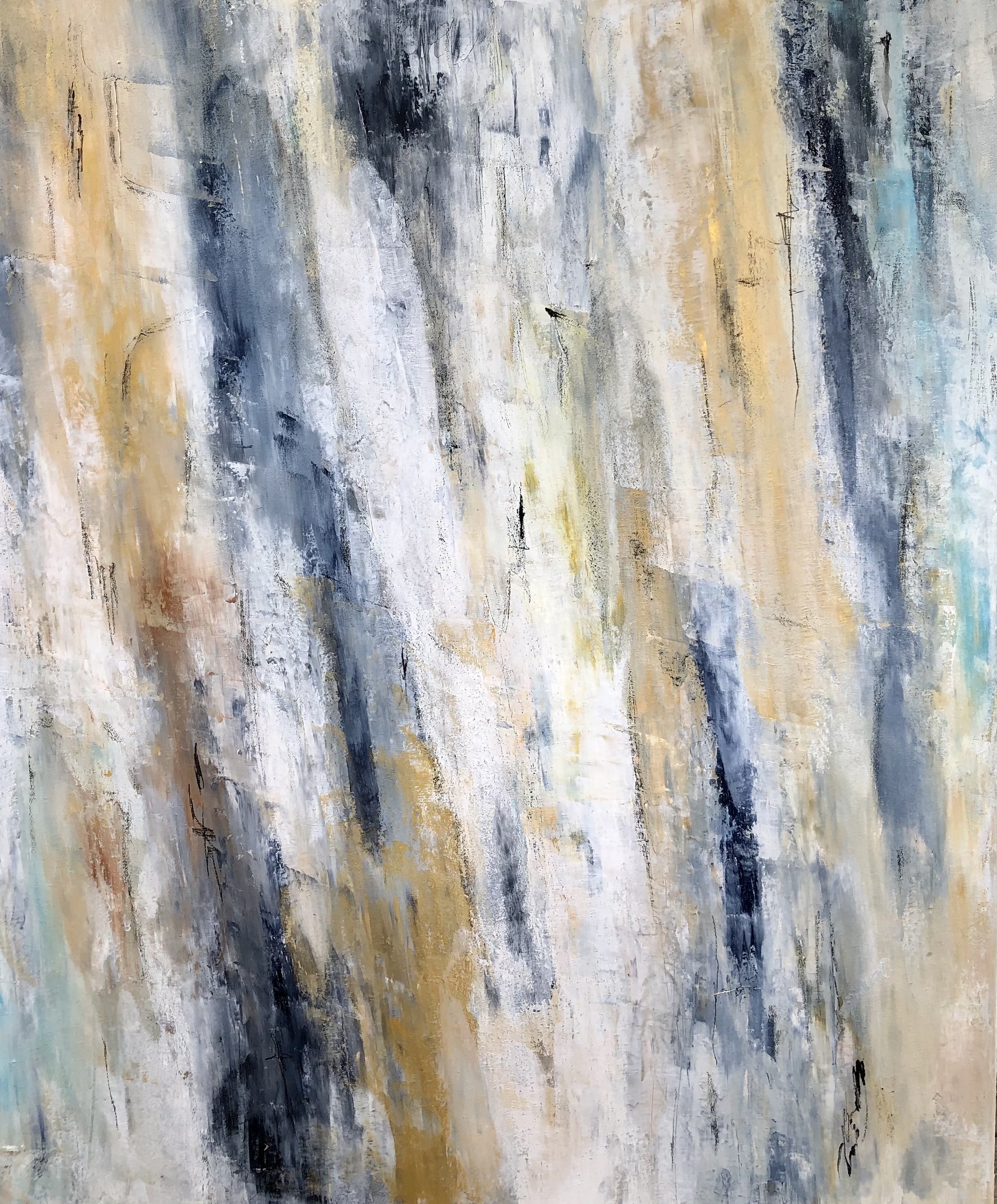
De Retour à Montréal 30X36
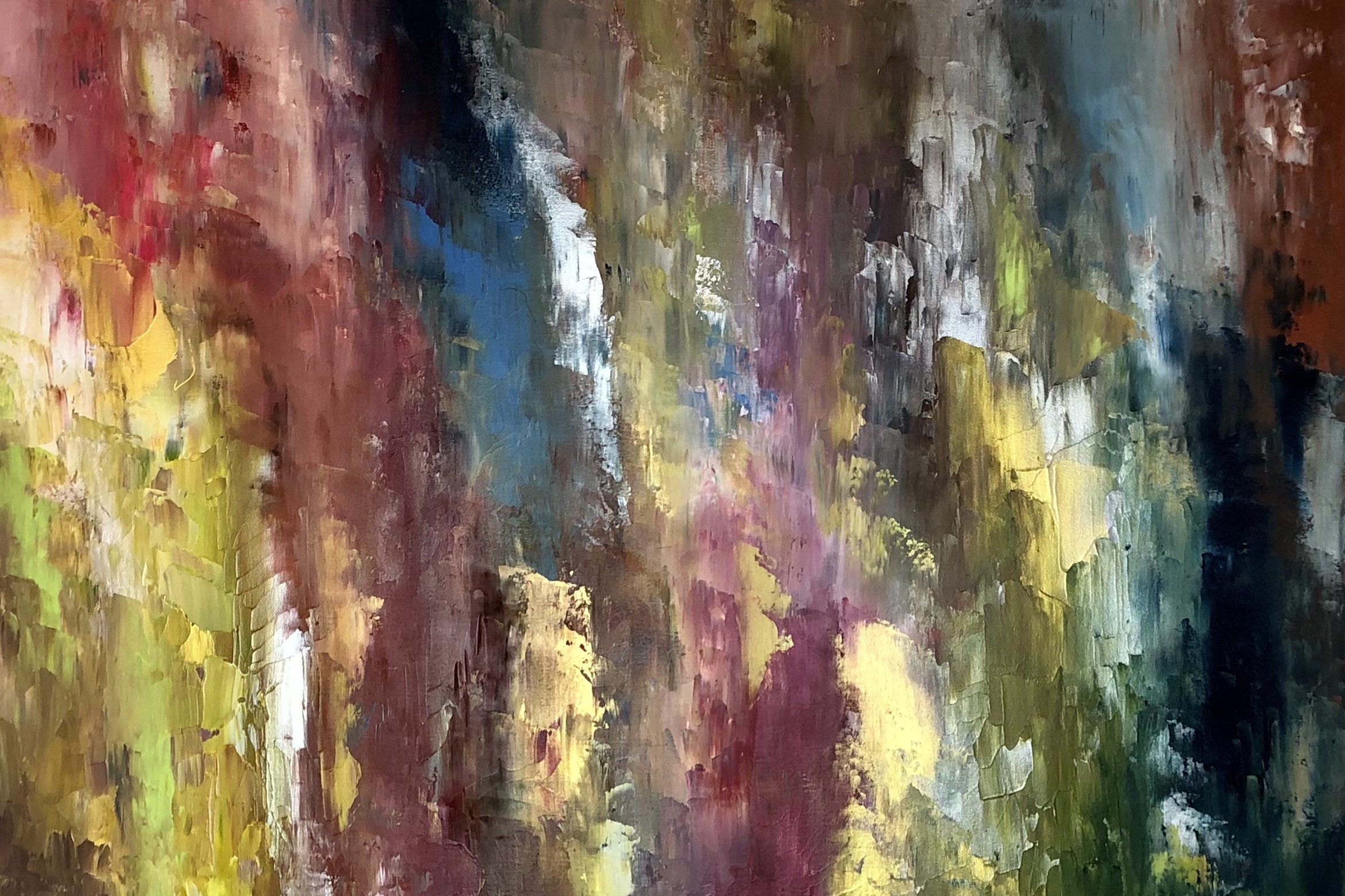
Sold/Vendu
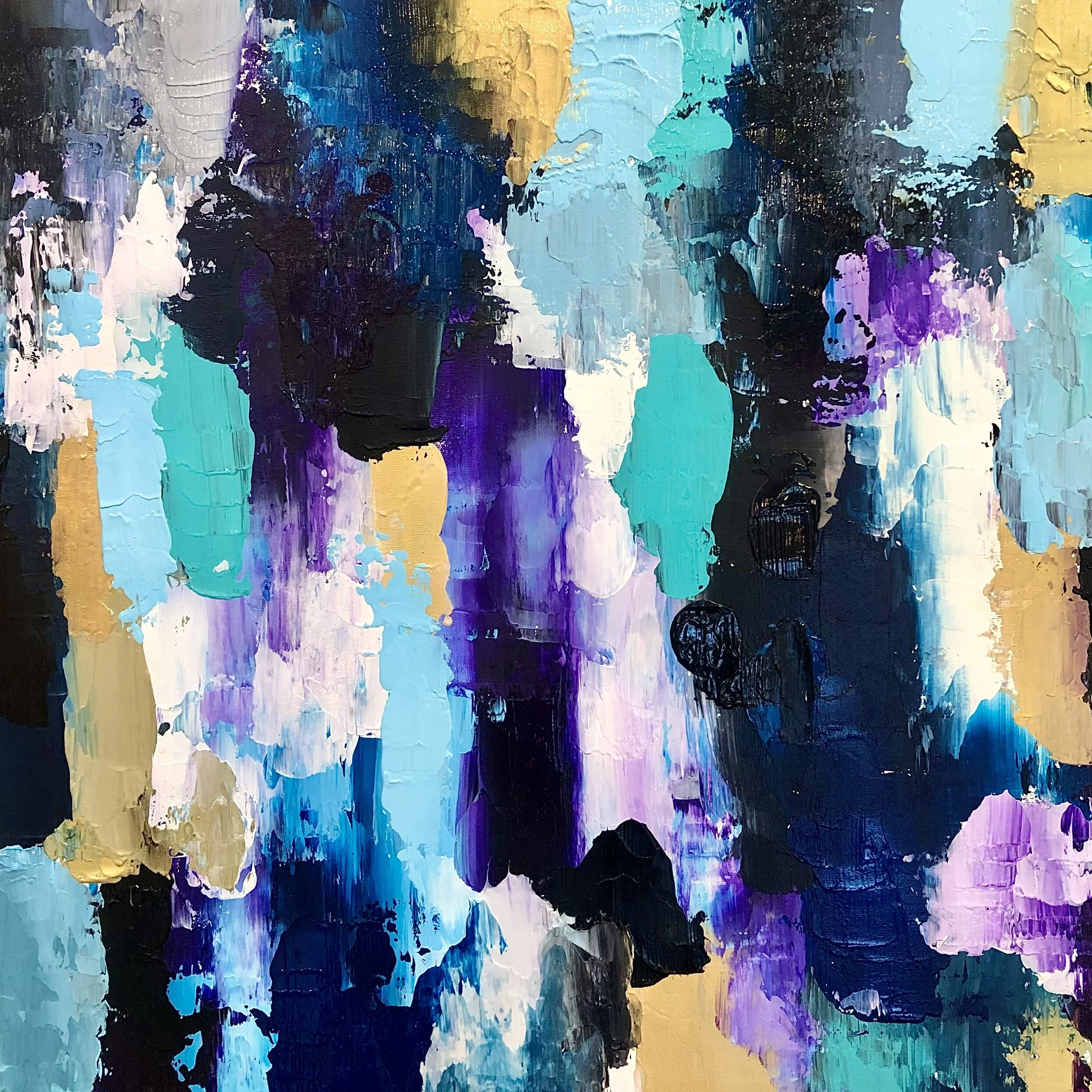
Sold/Vendu
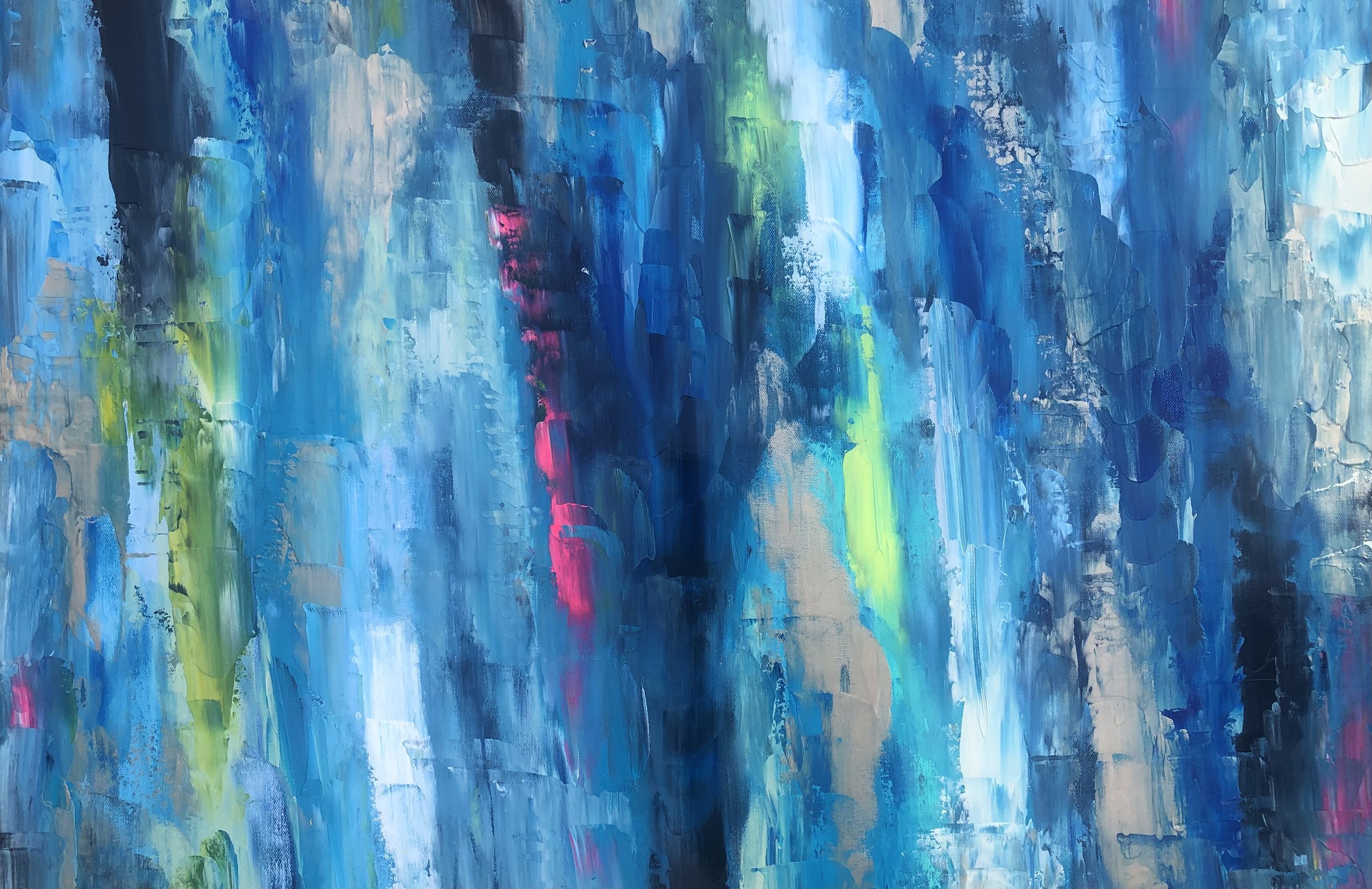
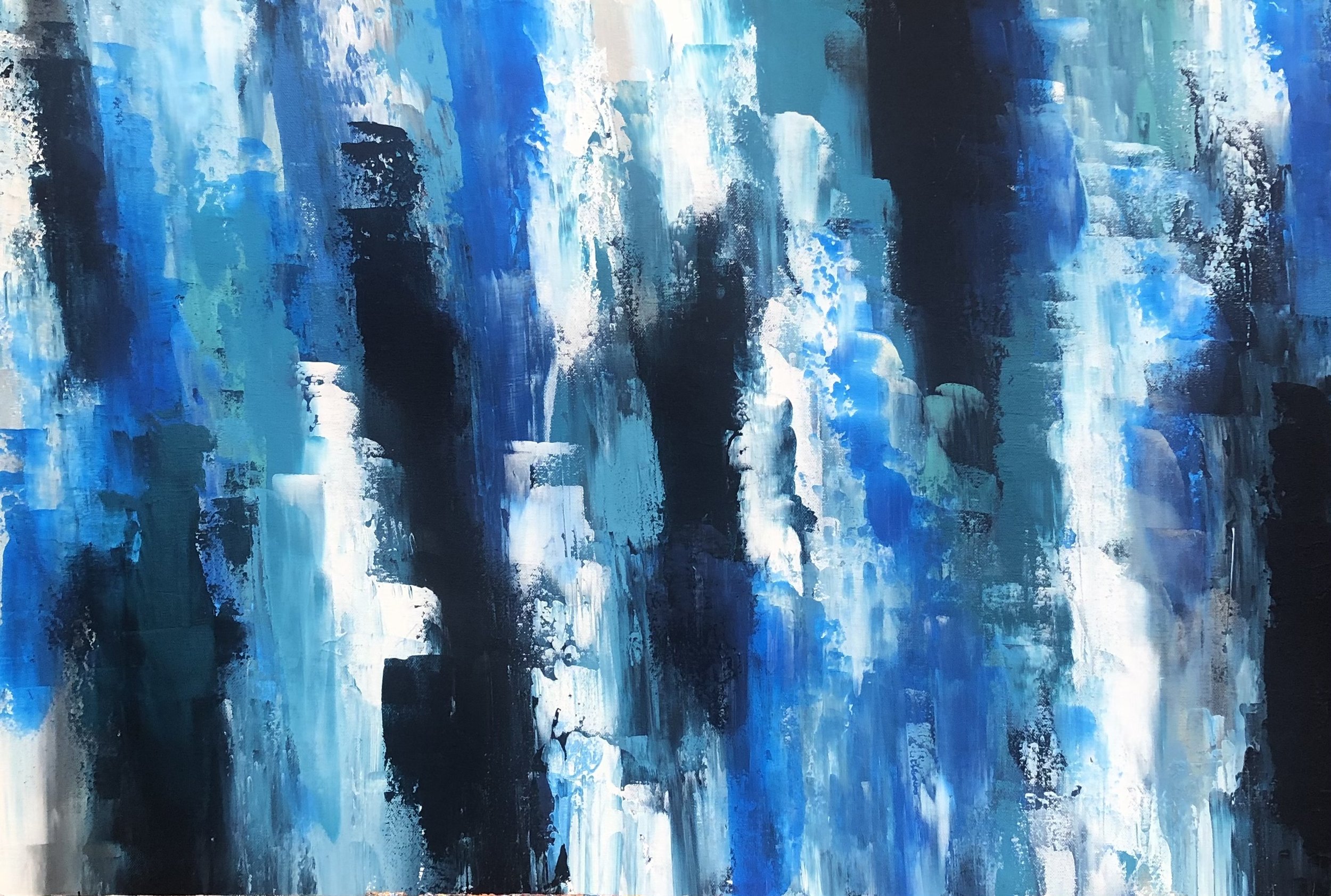
Sold/Vendu
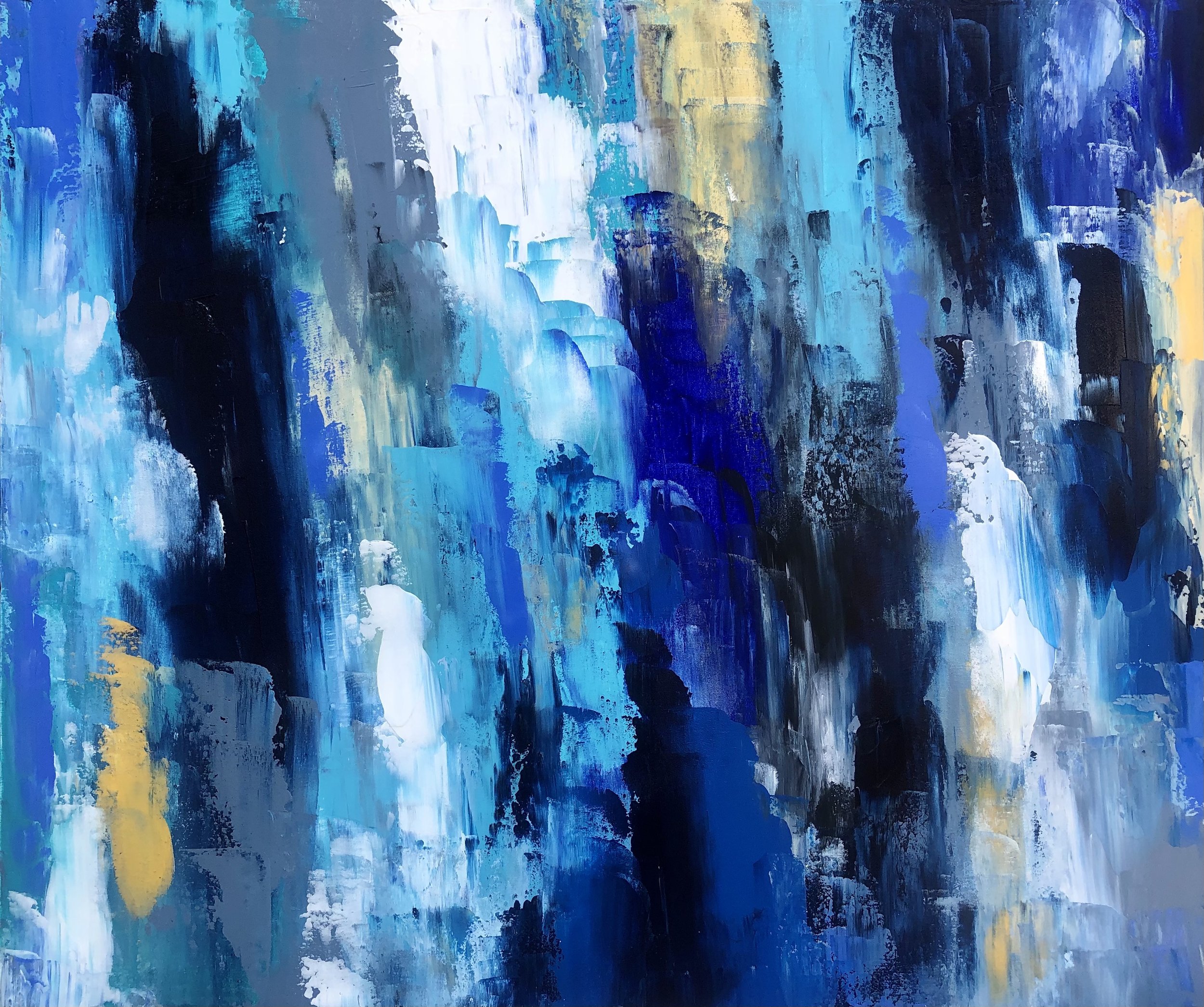
Sold/Vendu
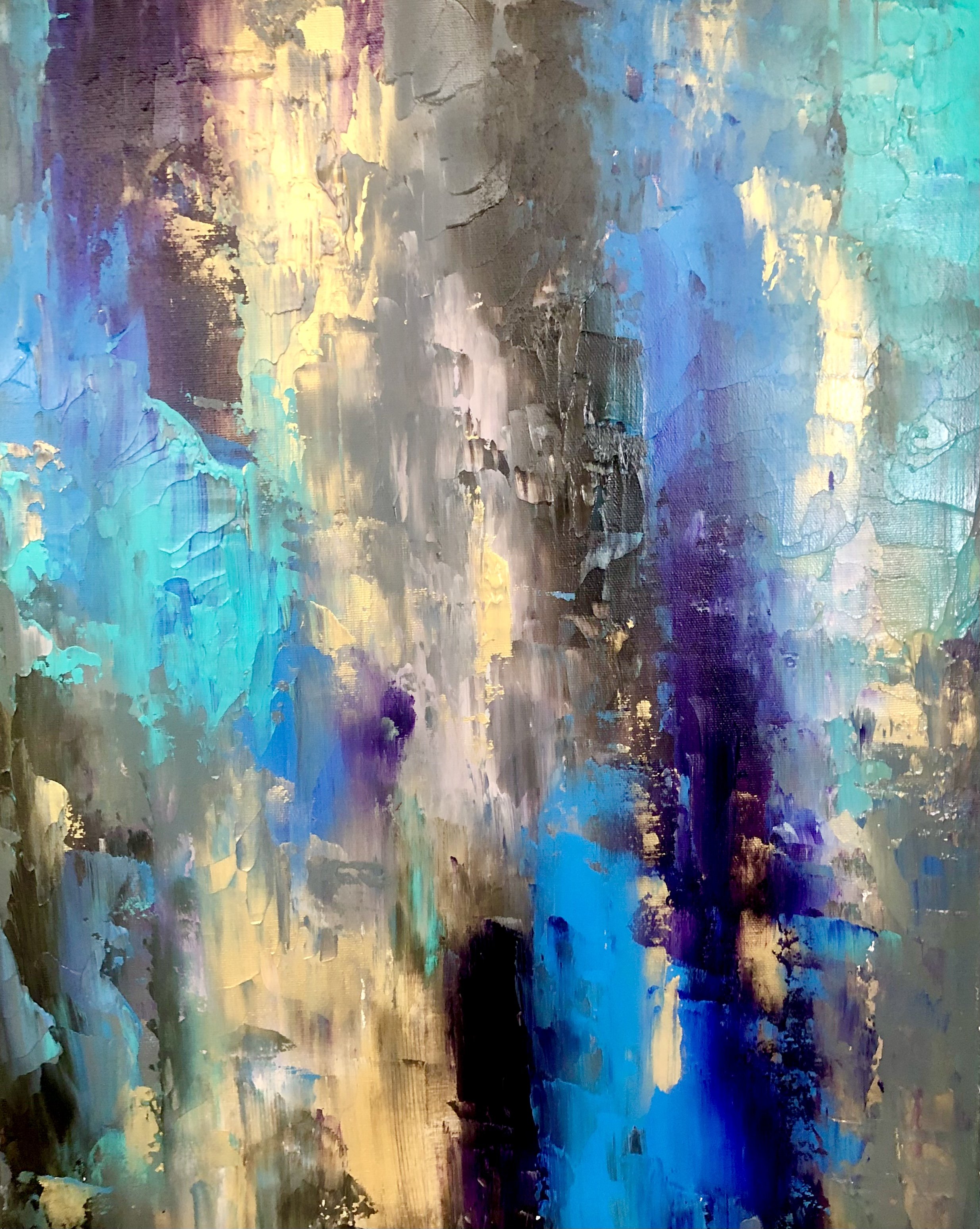
Sold/Vendu


Sold/Vendu

Sold/Vendu

Sold/Vendu
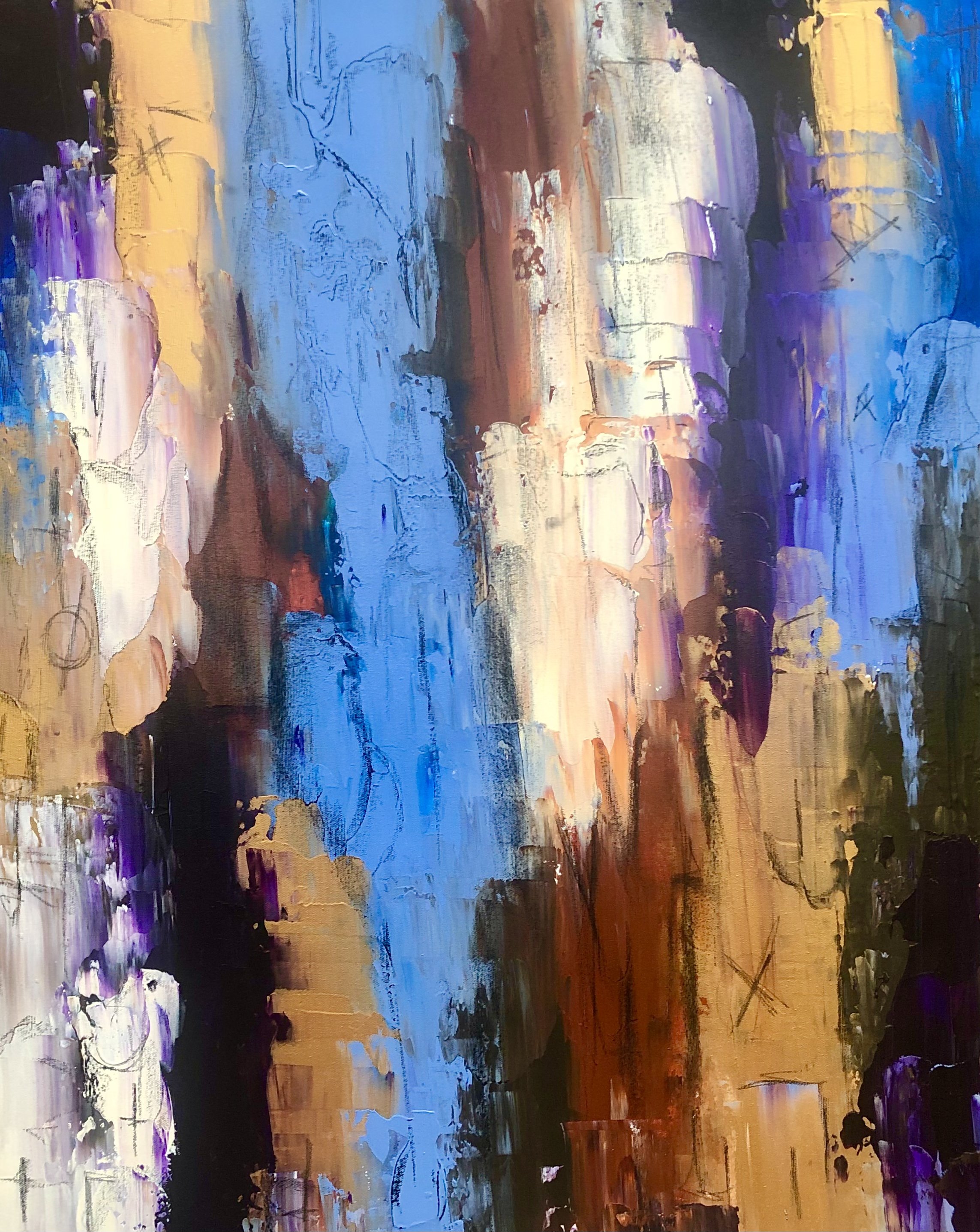
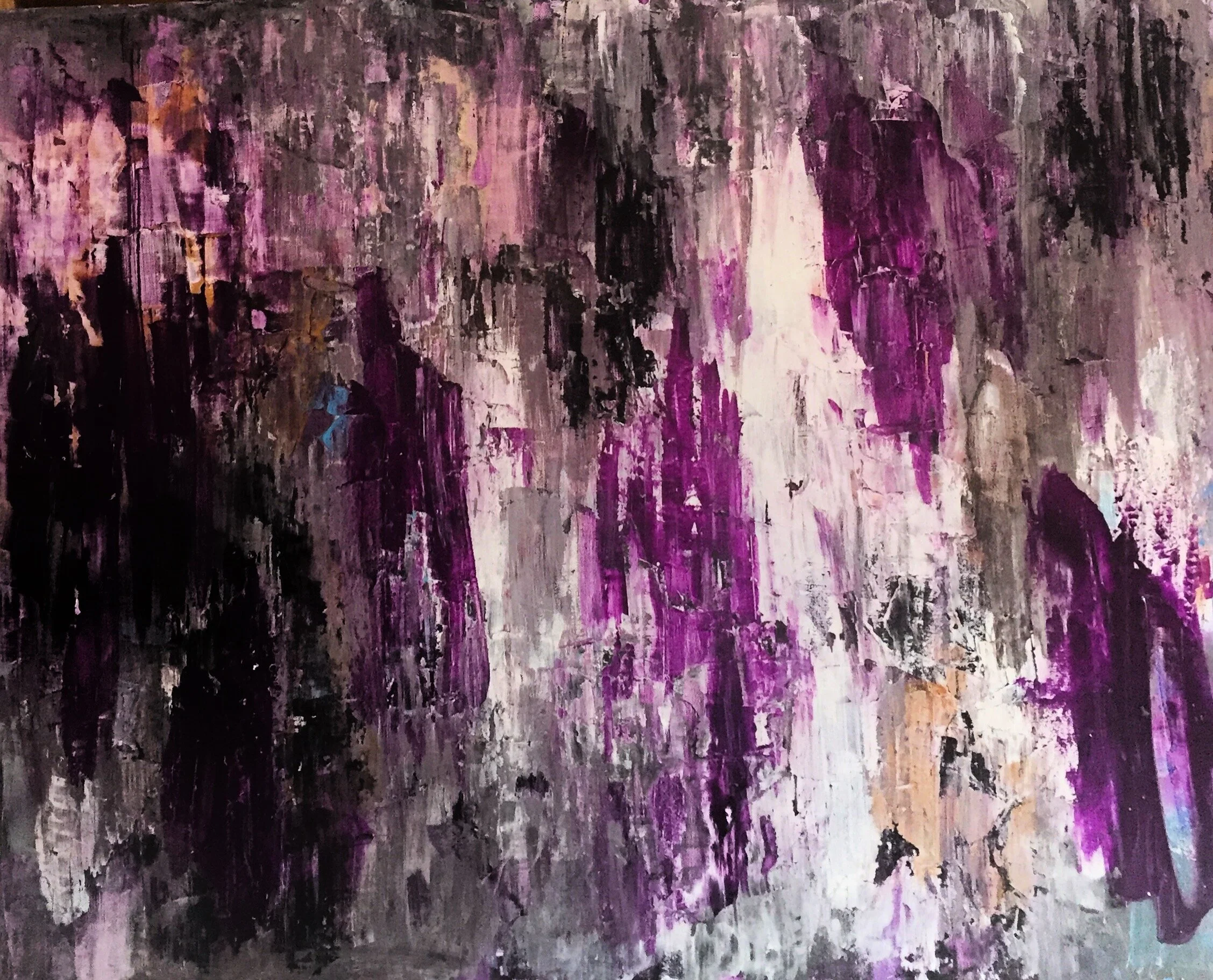
Sold/Vendu
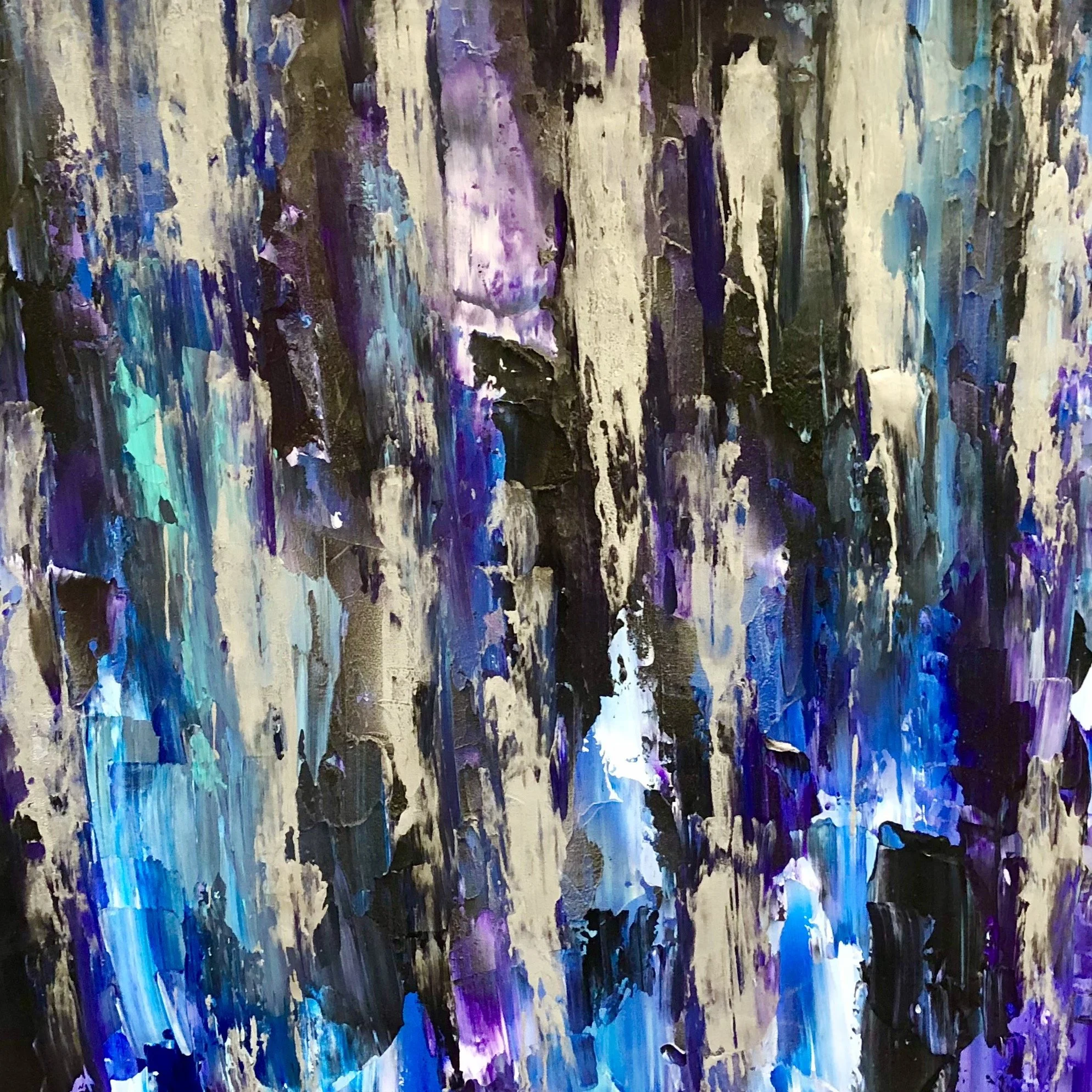
Sold/Vendu
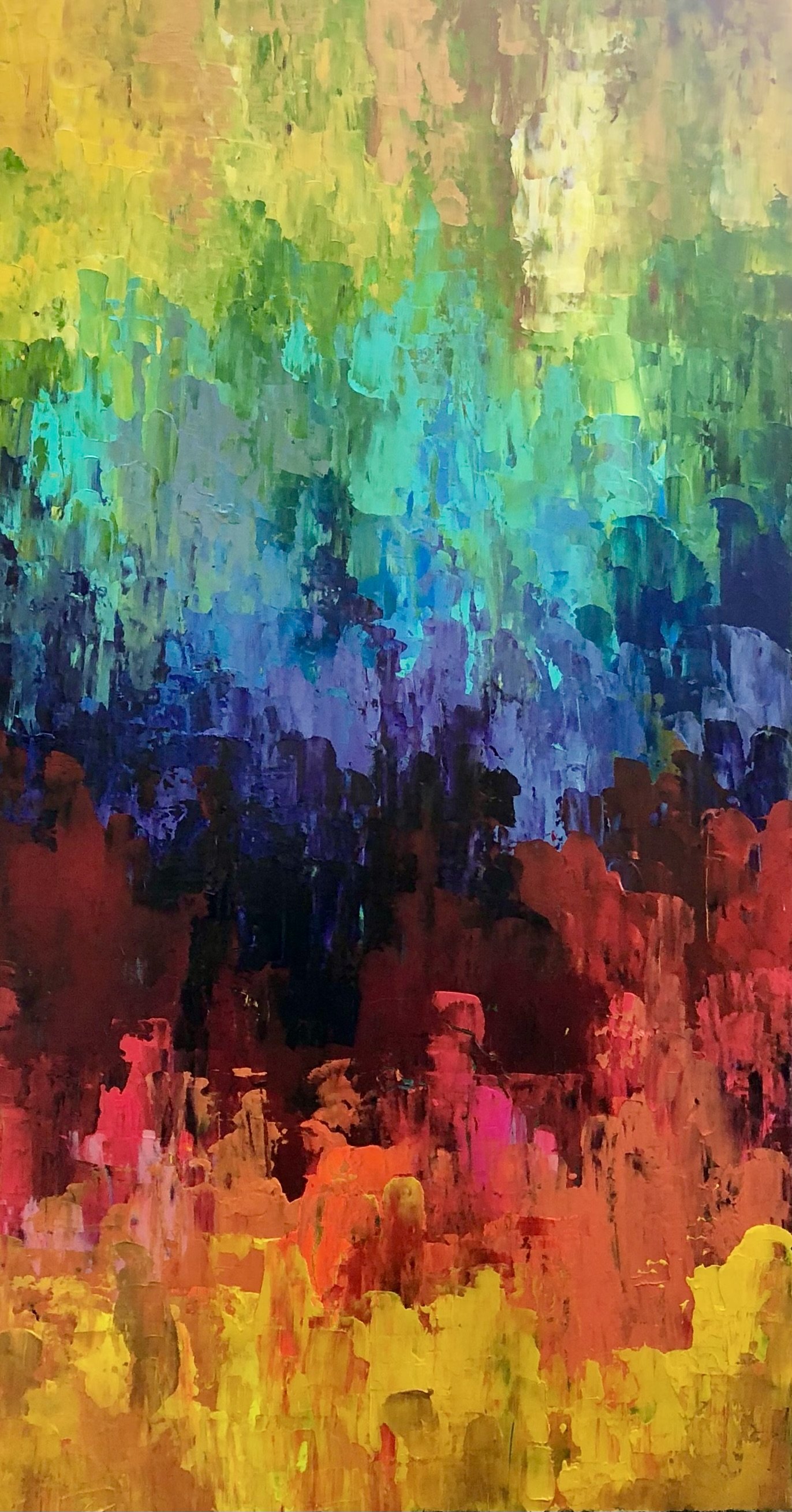
Sold/Vendu
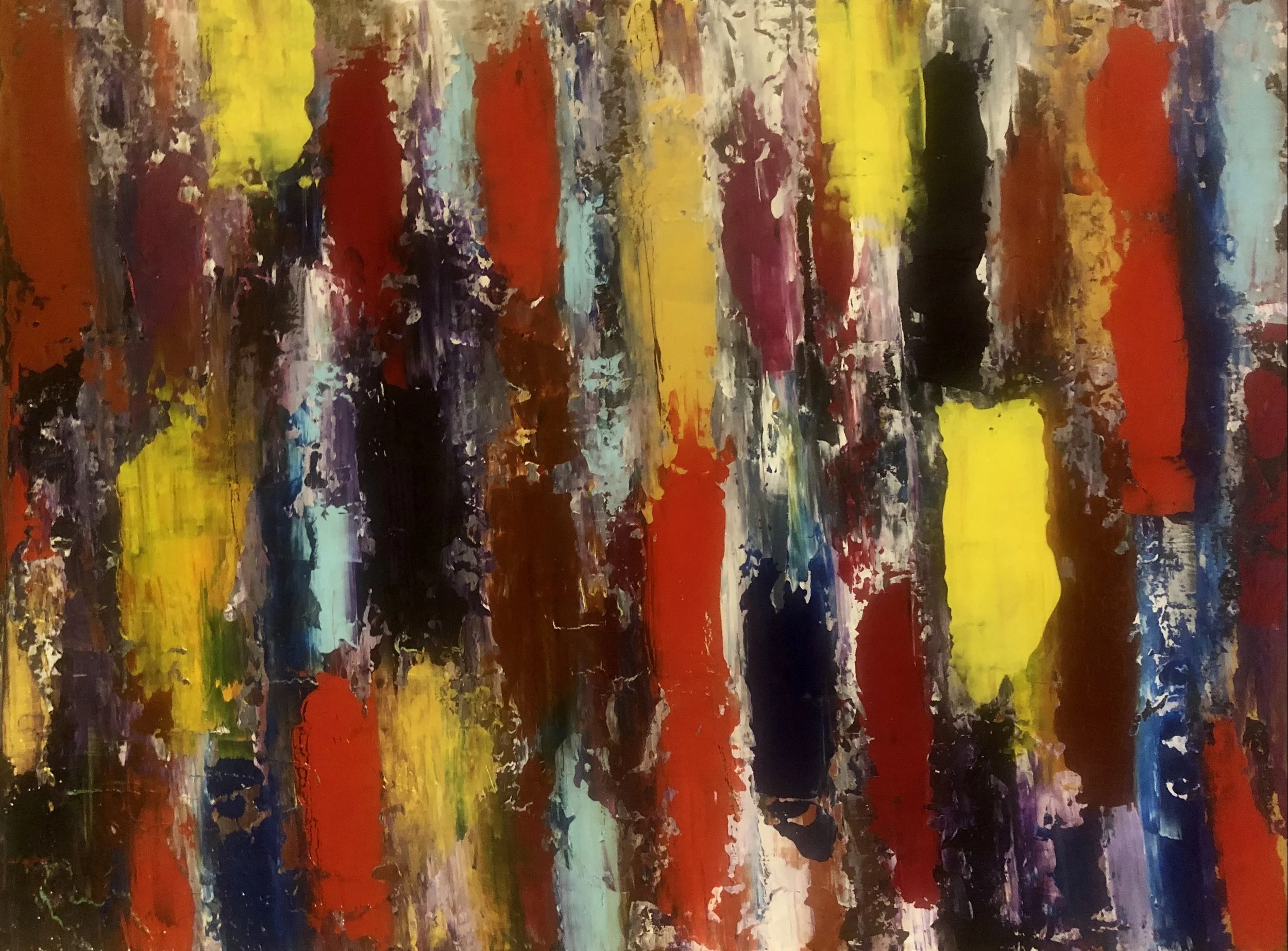
Sold/Vendu
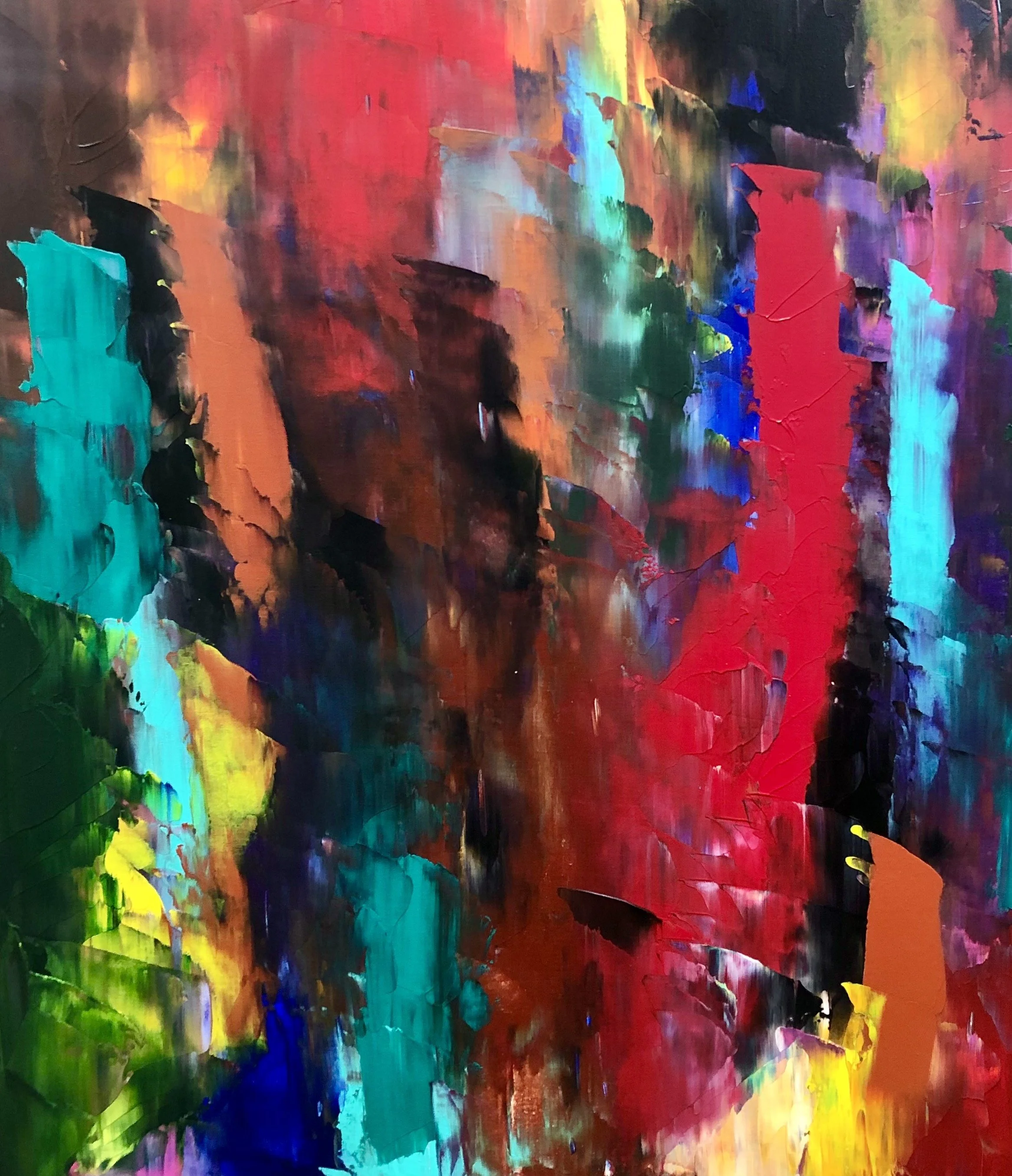
Sold/Vendu
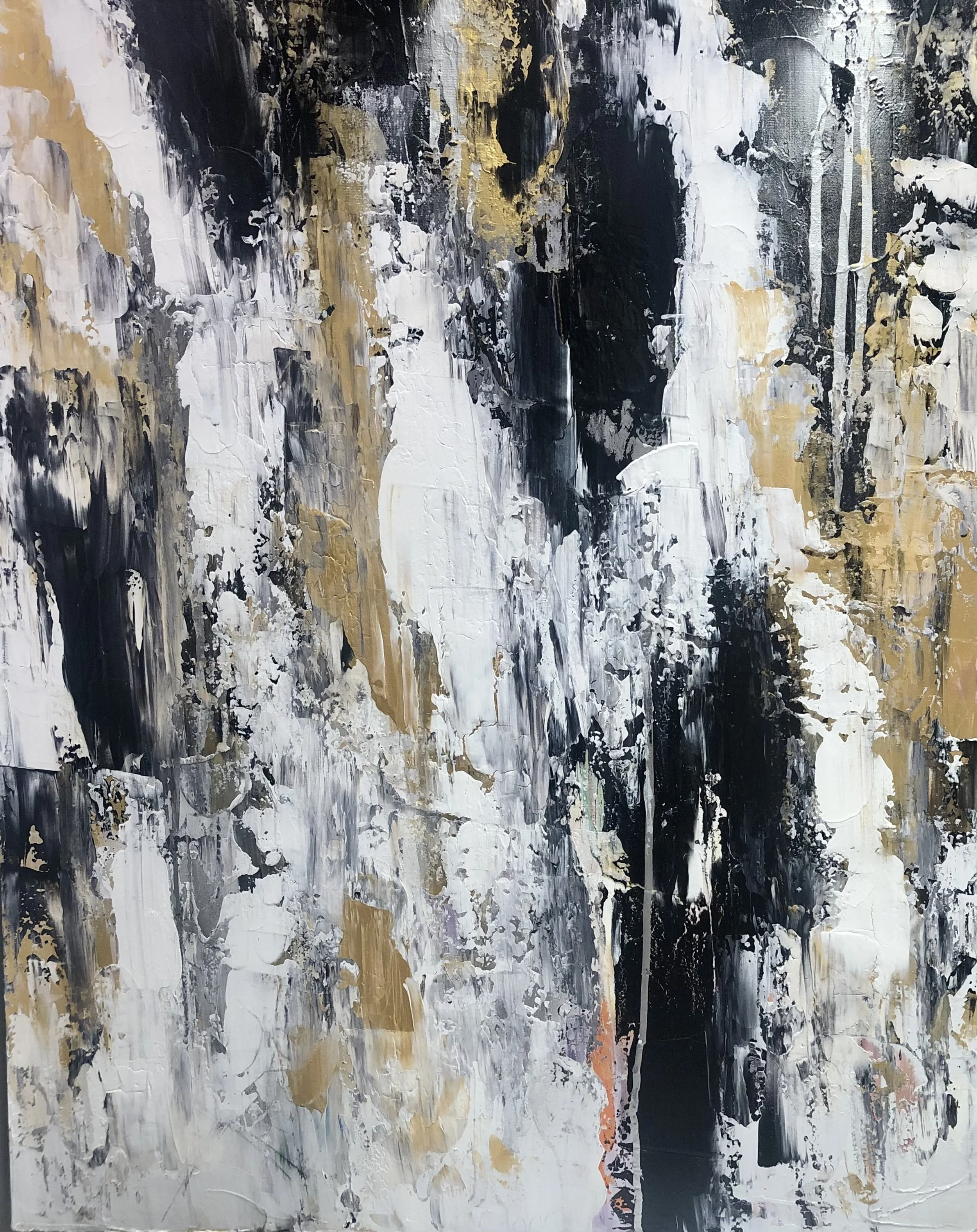
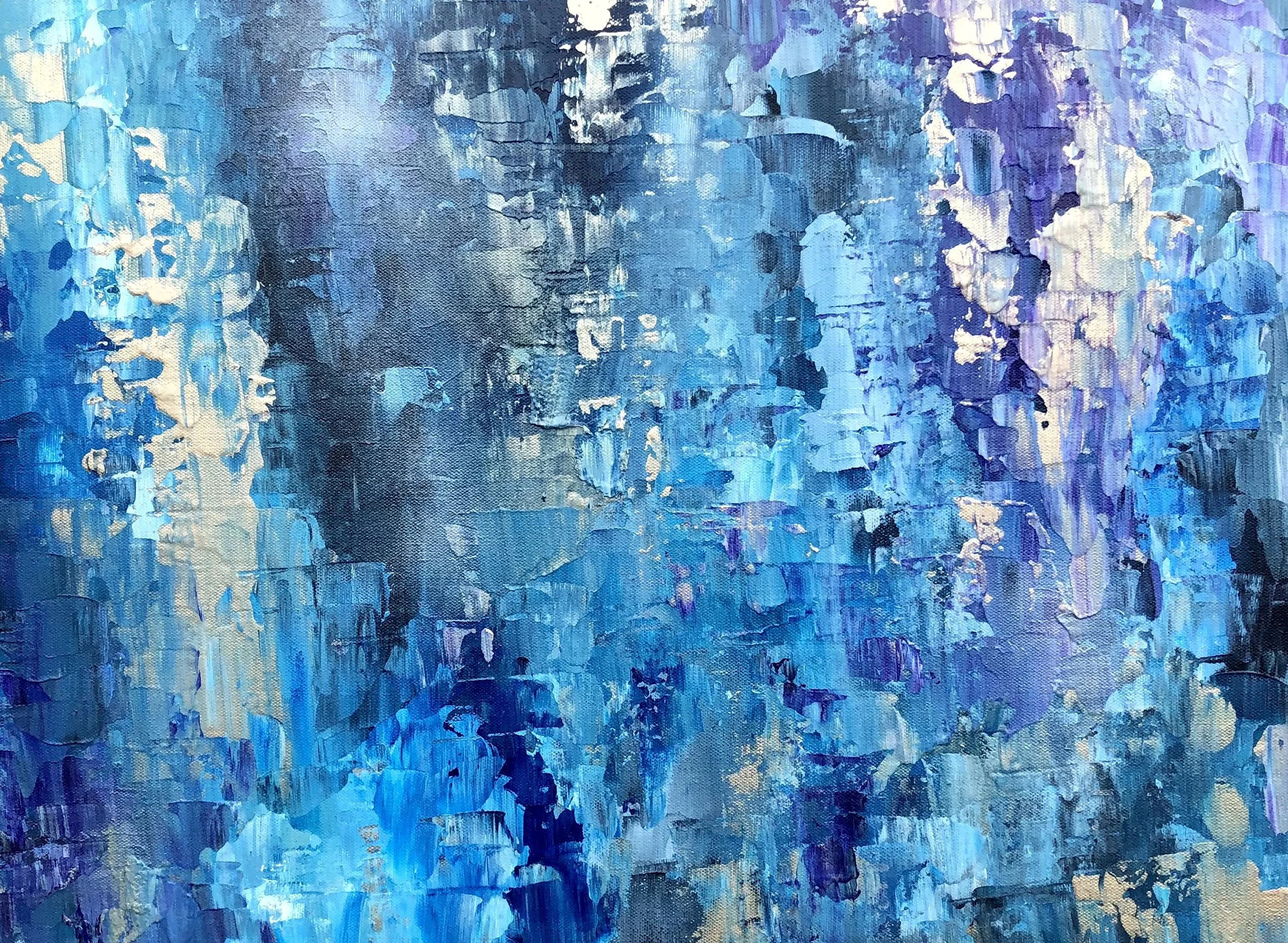
Sold/Vendu
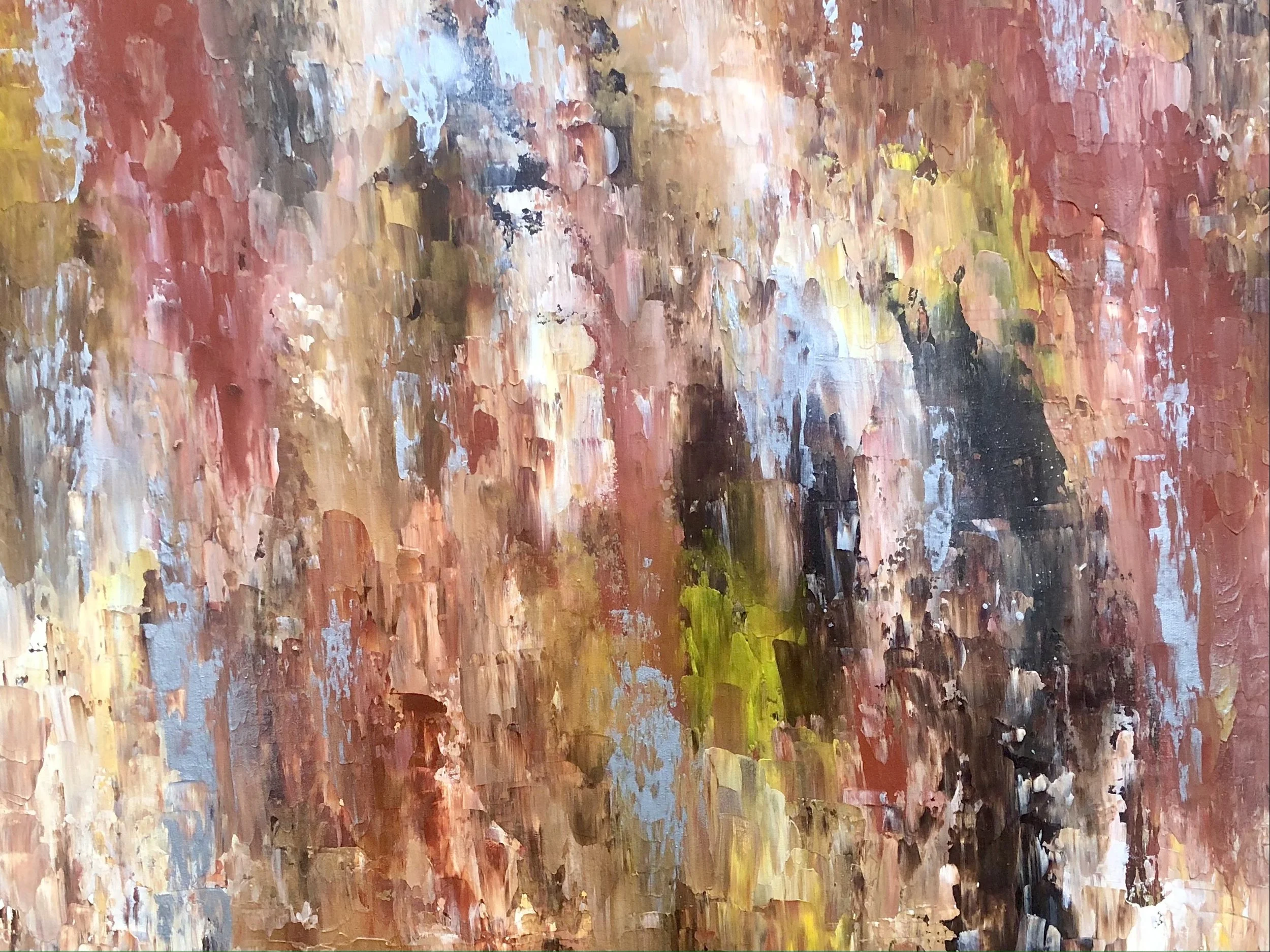
SOLD -VENDU
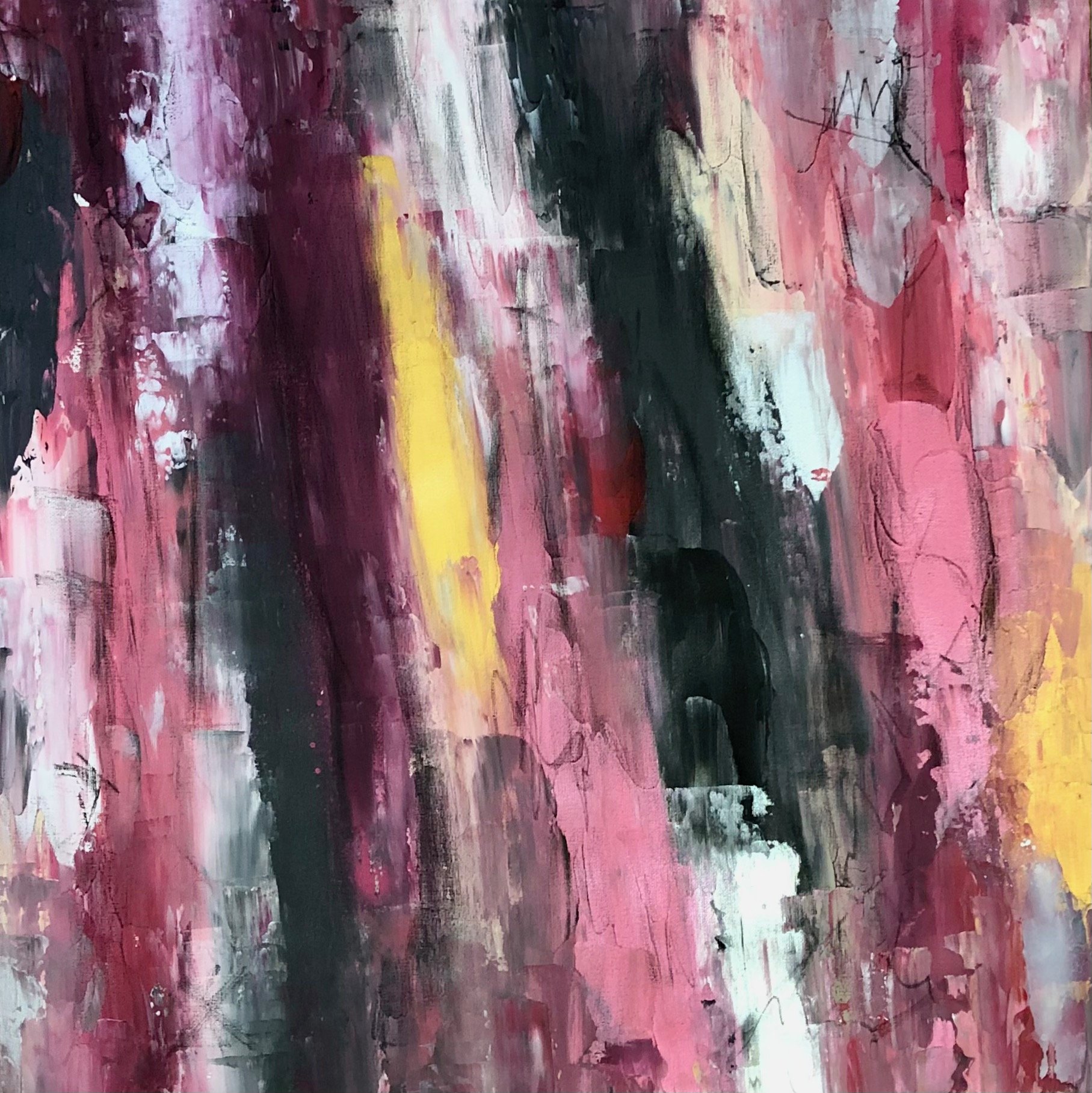
Sold/Vendu
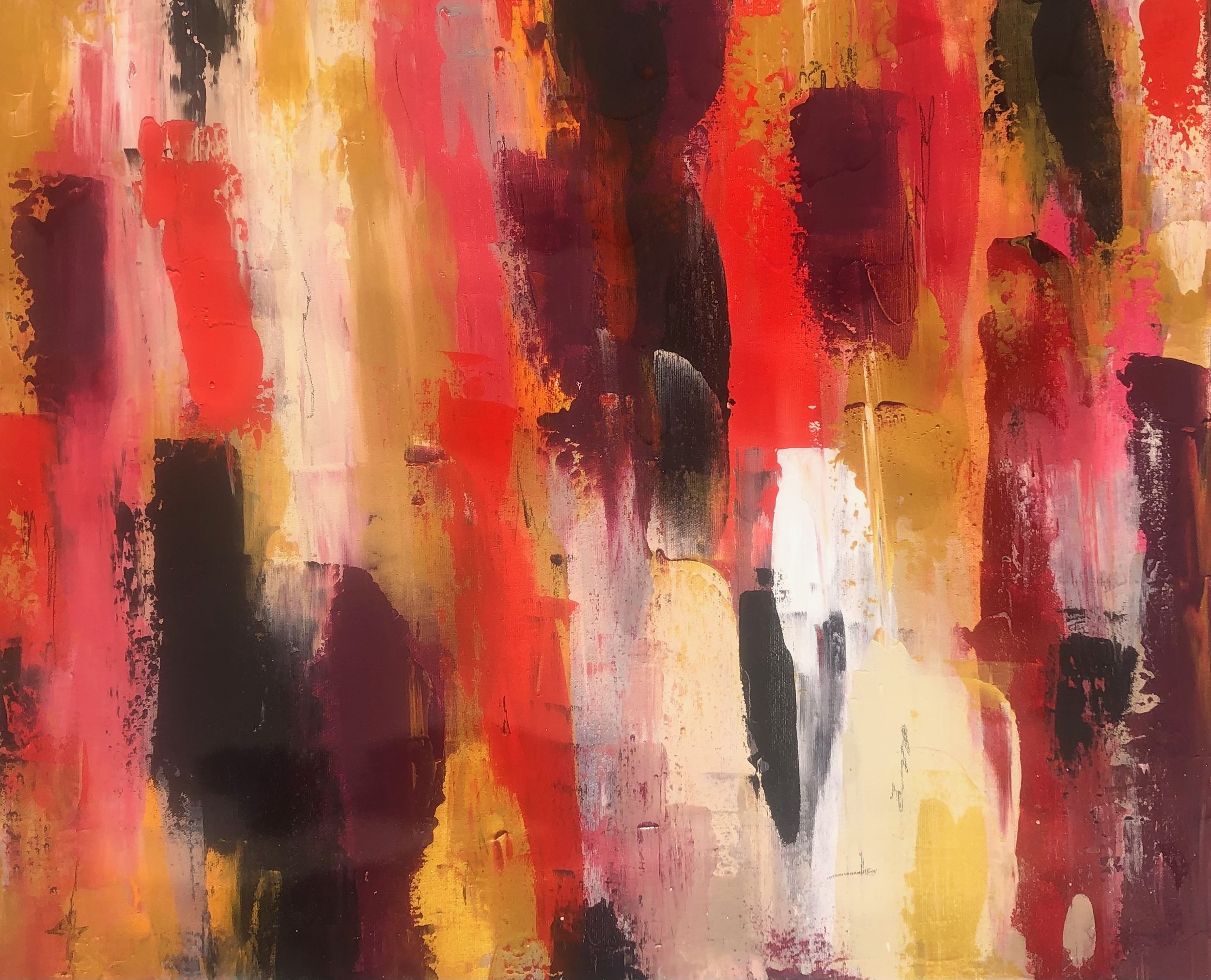
Sold/Vendu
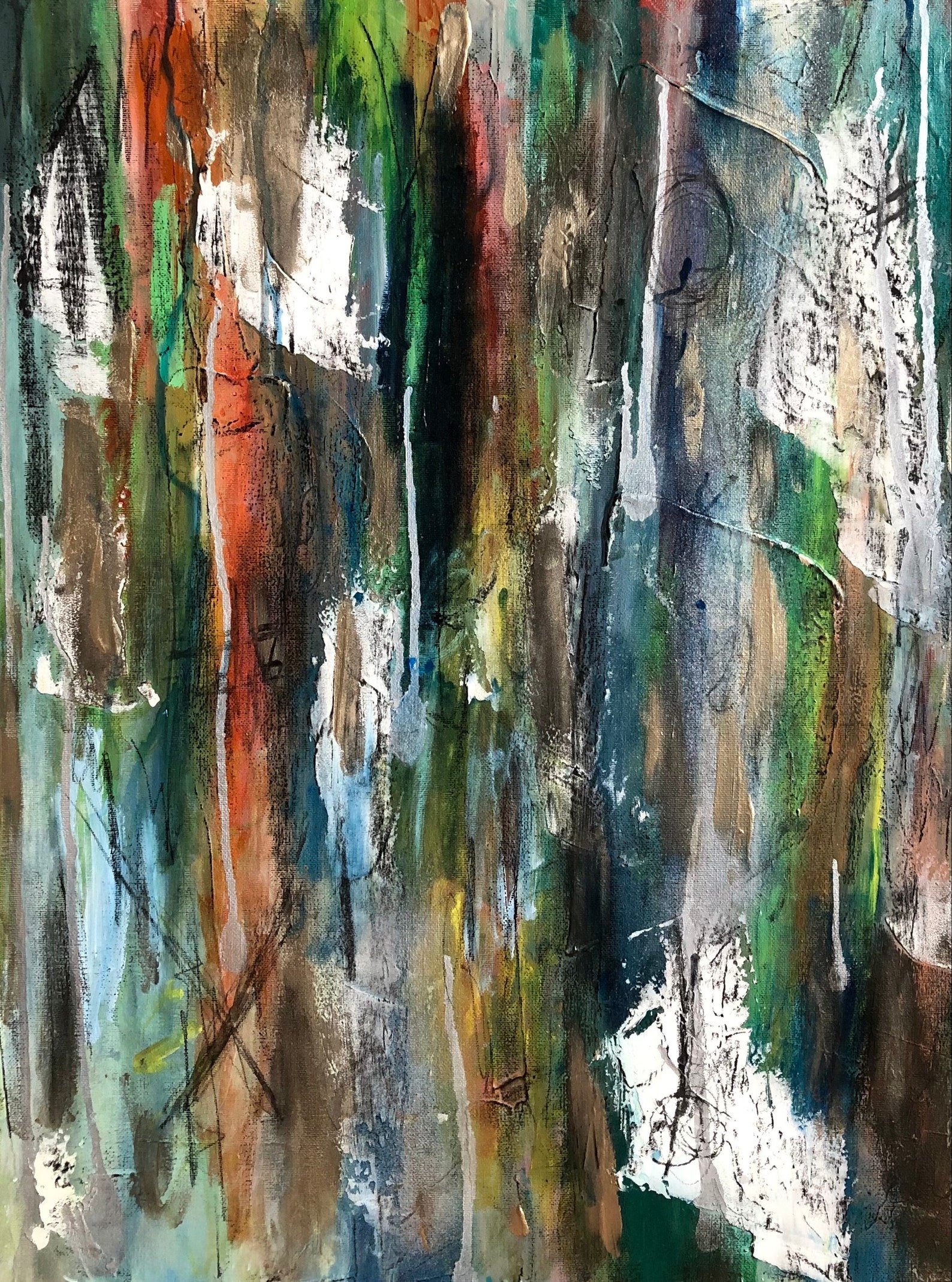
Sold/Vendu
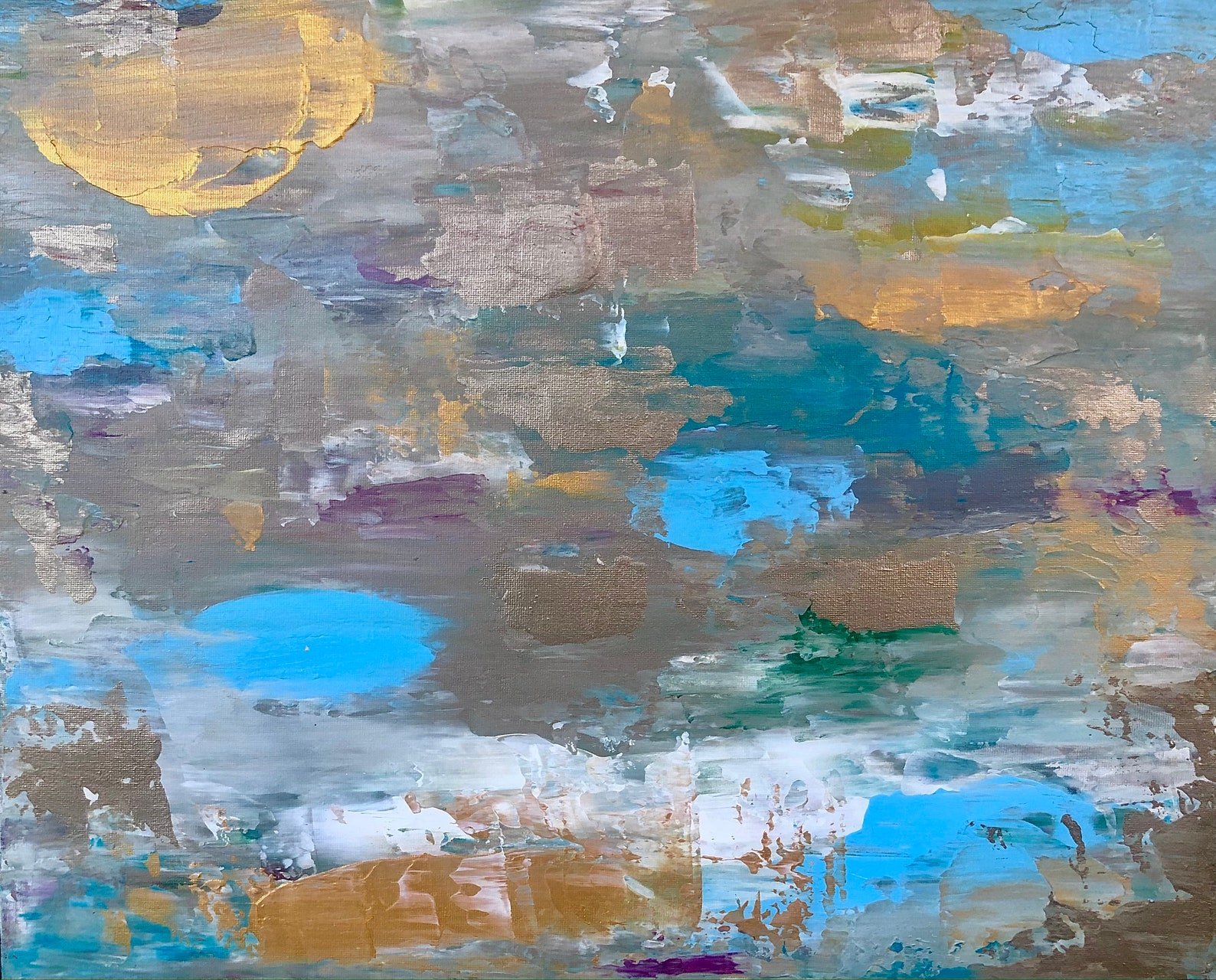
Sold/Vendu
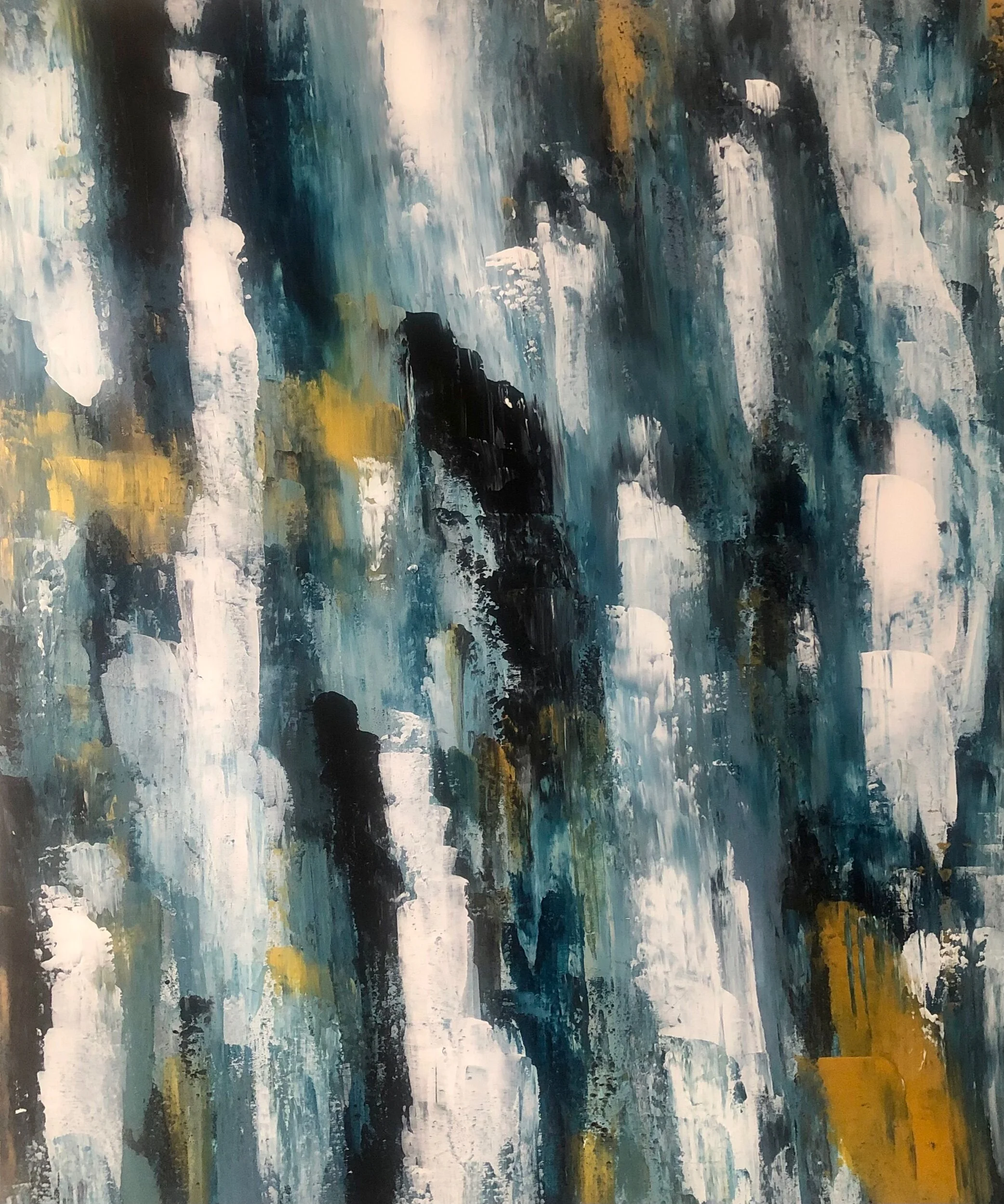
Sold/Vendu
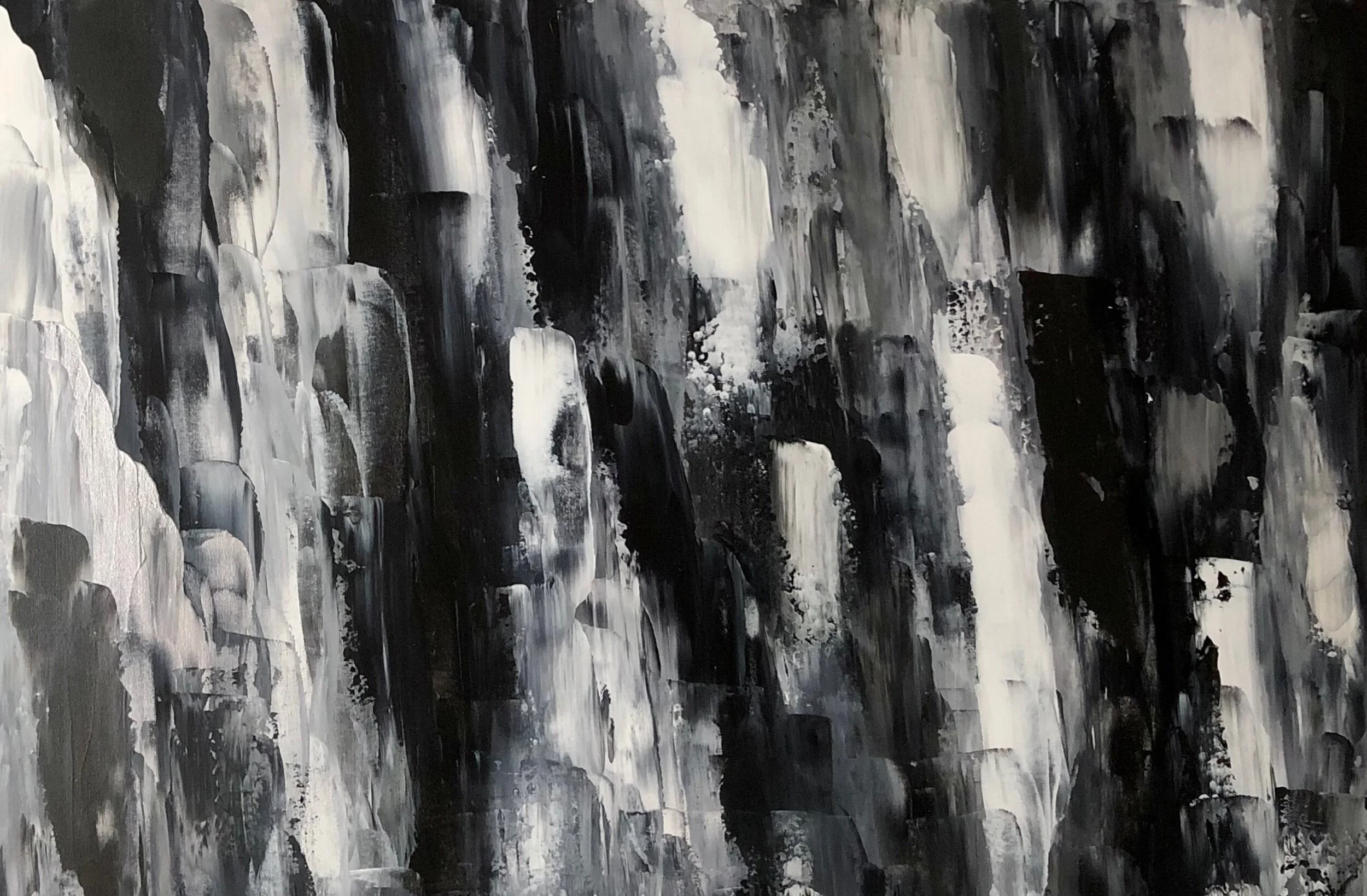
Sold/Vendu
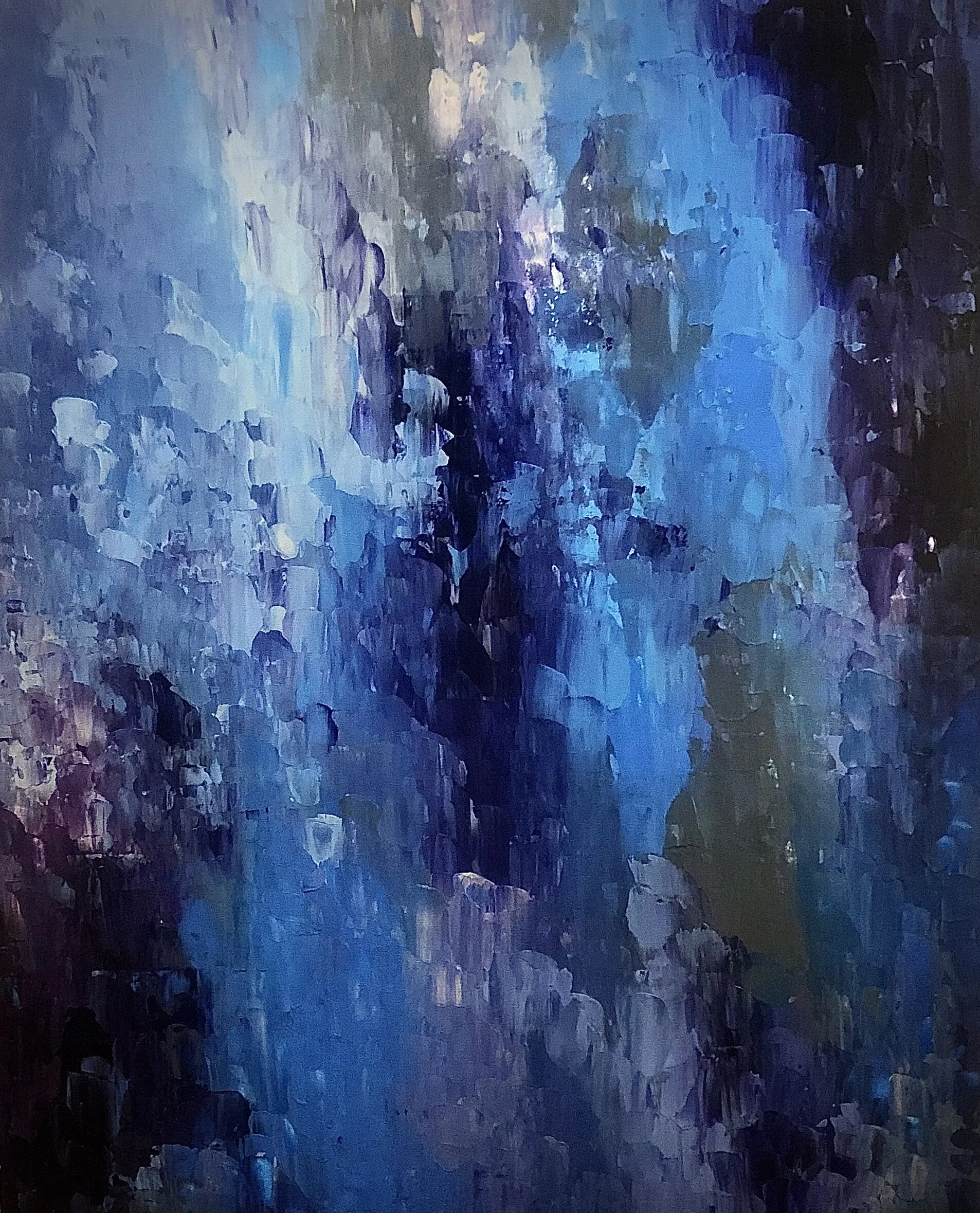
Sold/Vendu
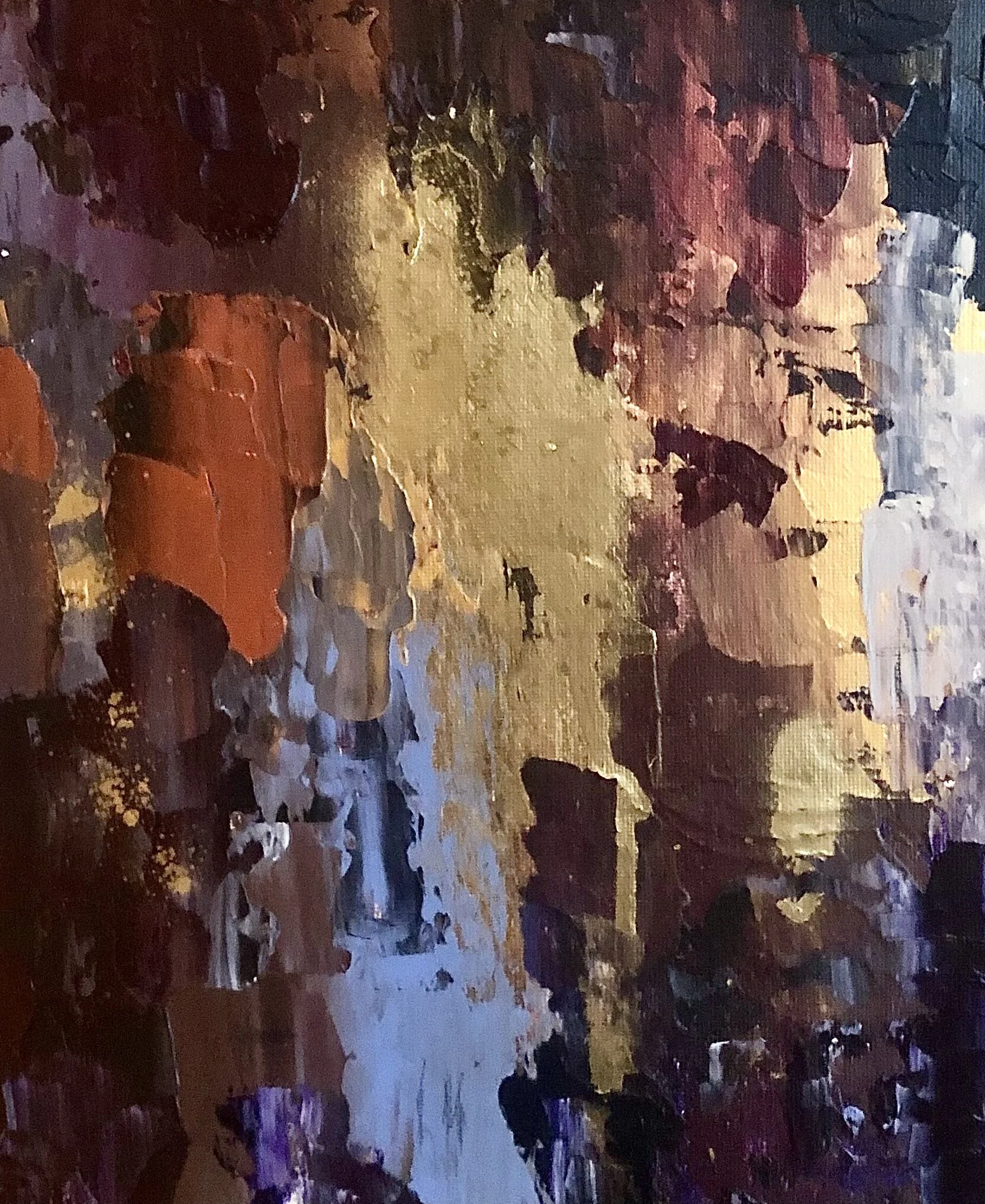
Sold/Vendu
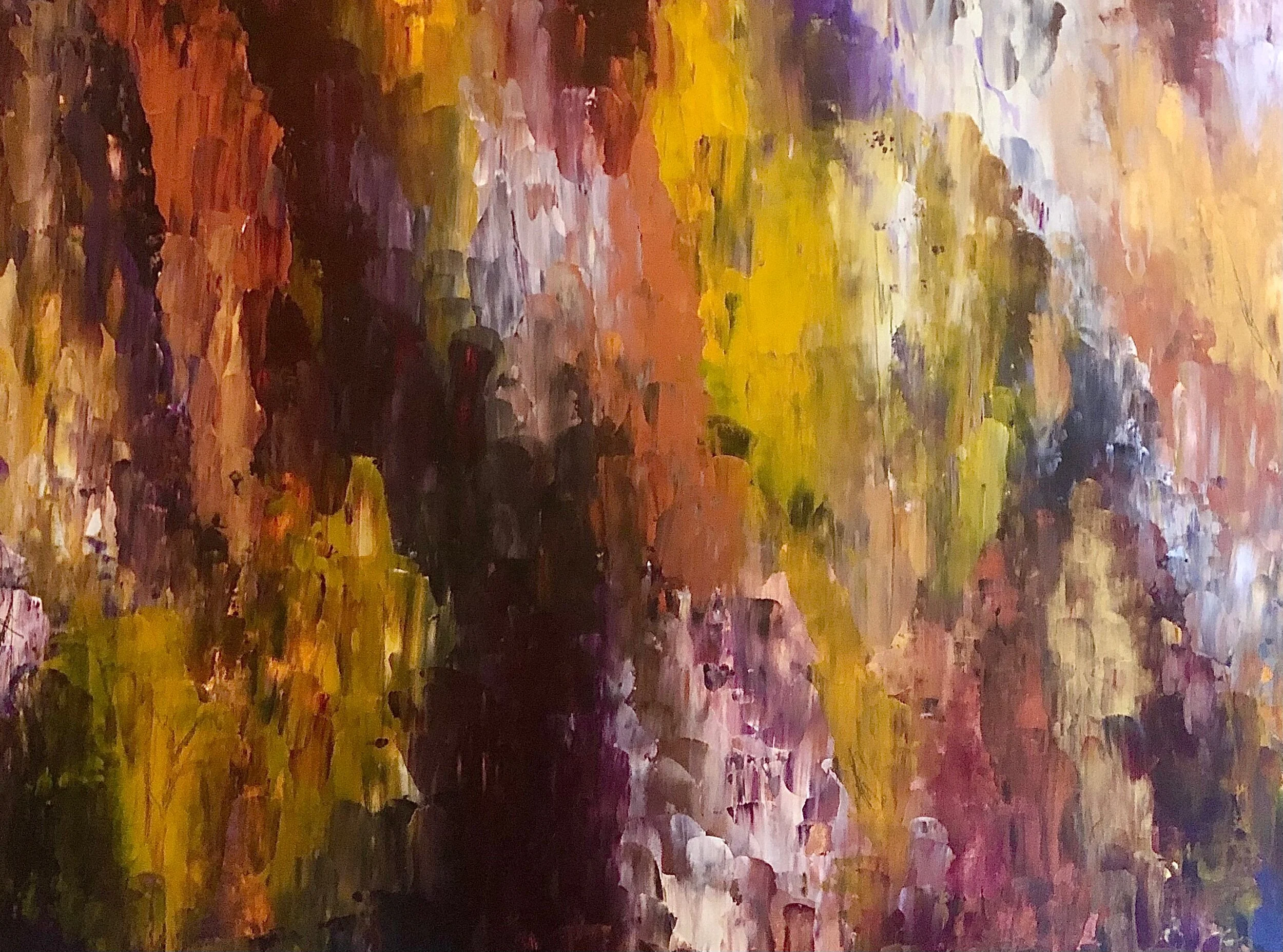
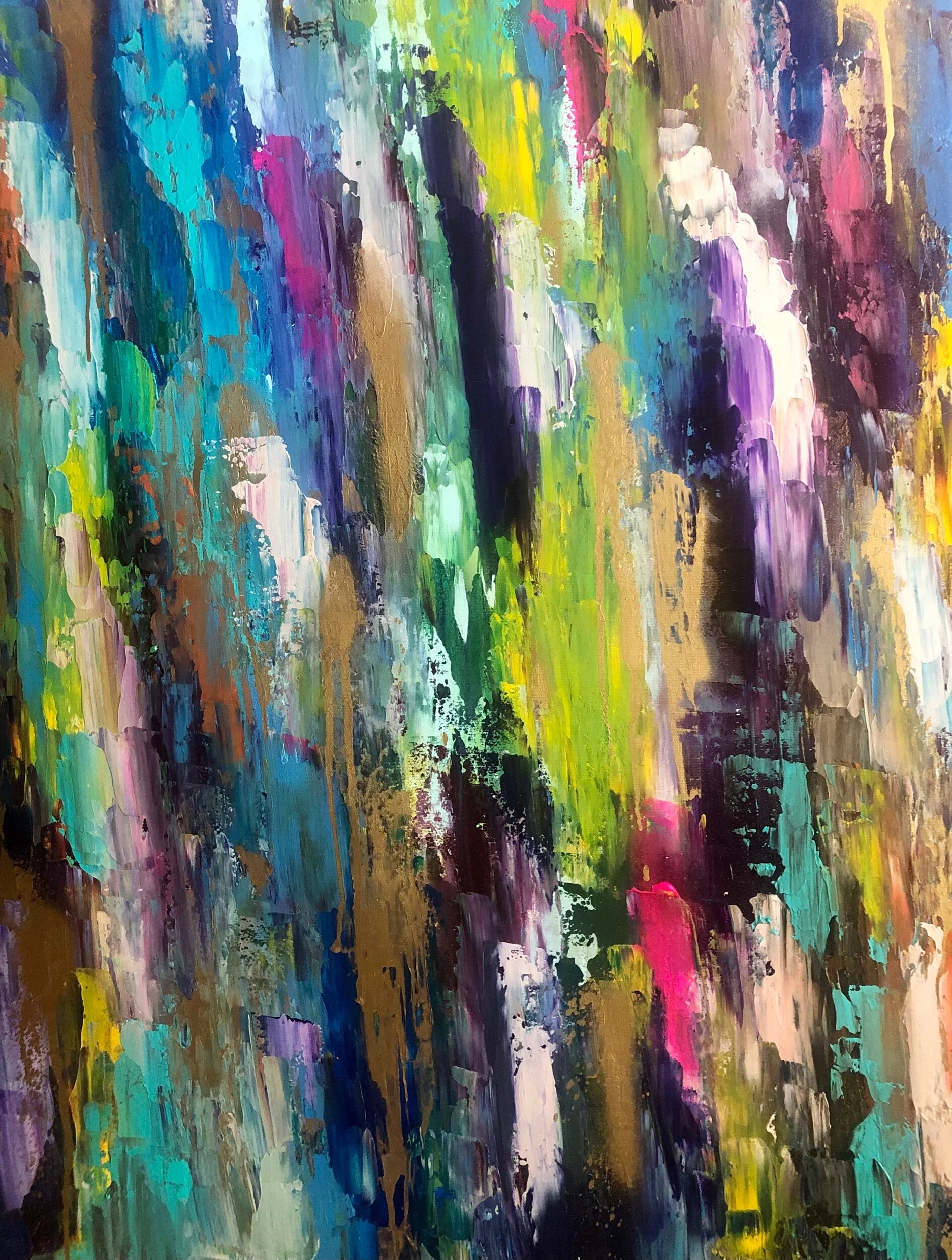
Sold/Vendu
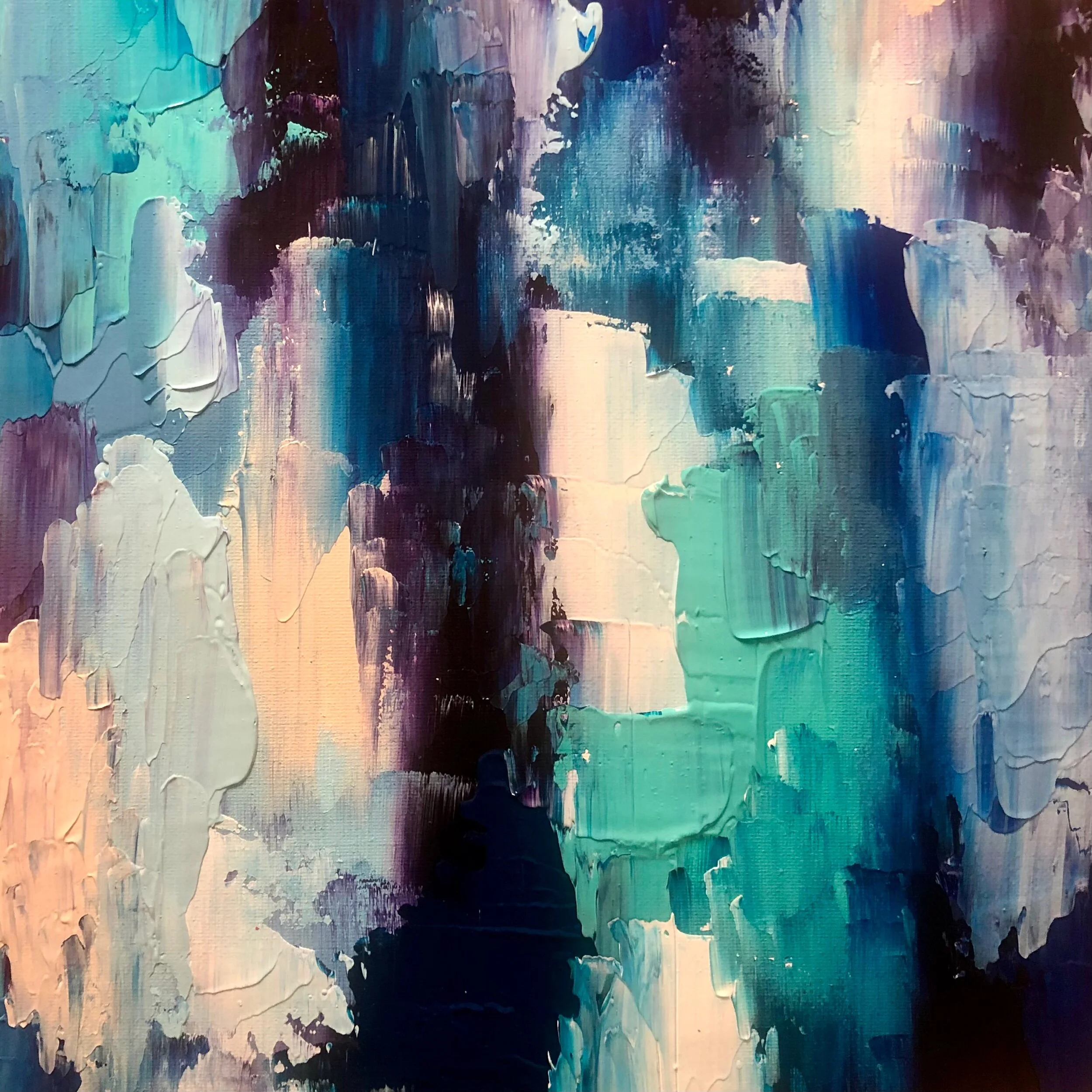
Sold/Vendu

Sold/Vendu